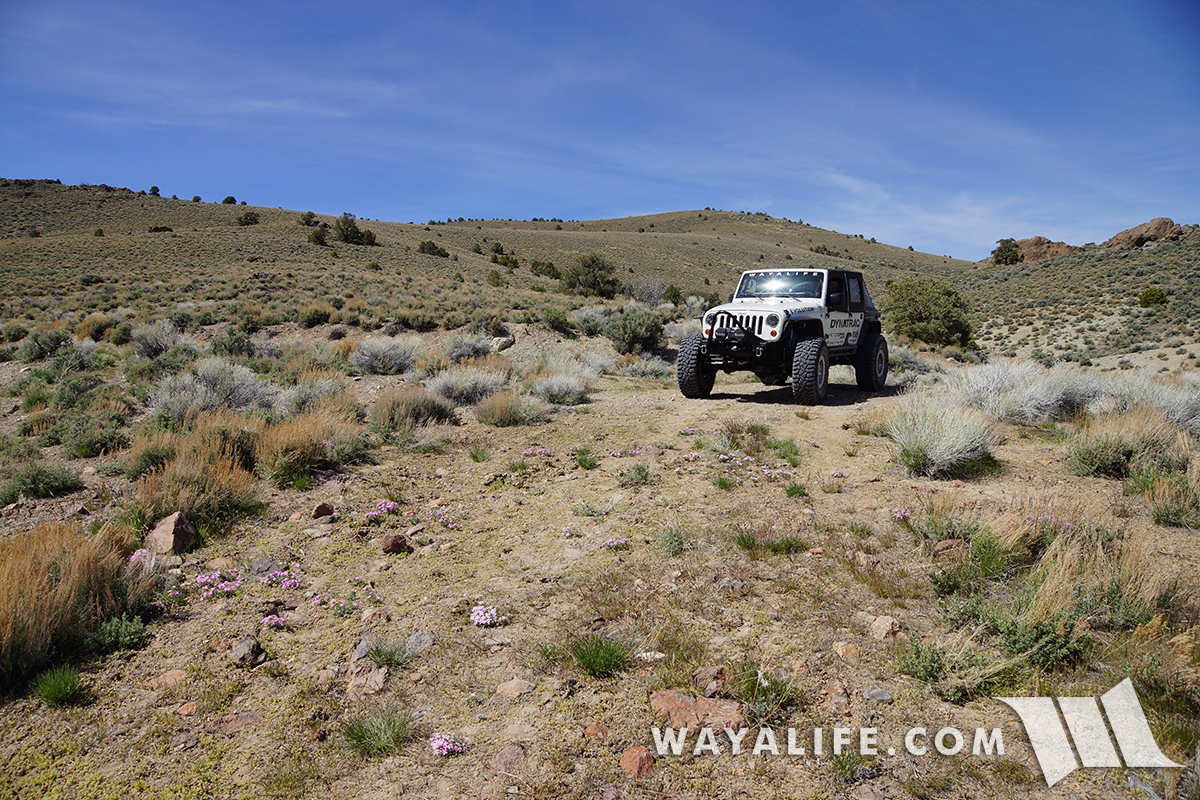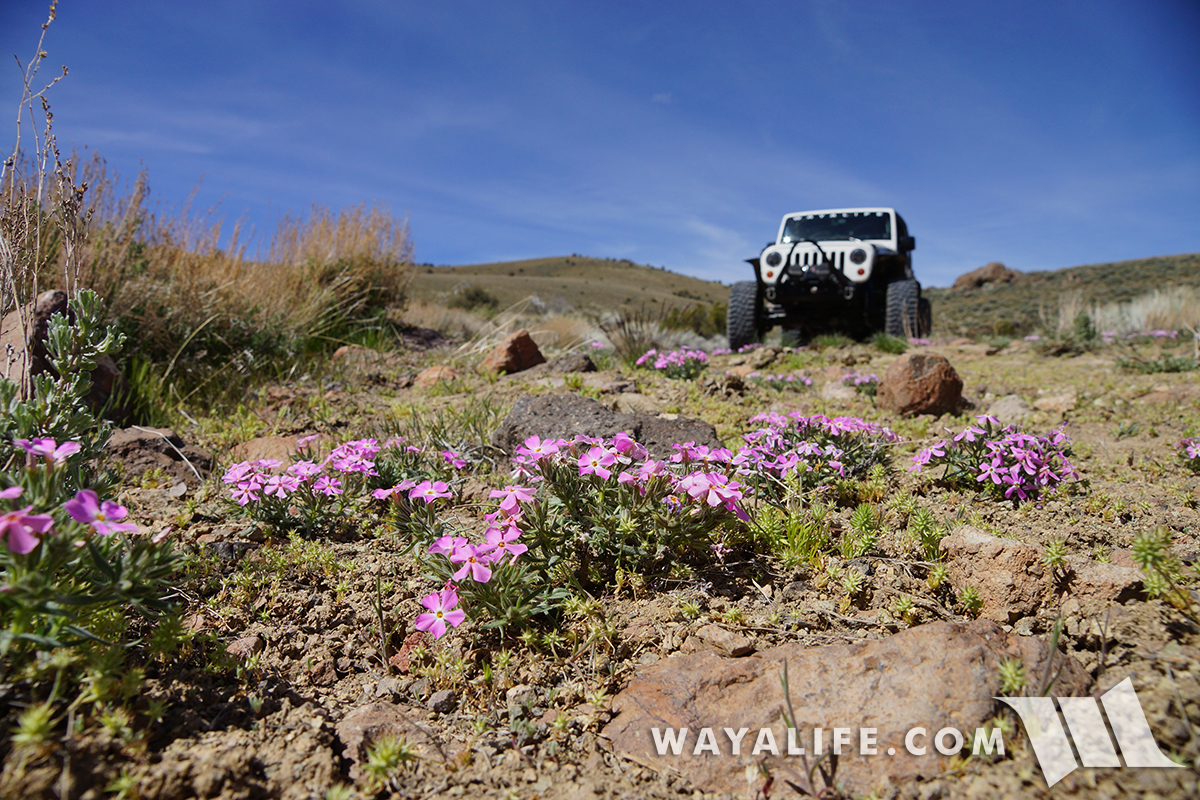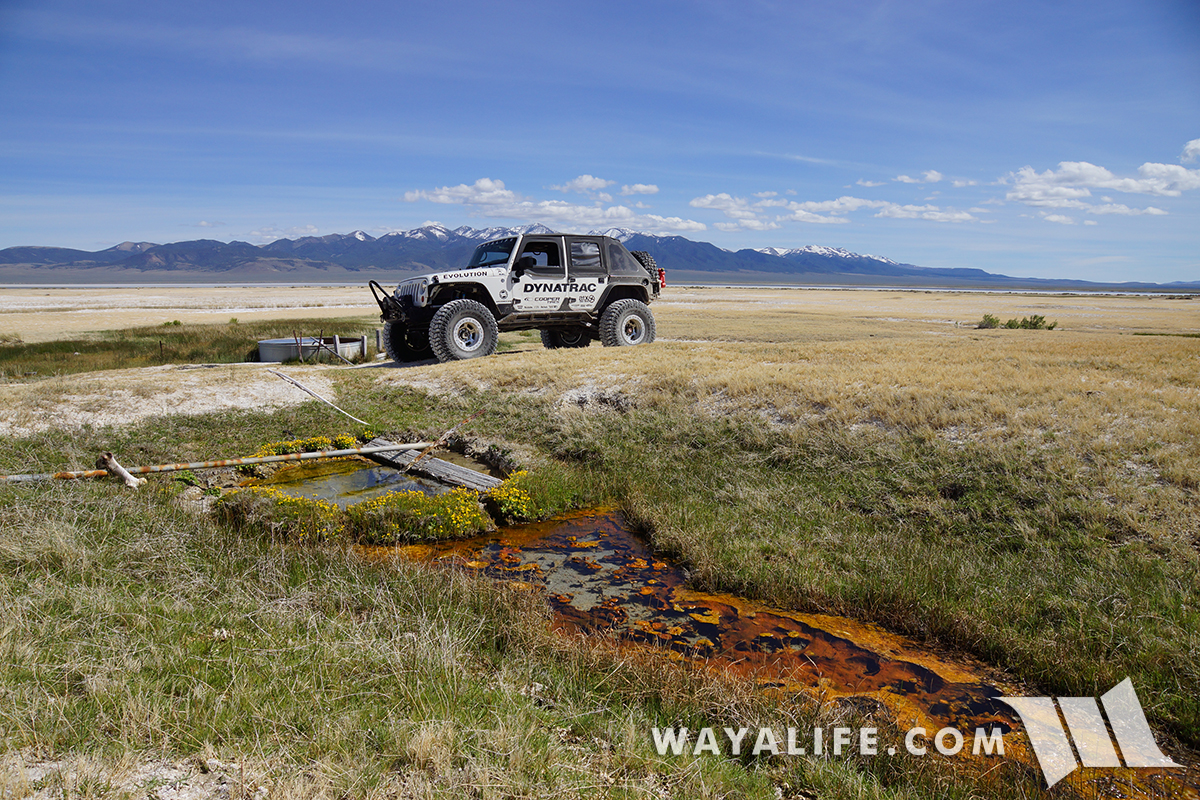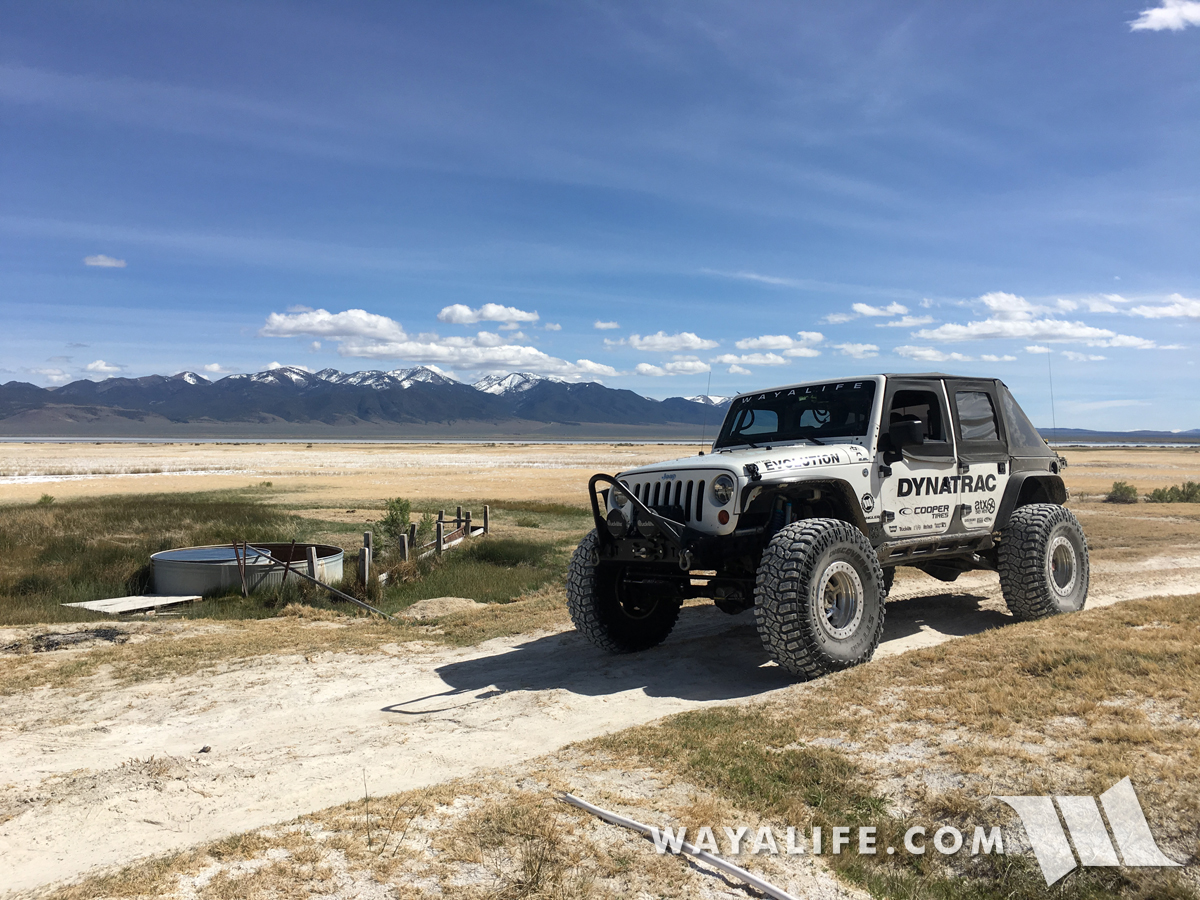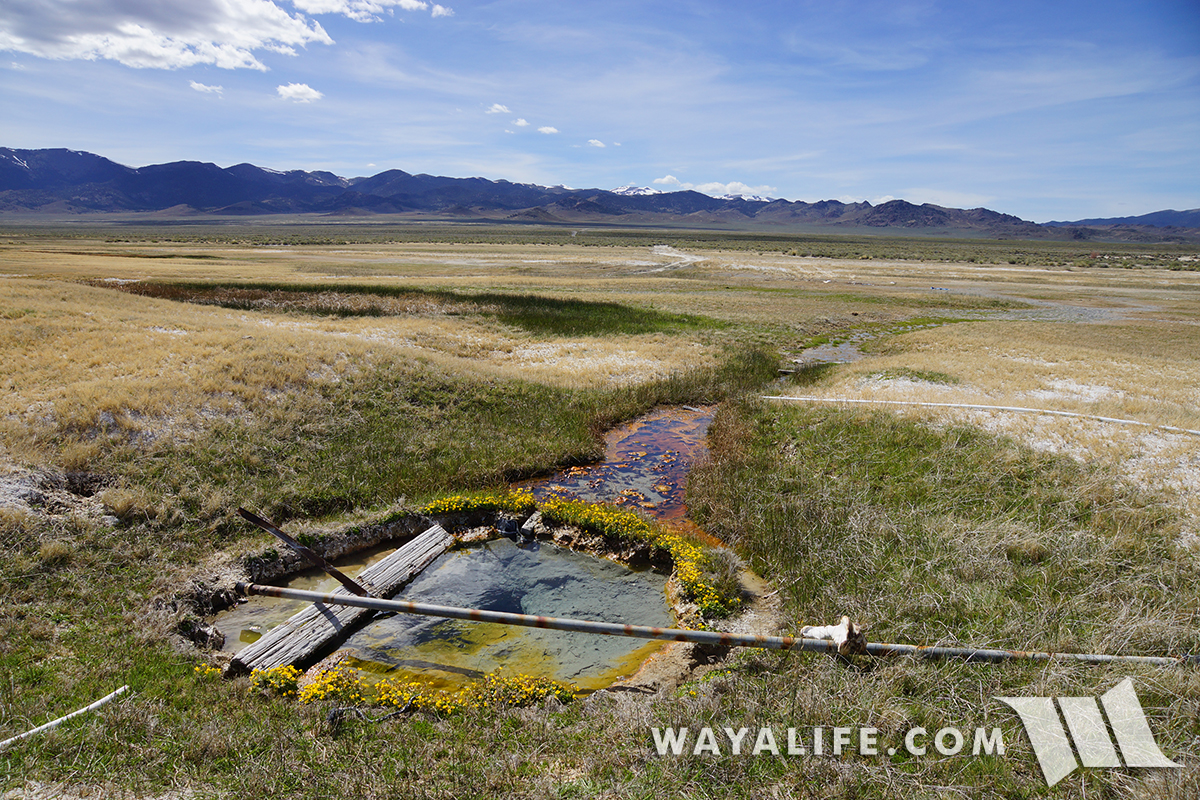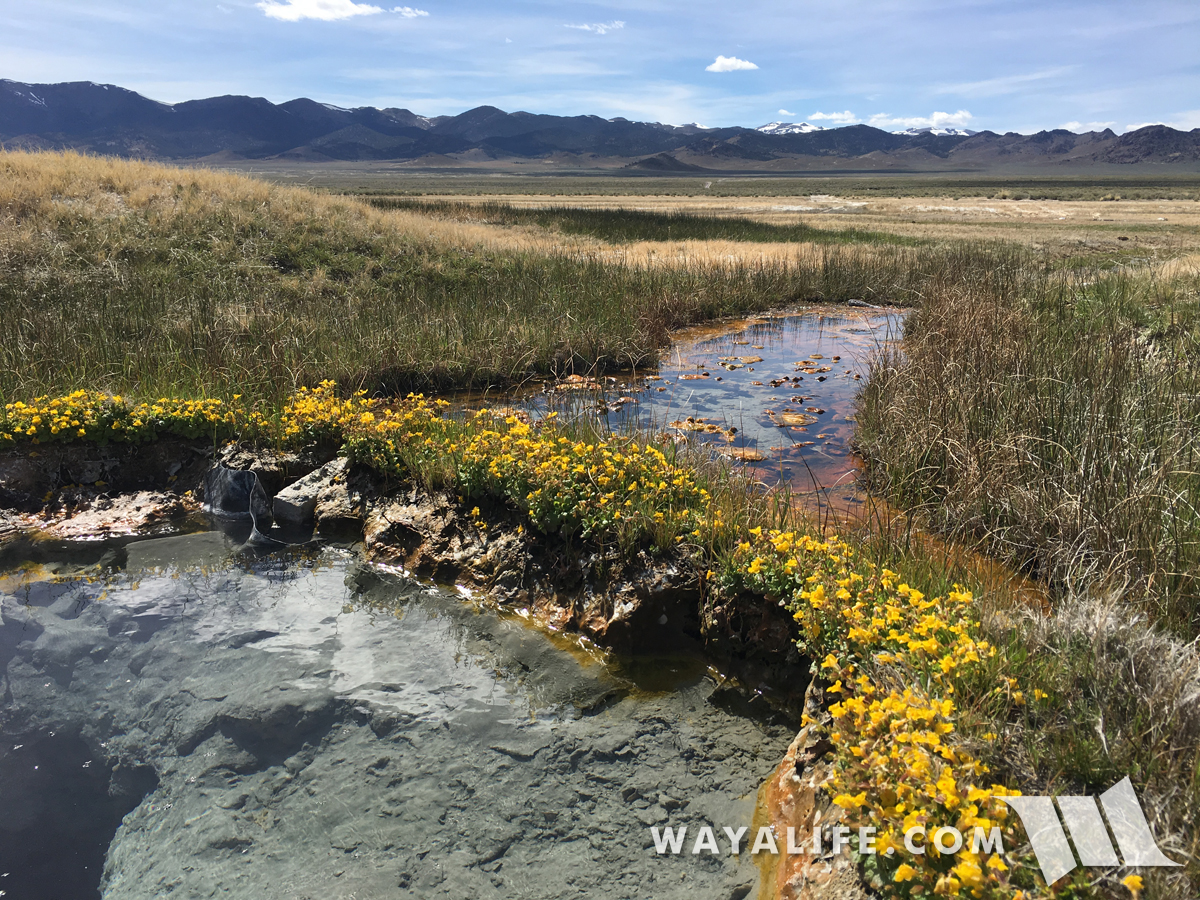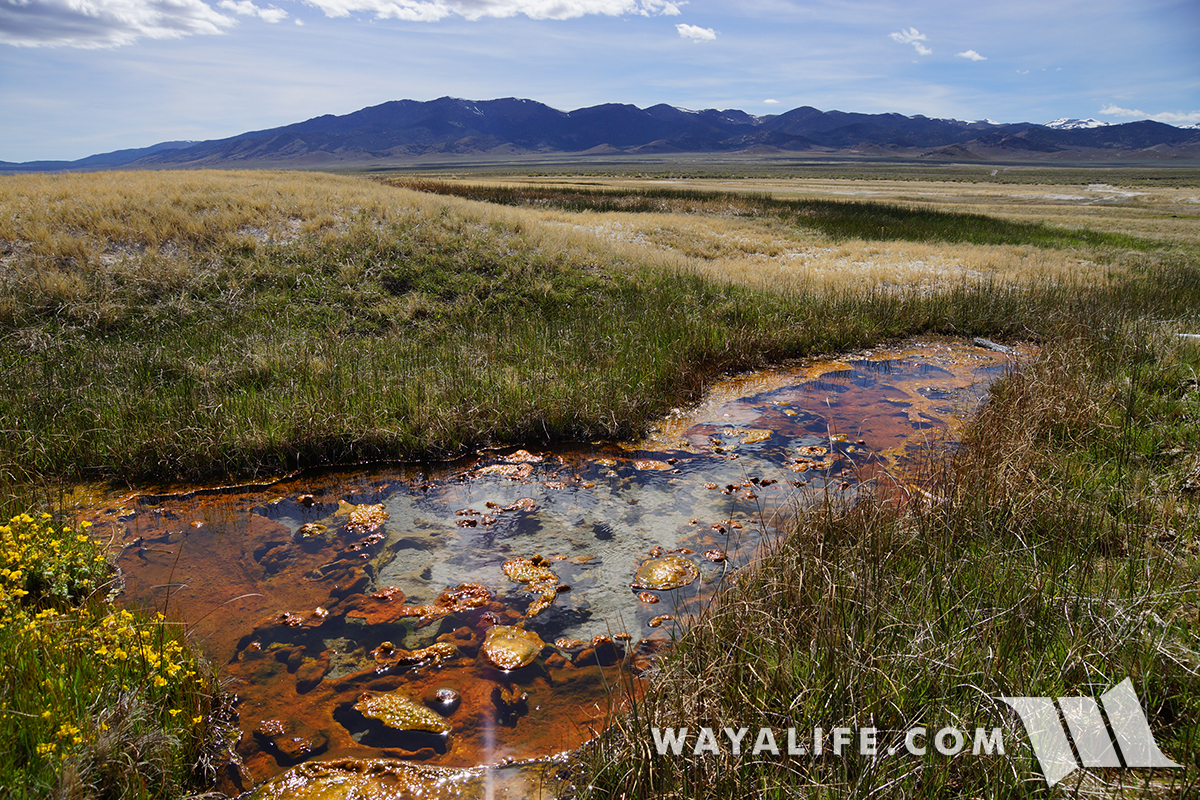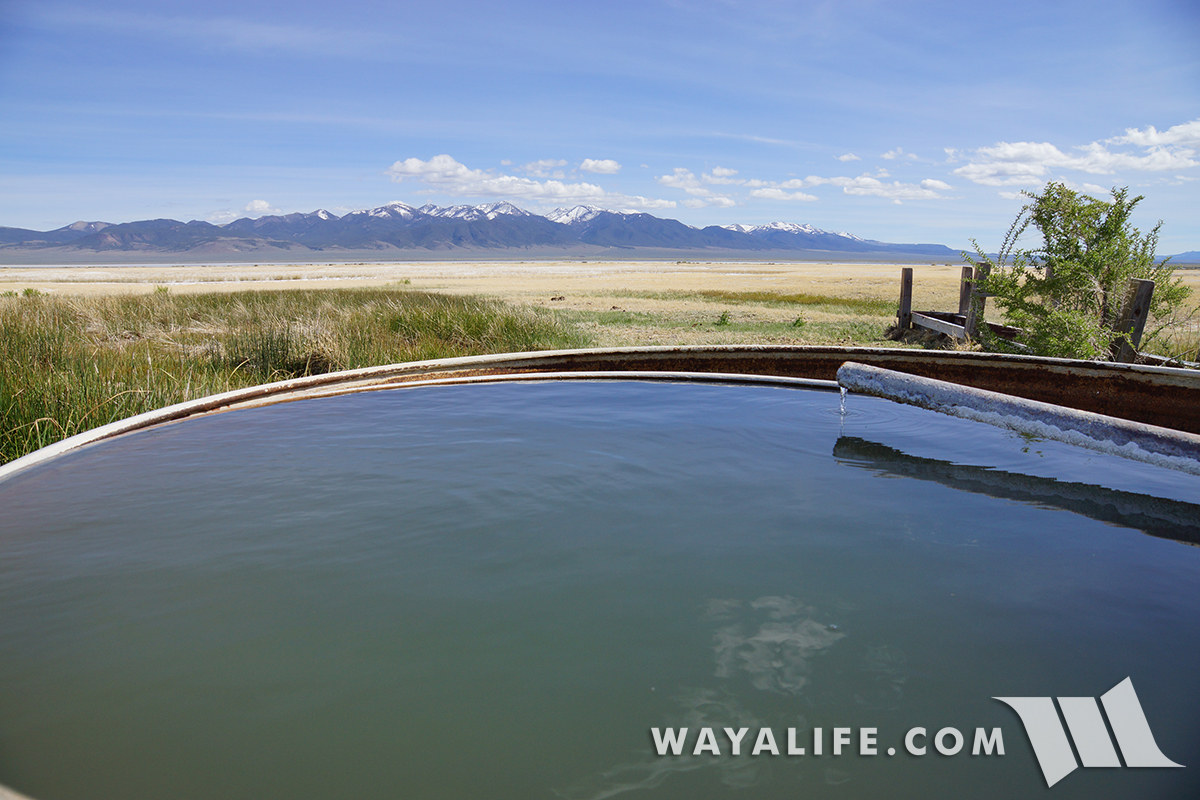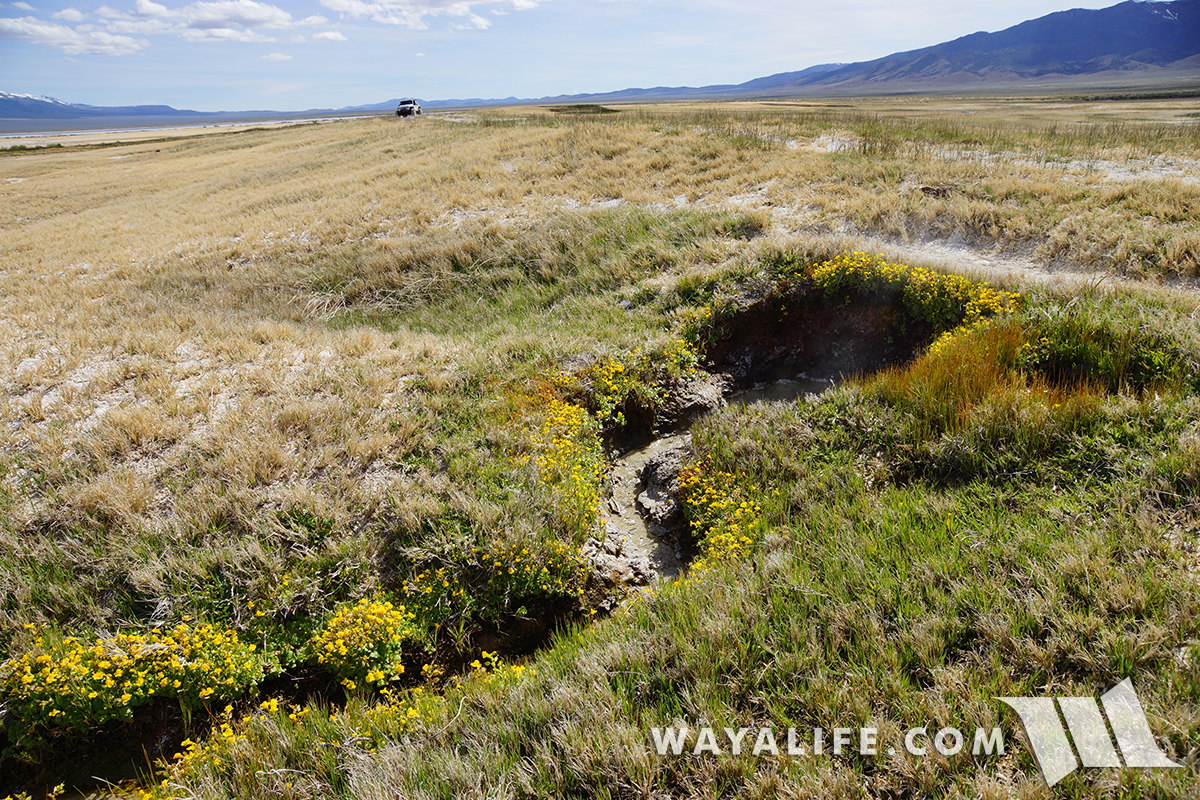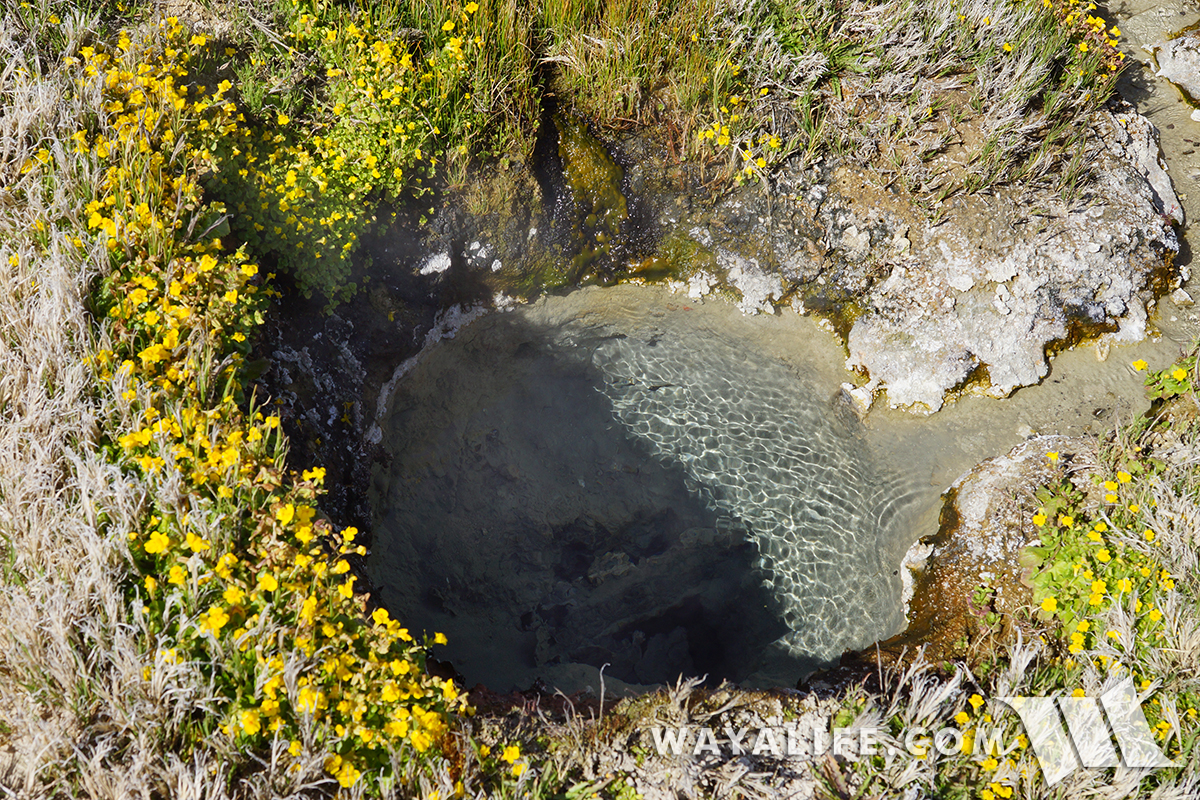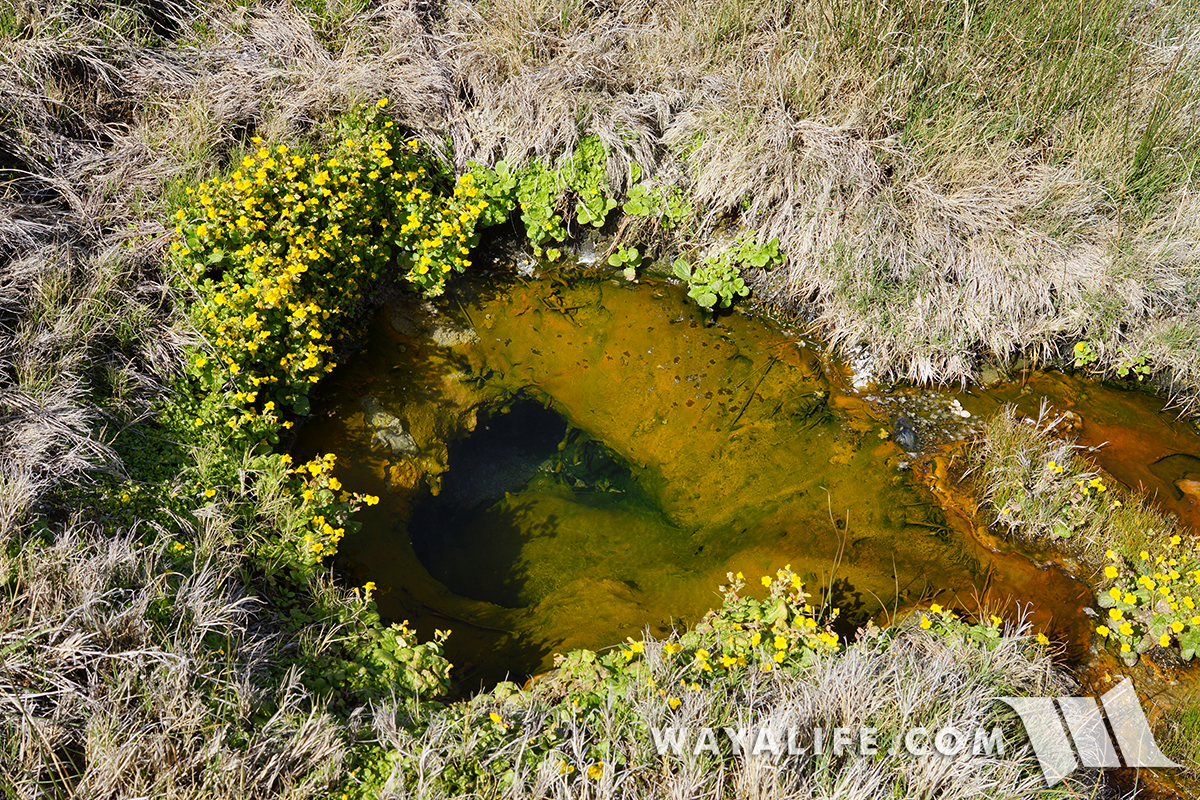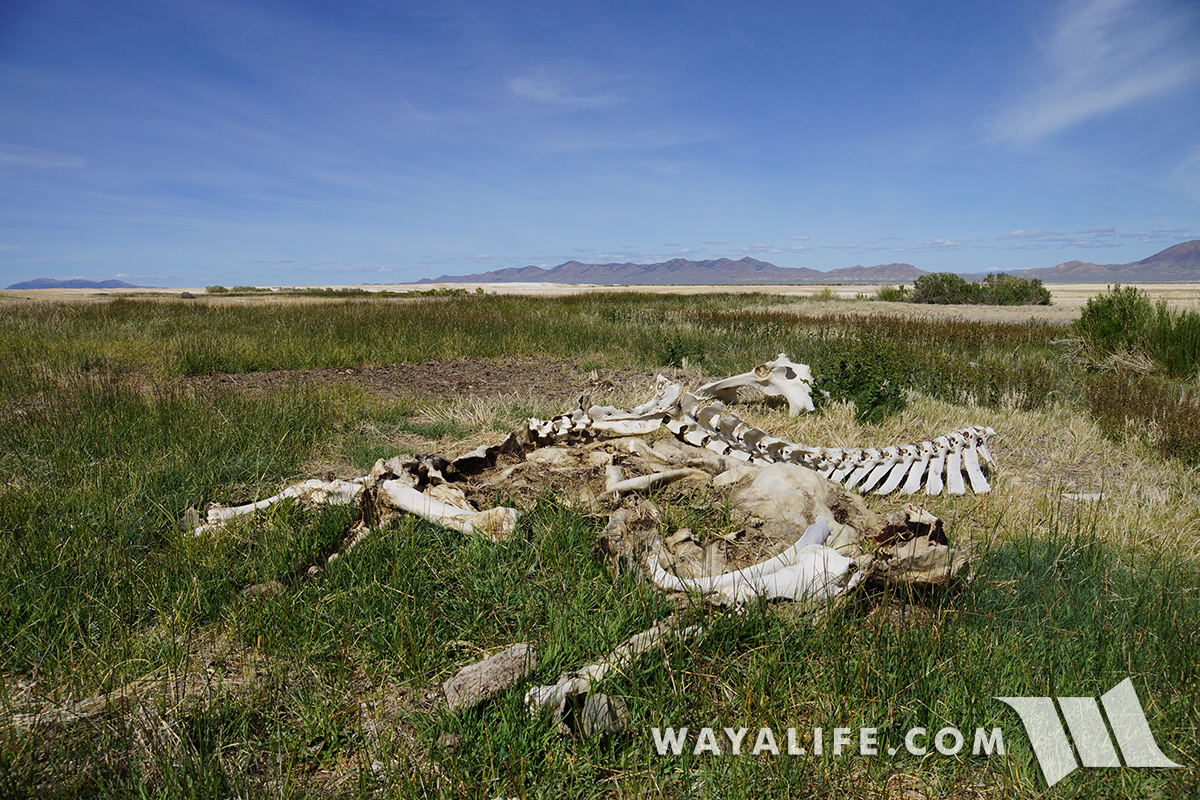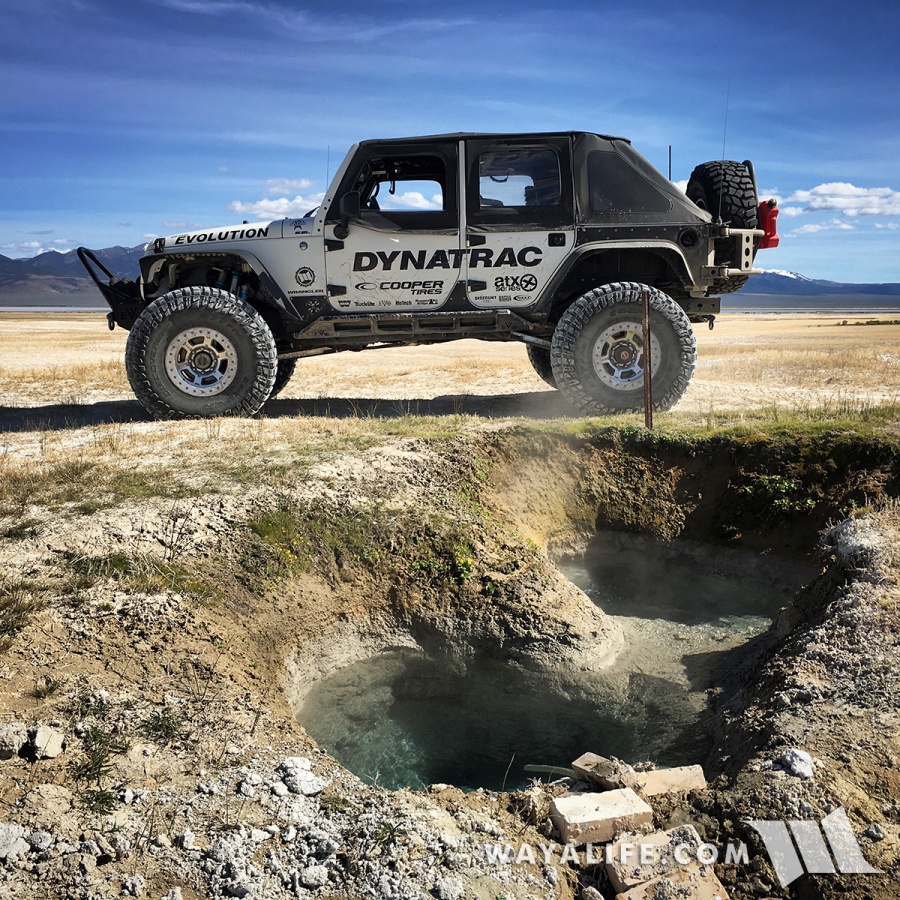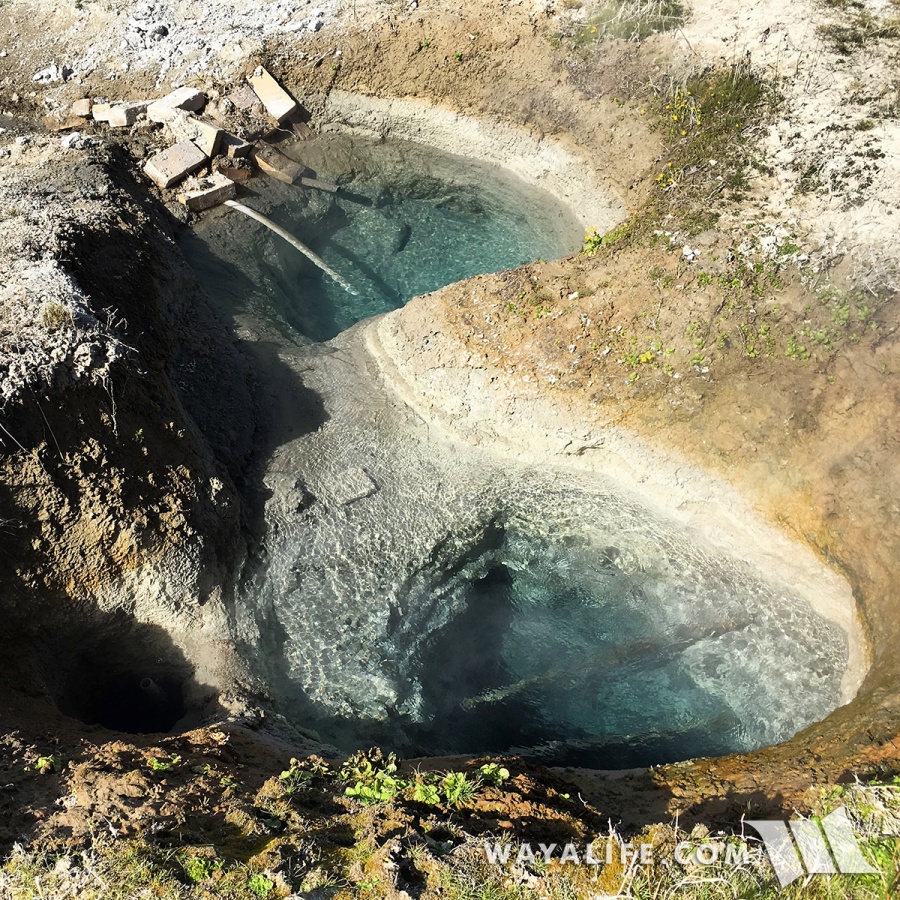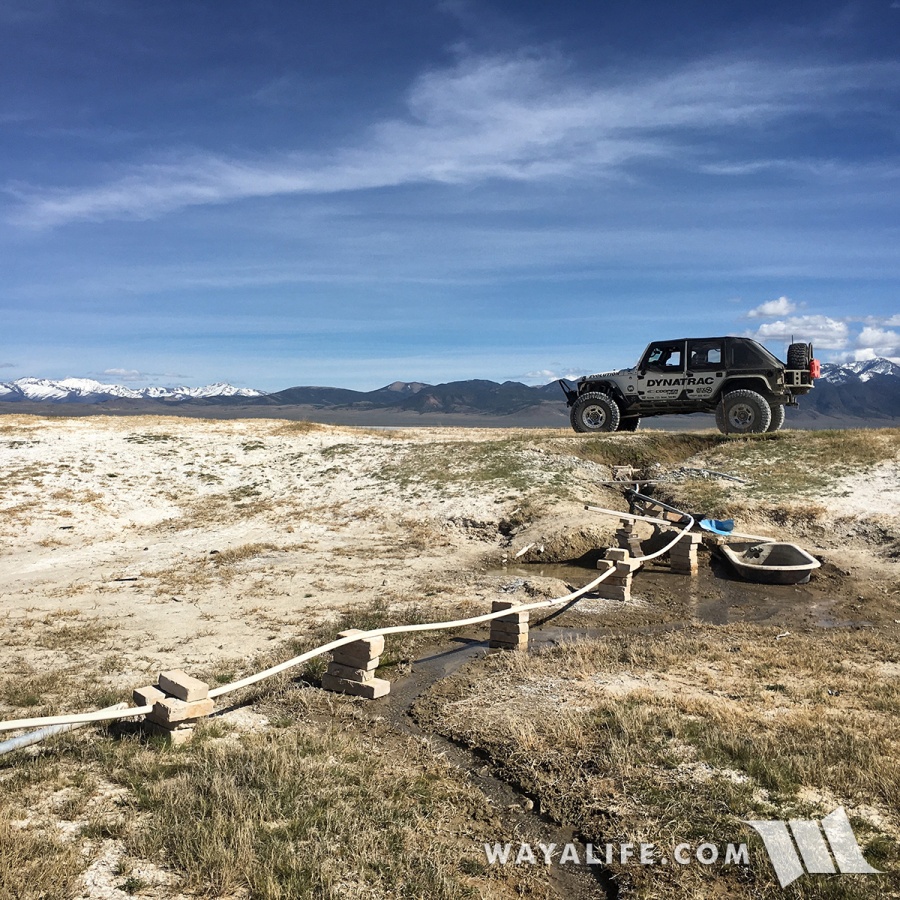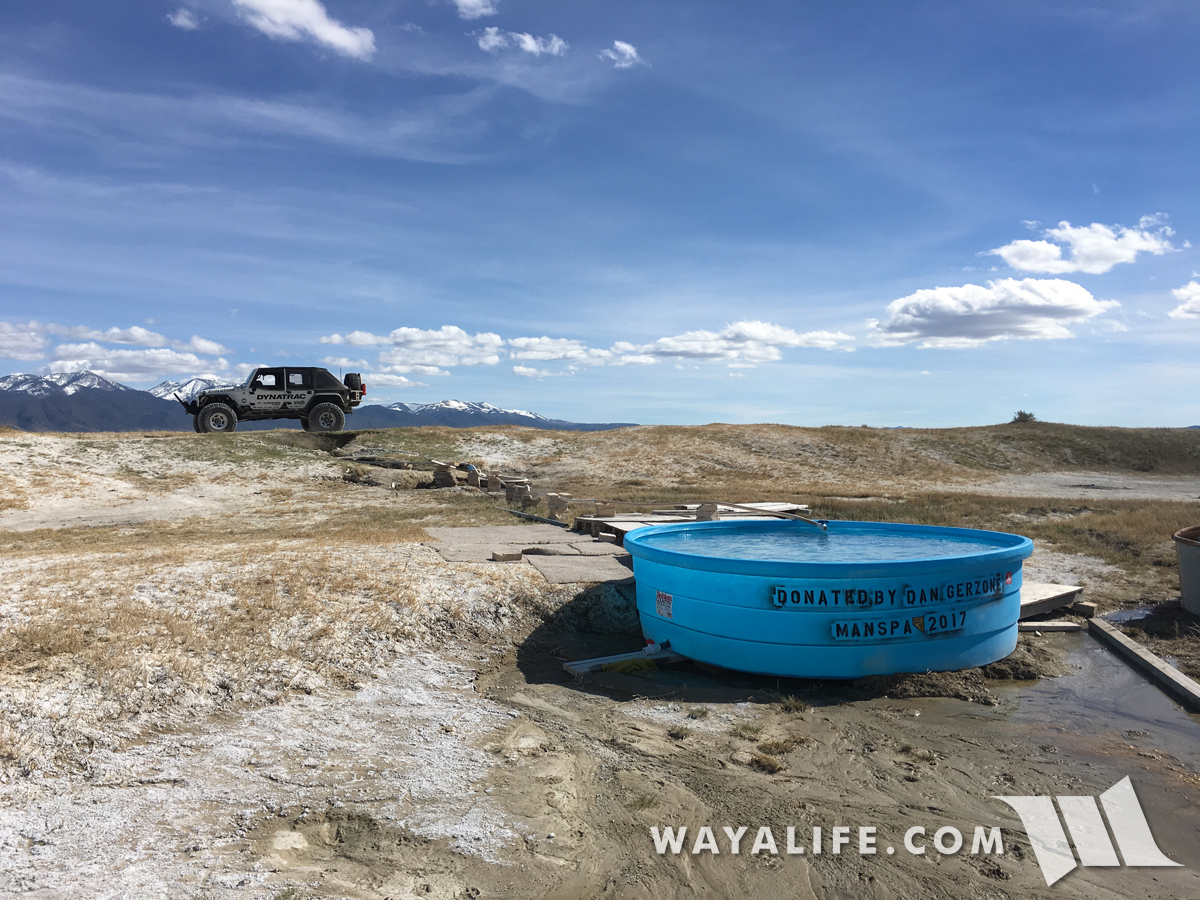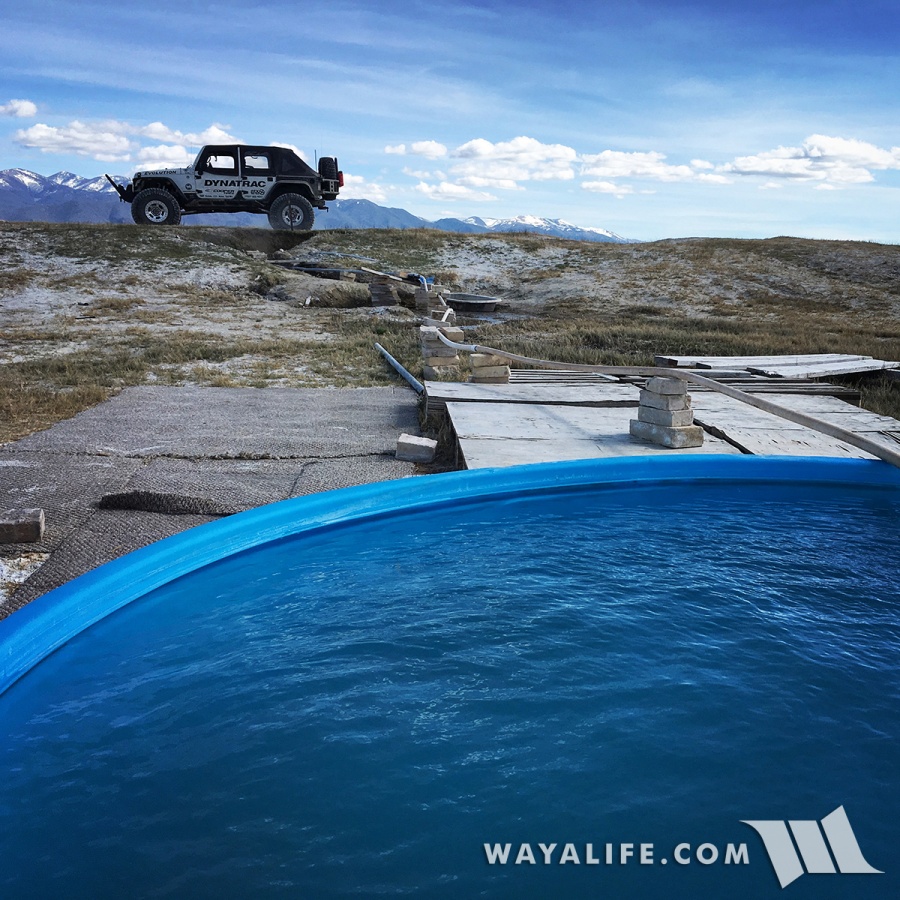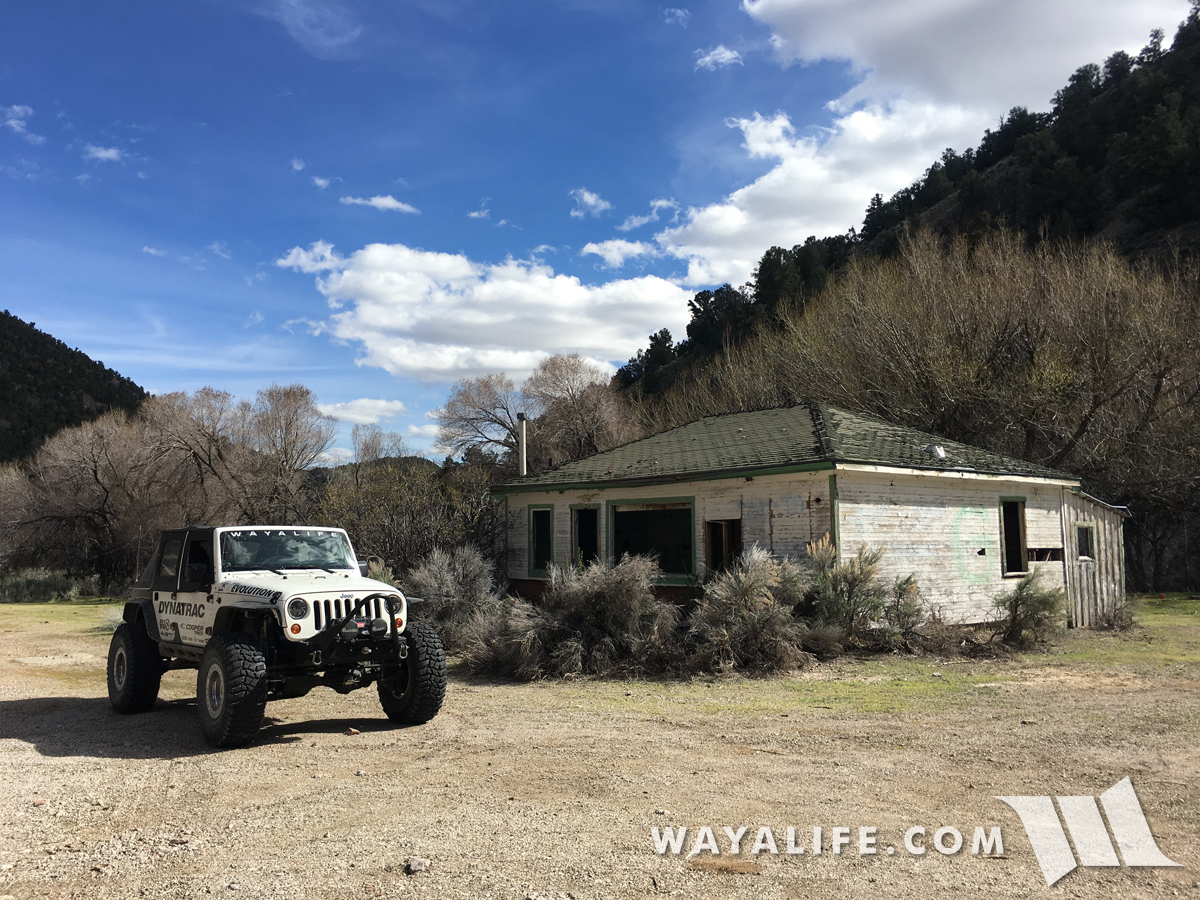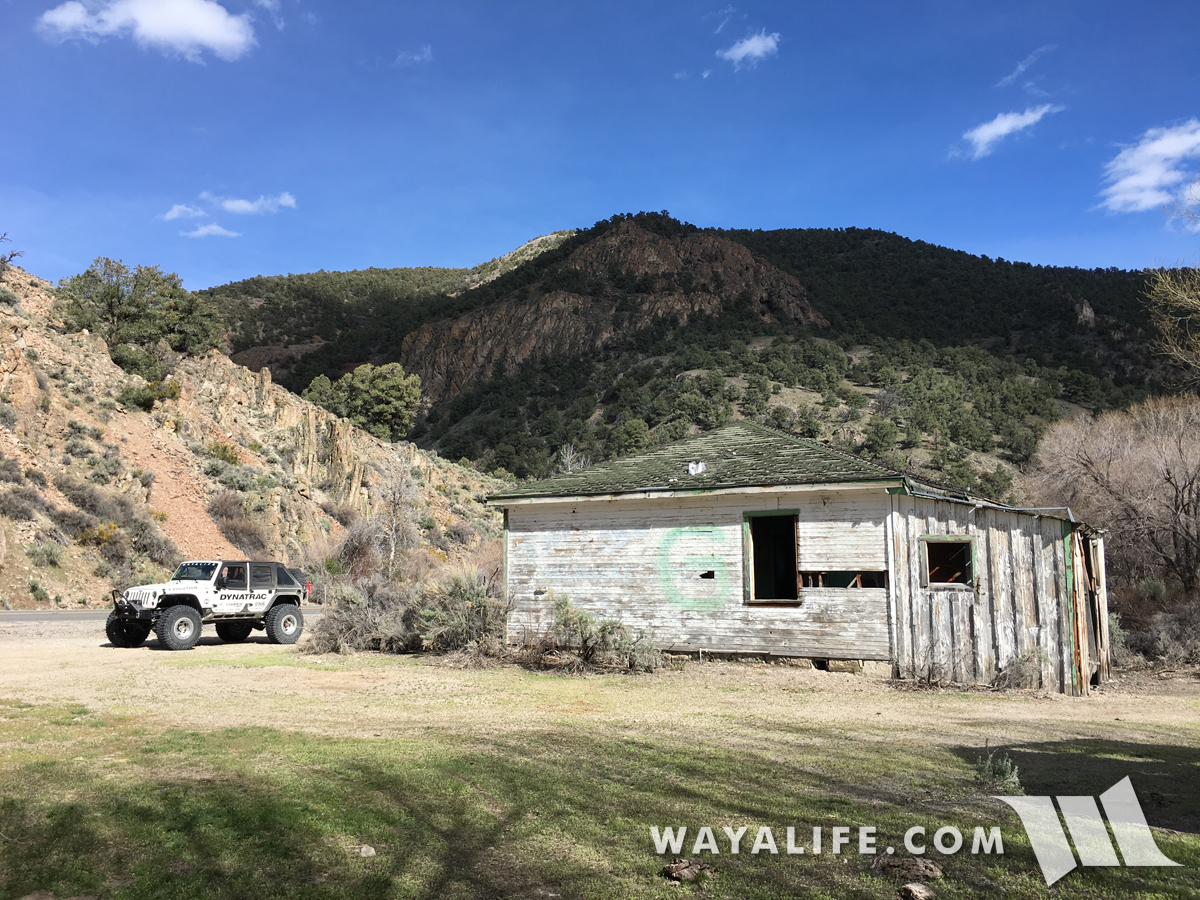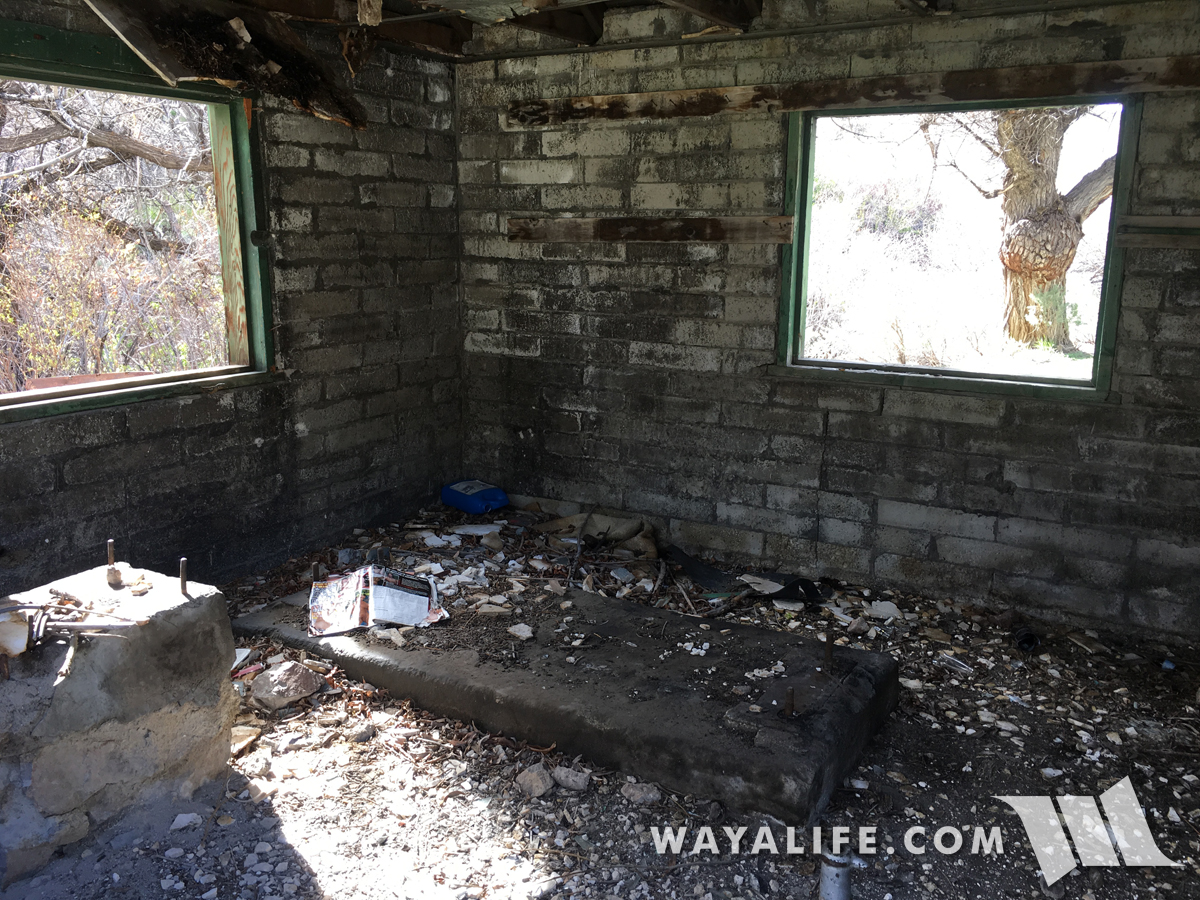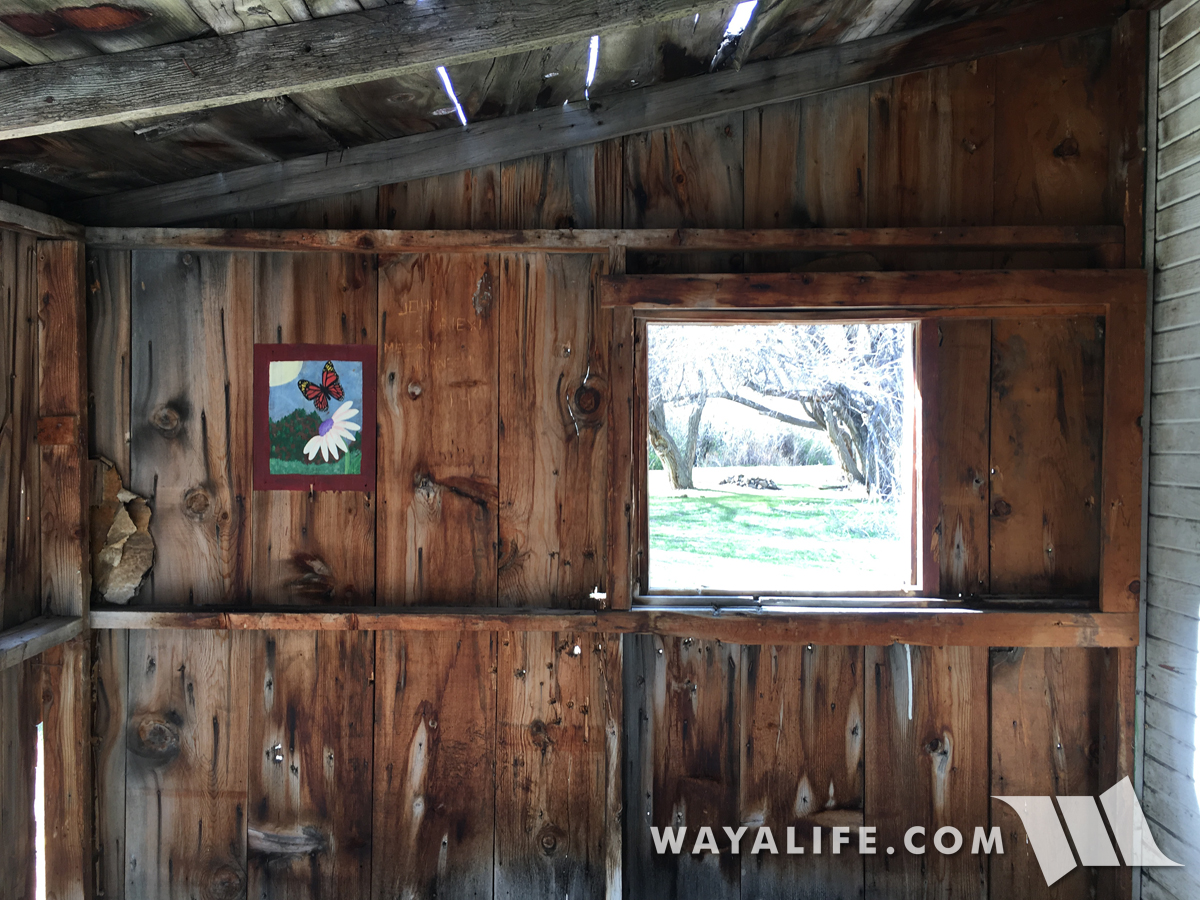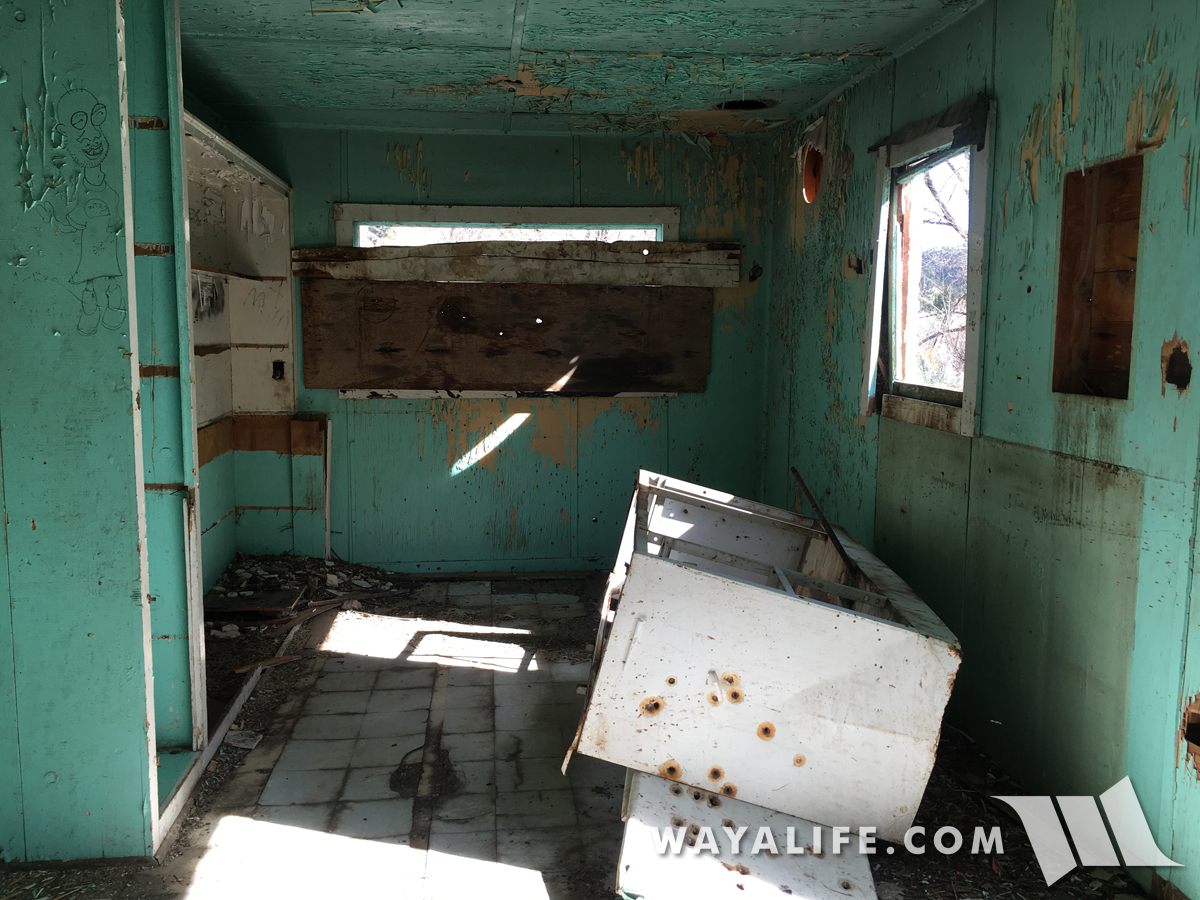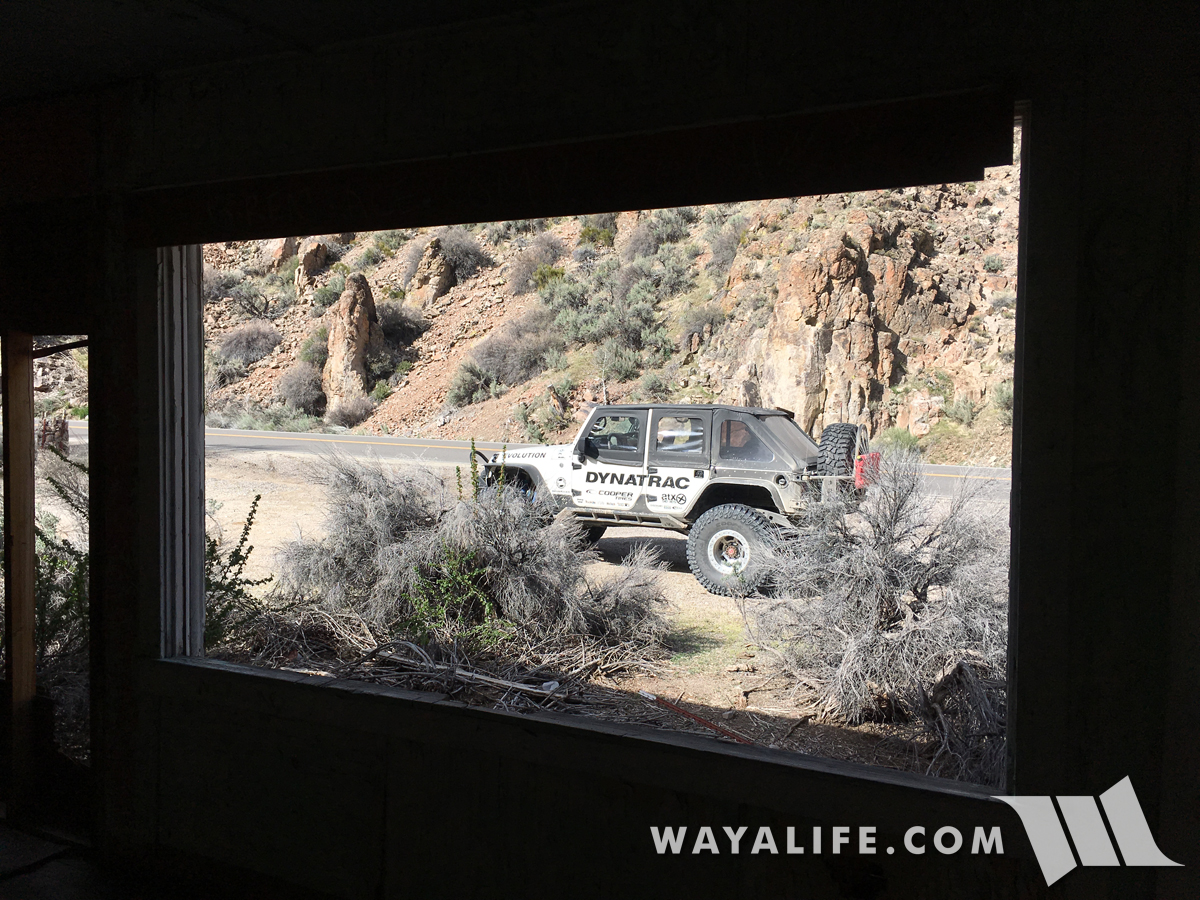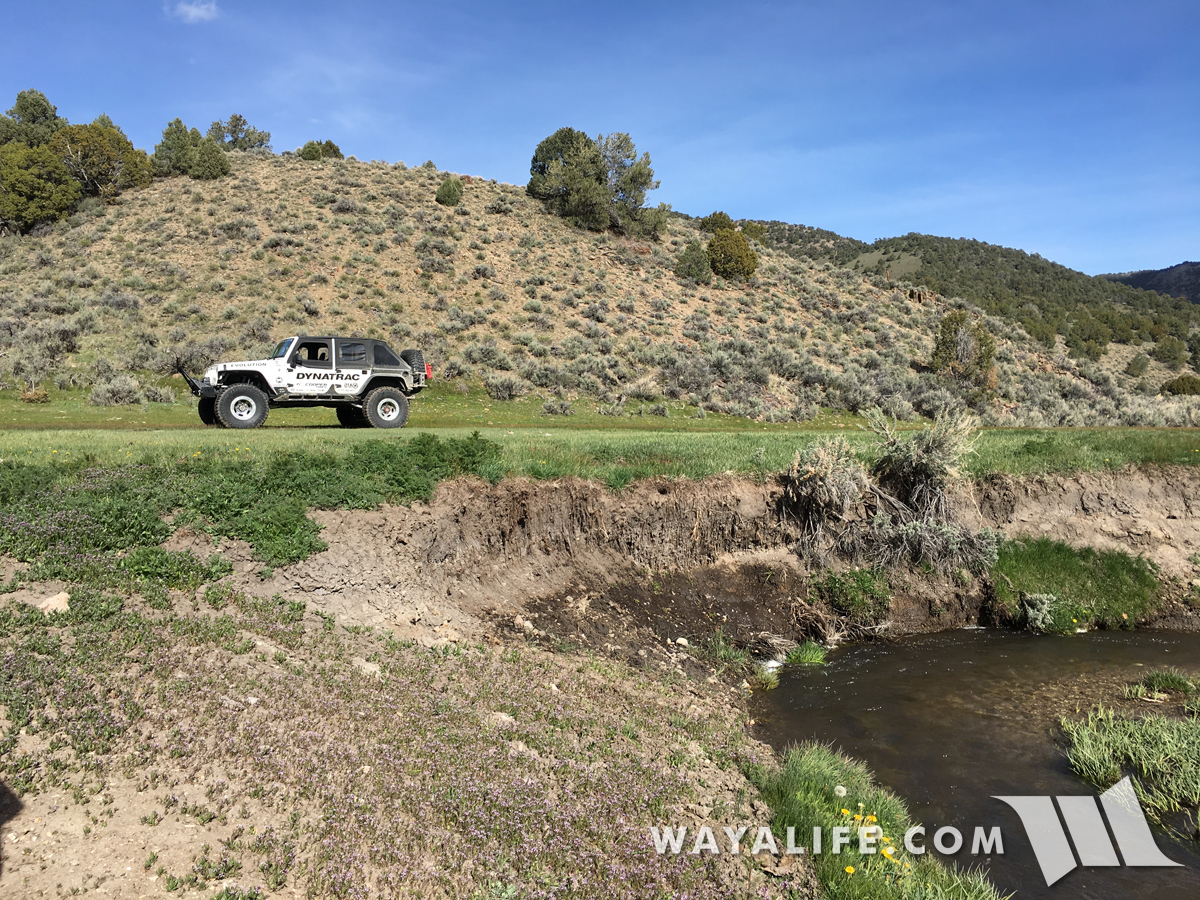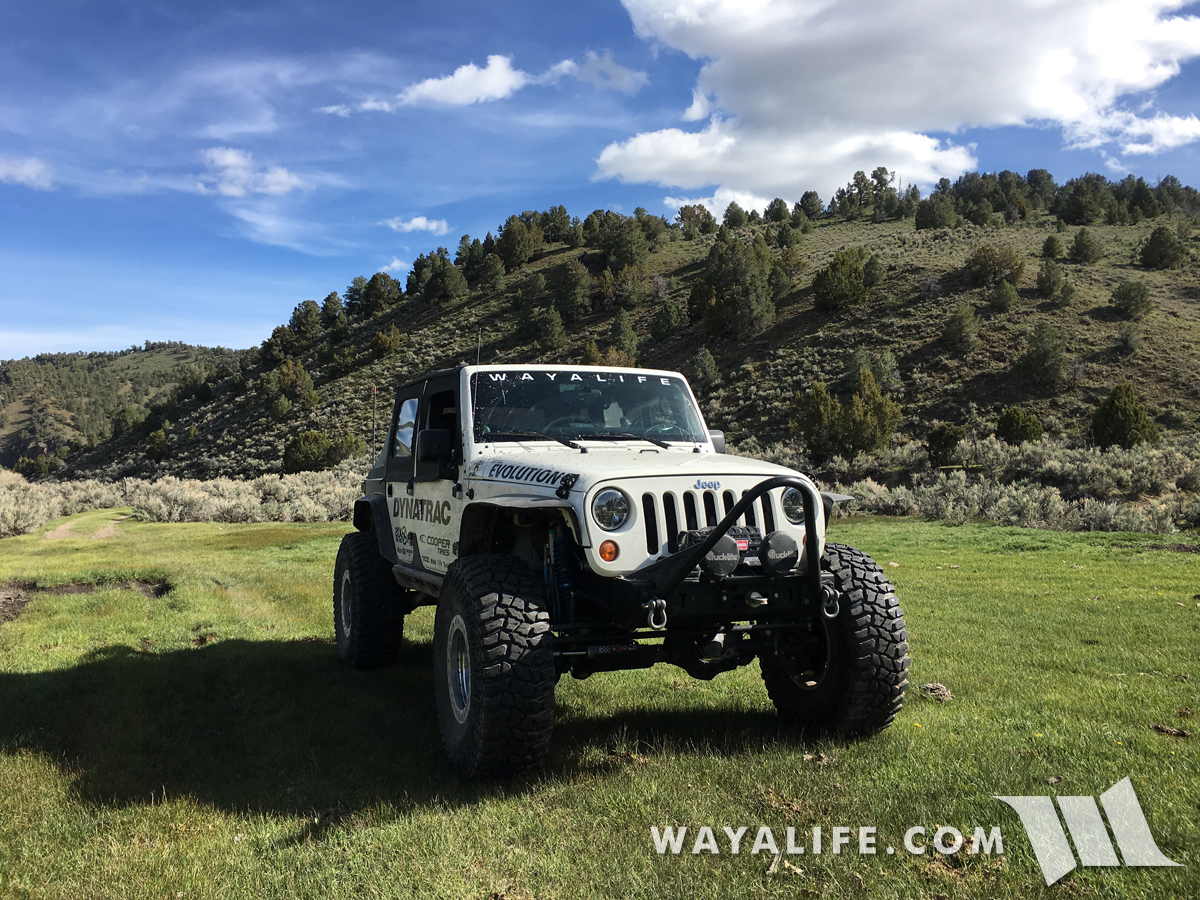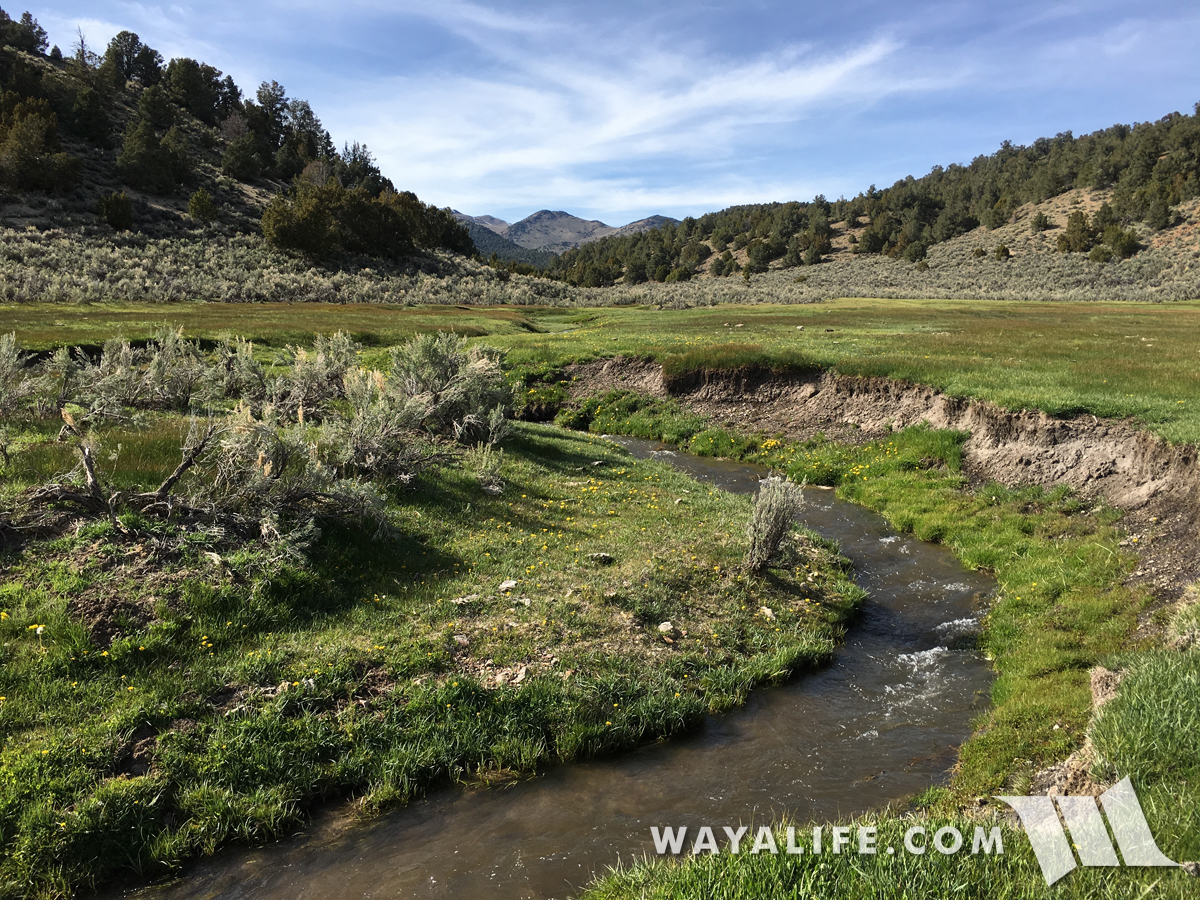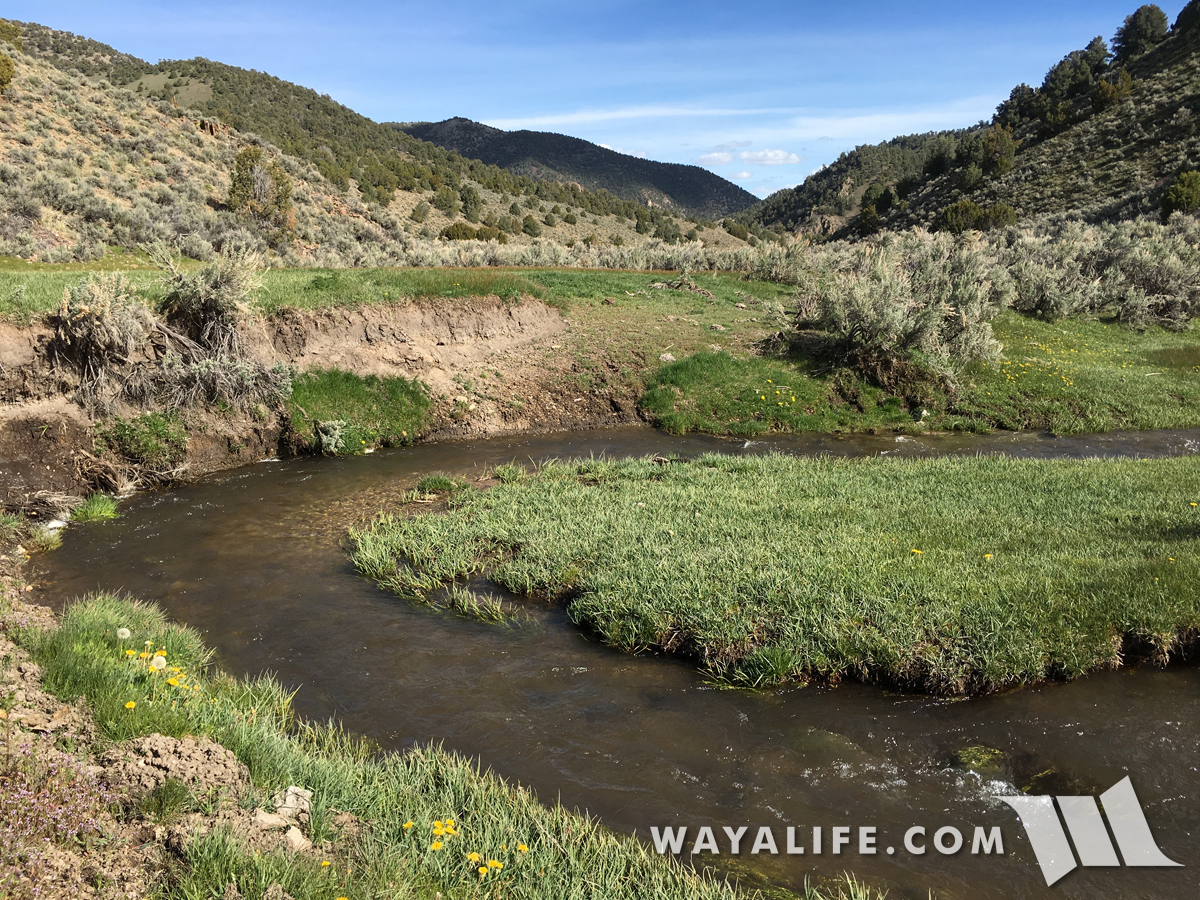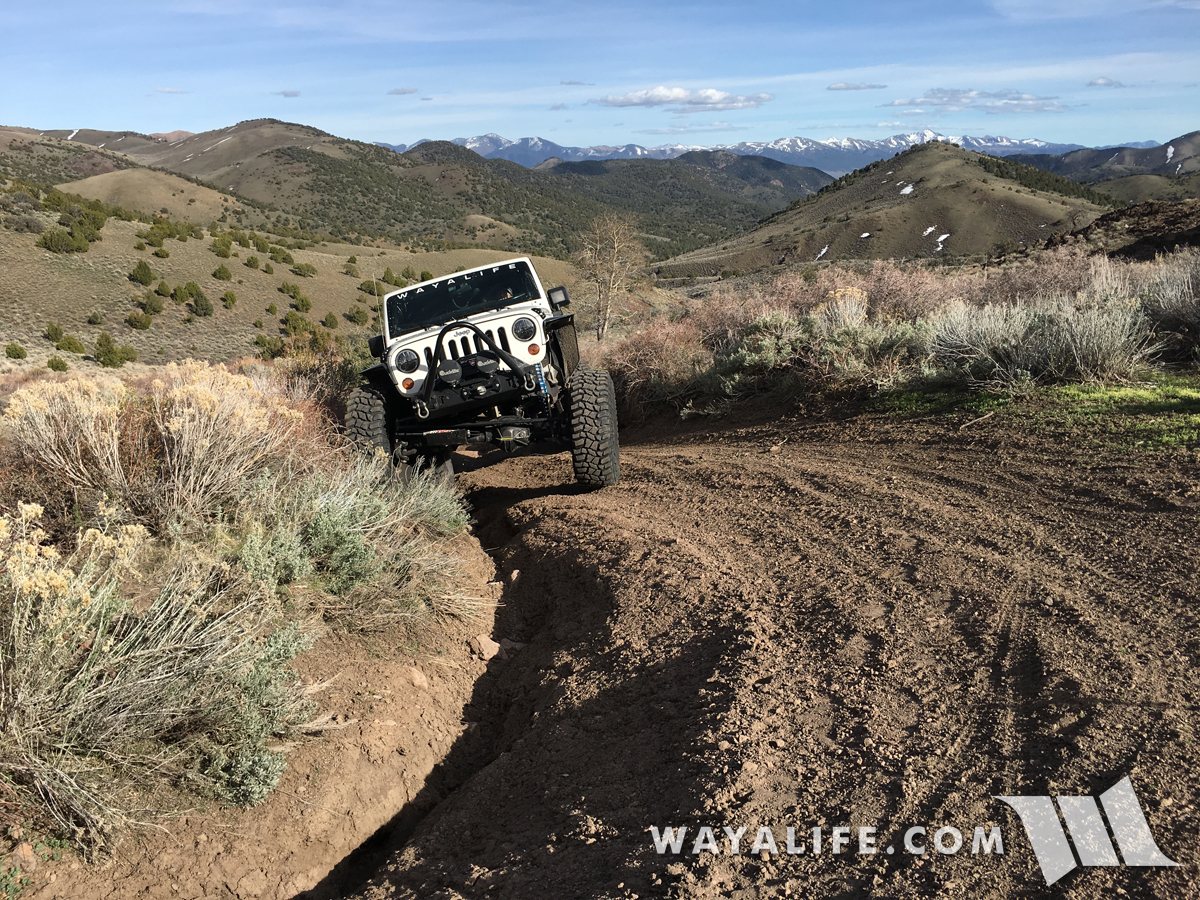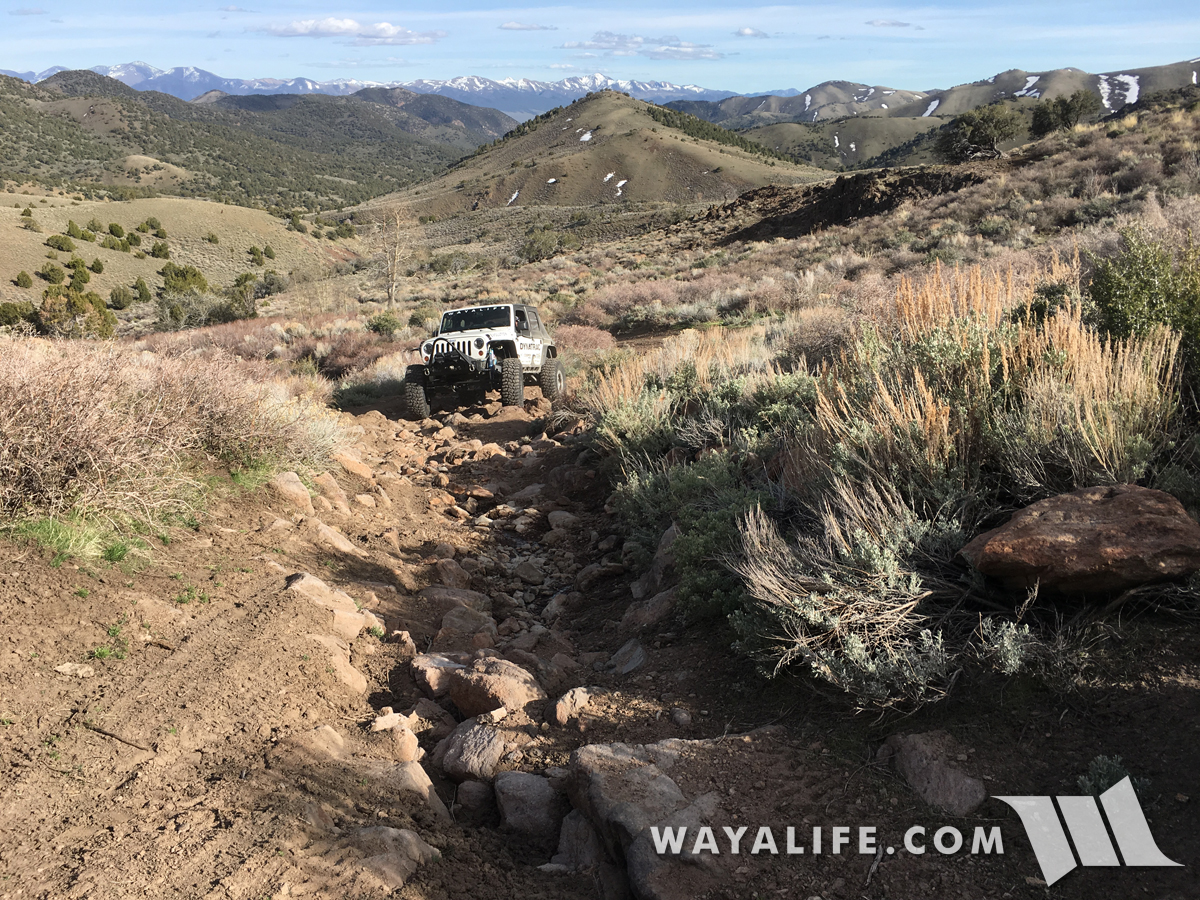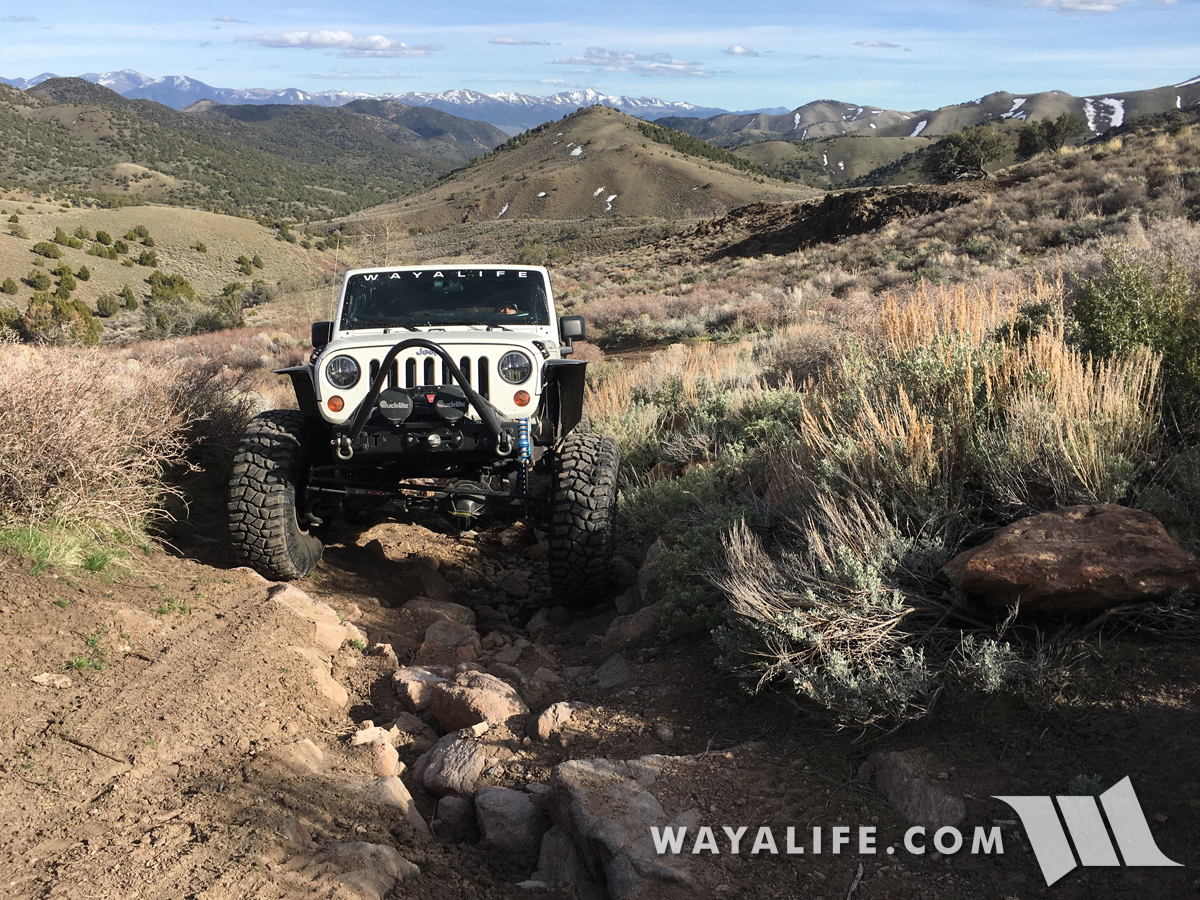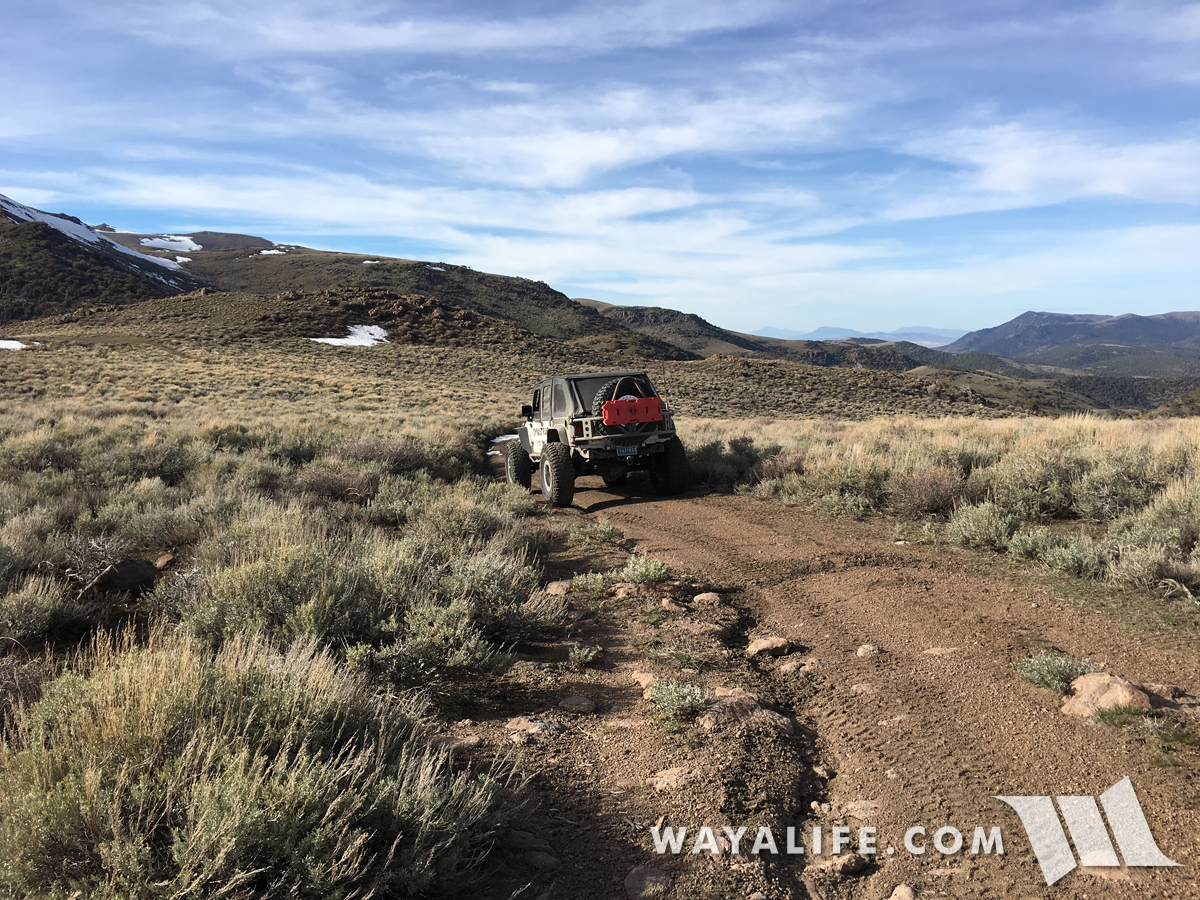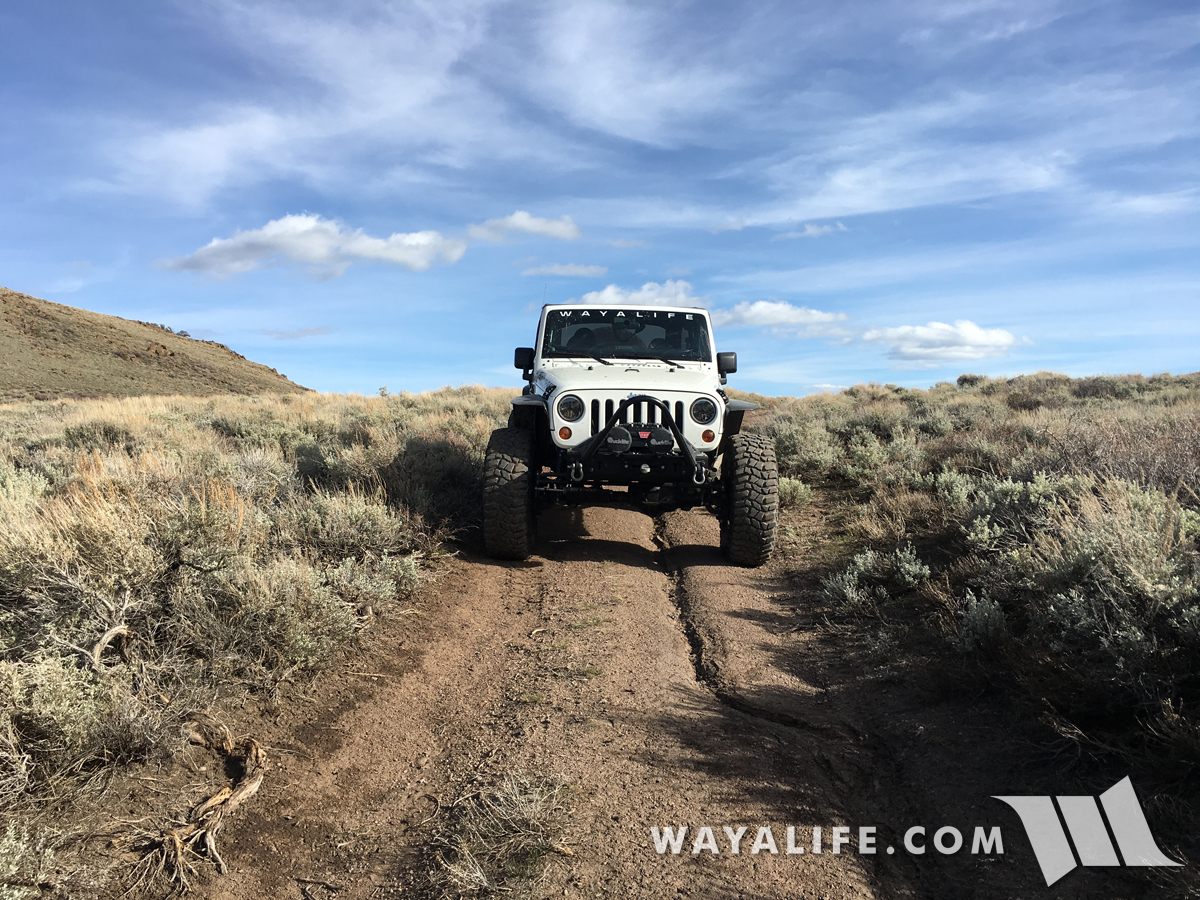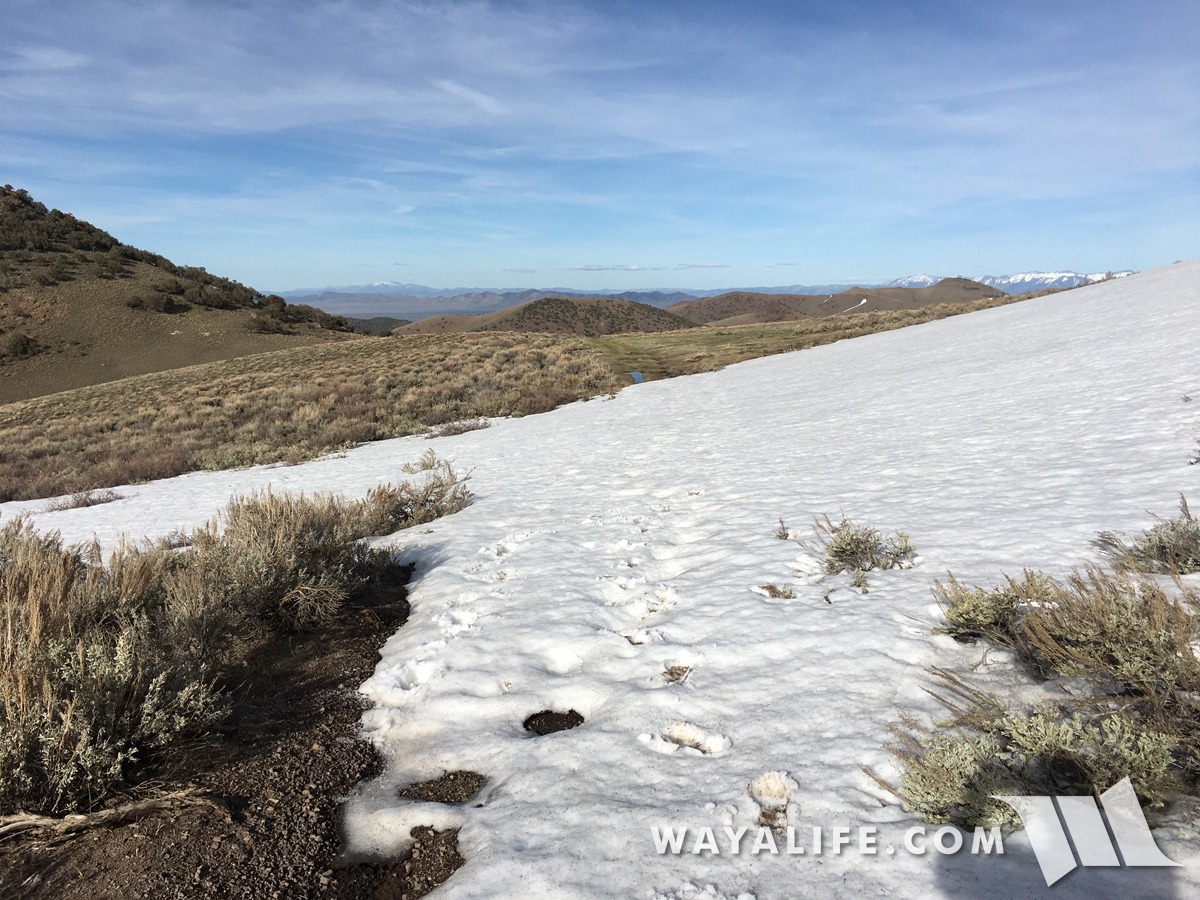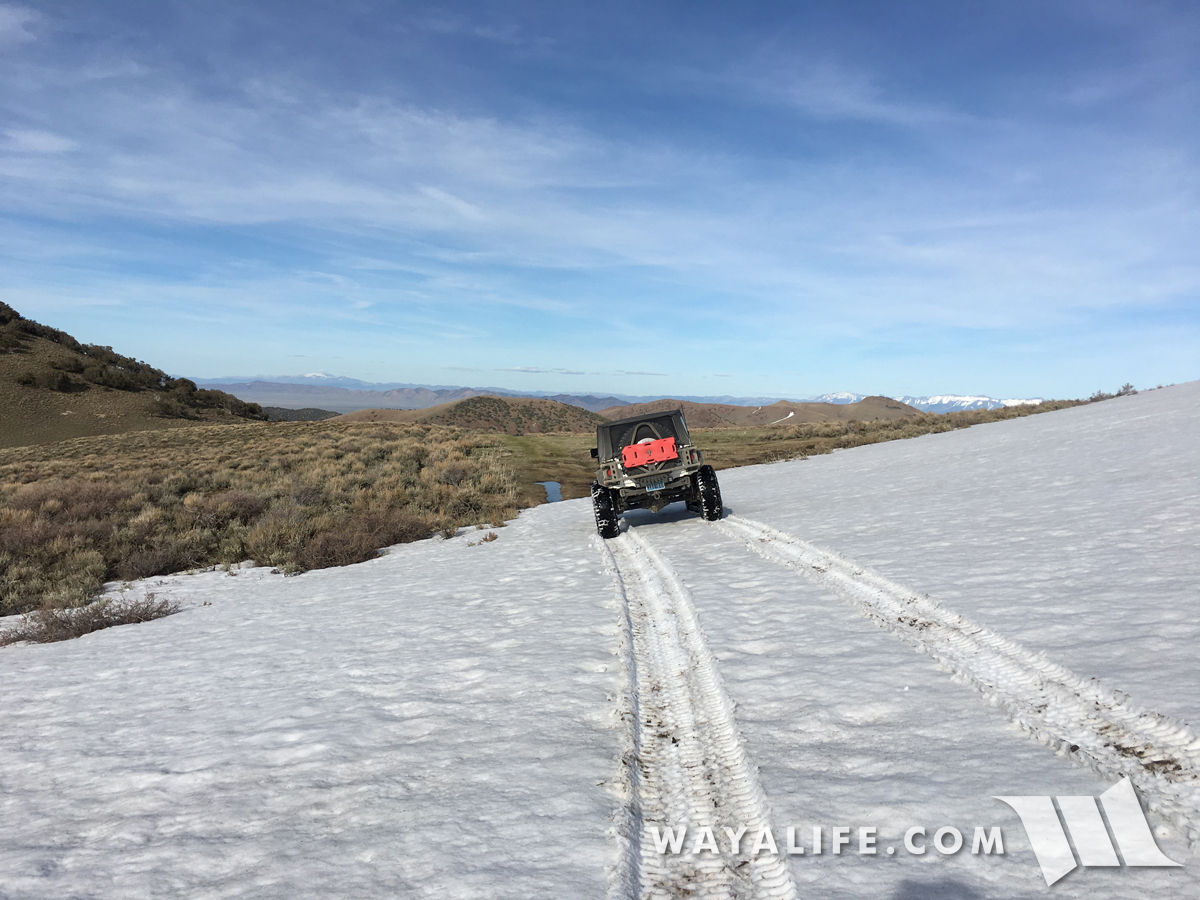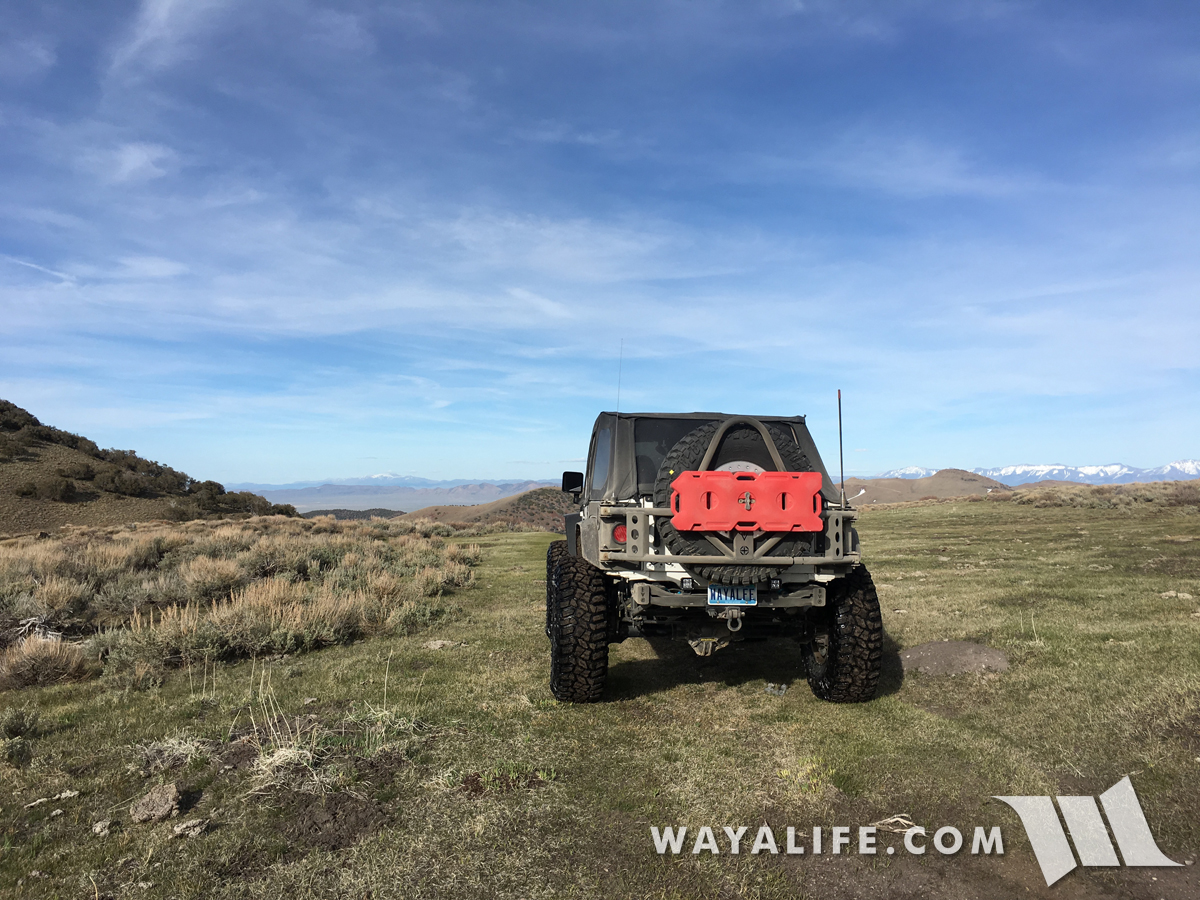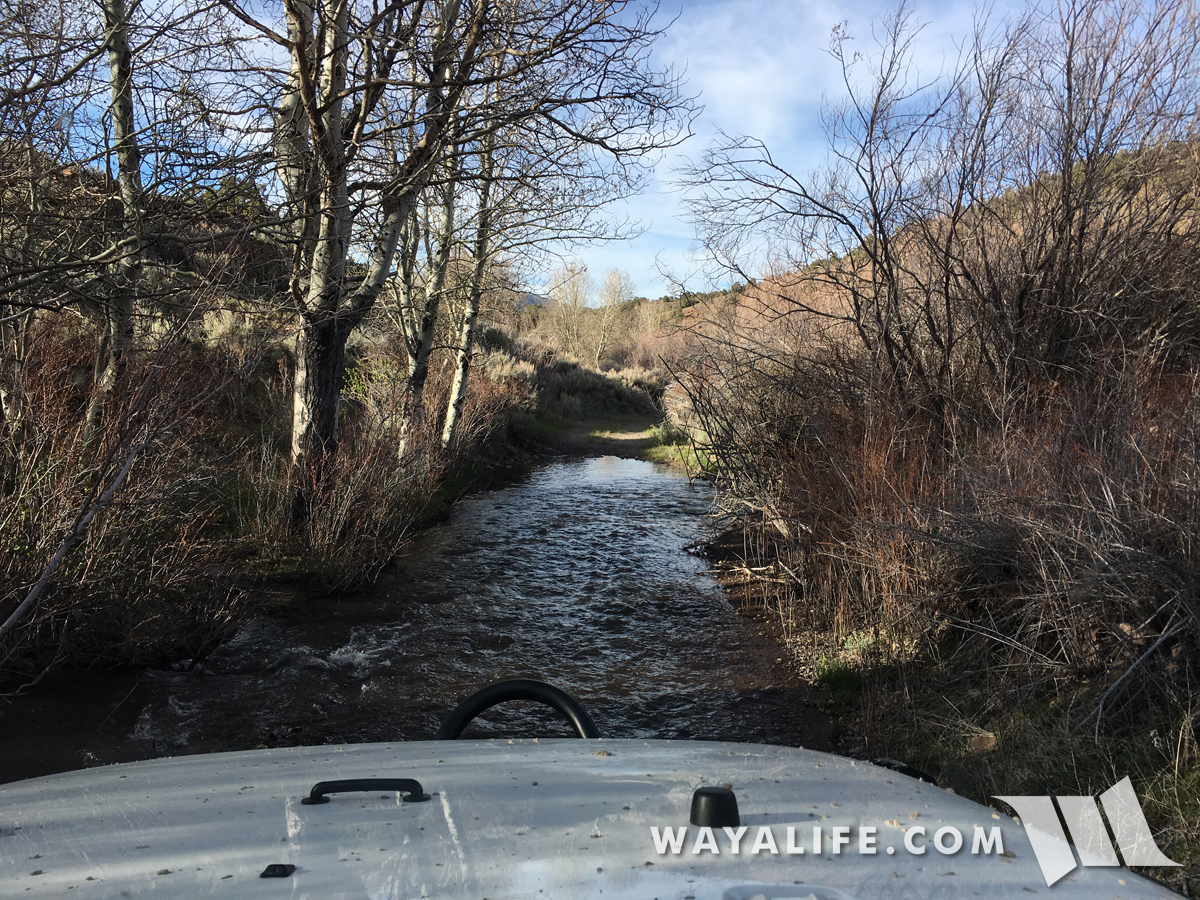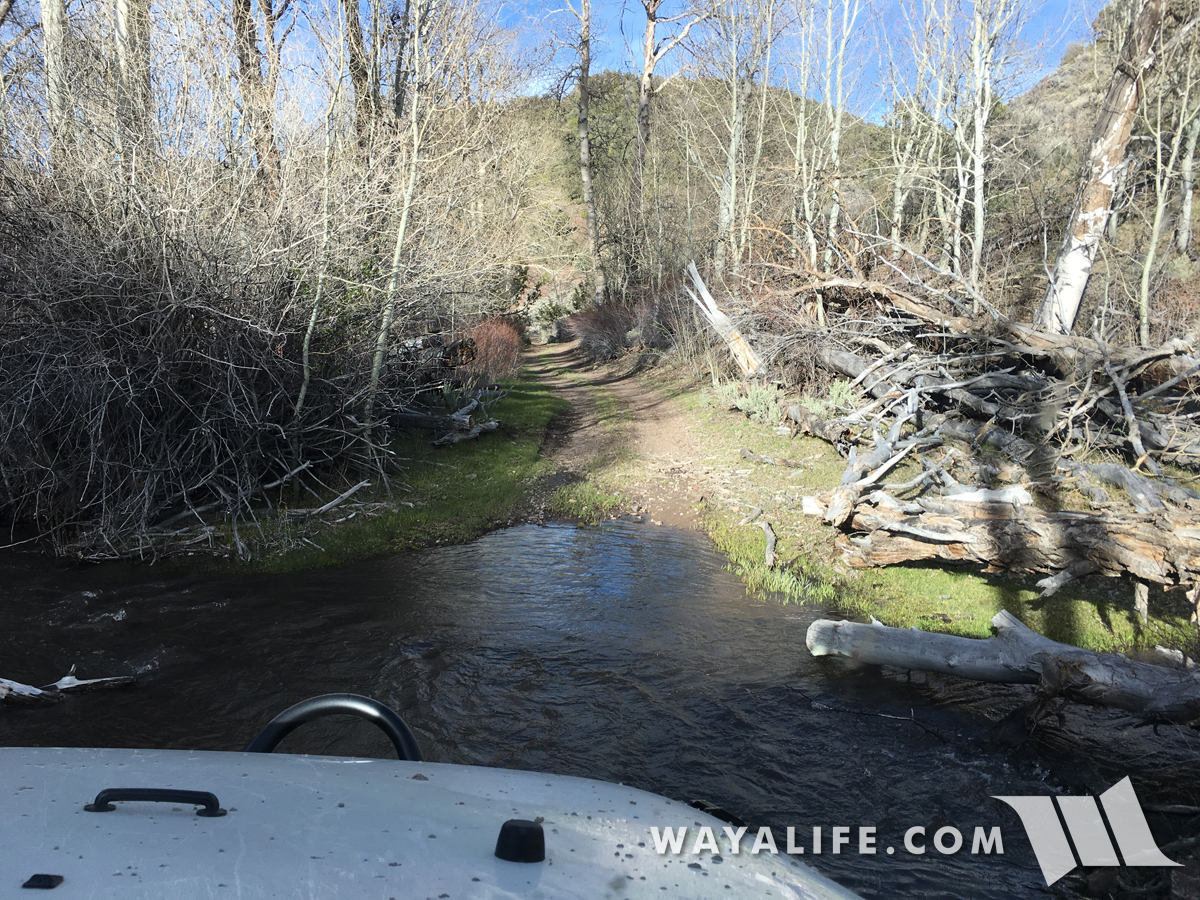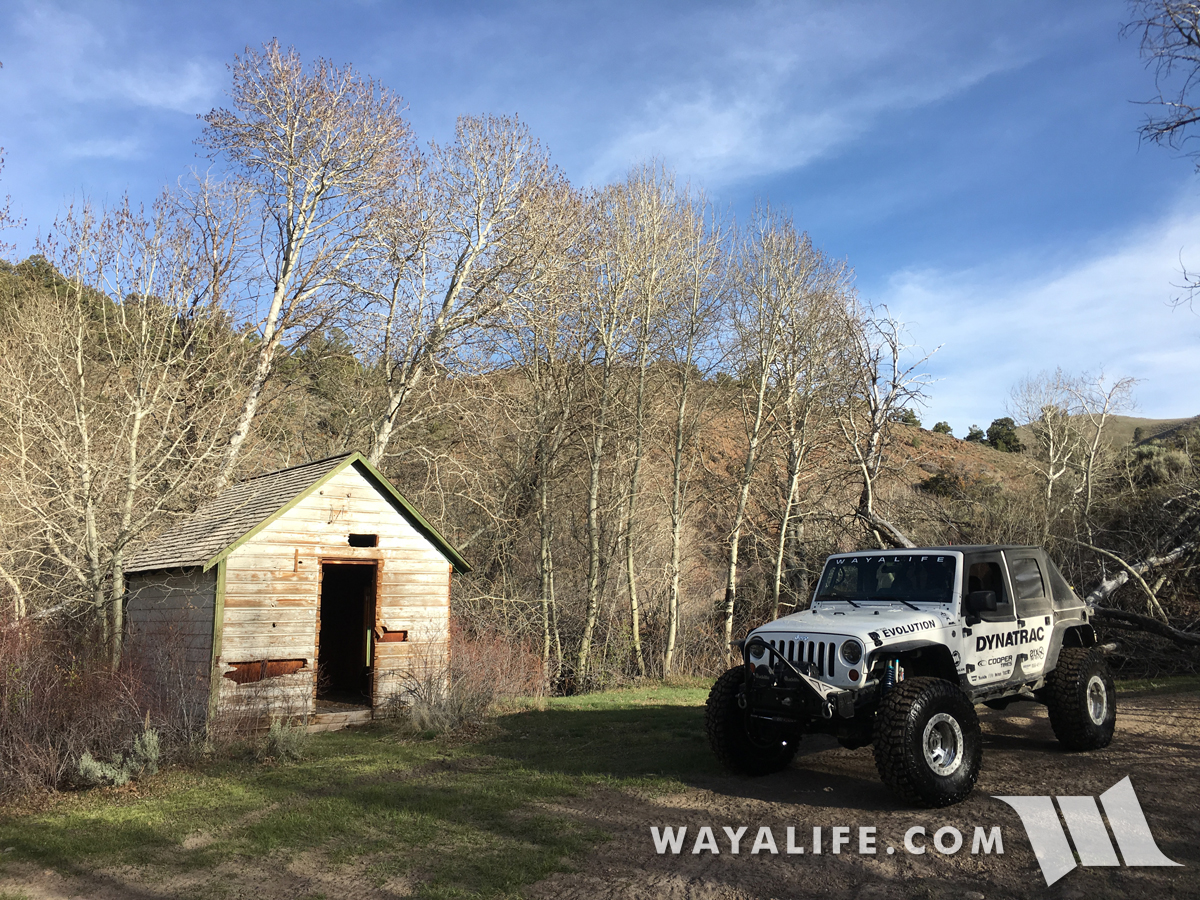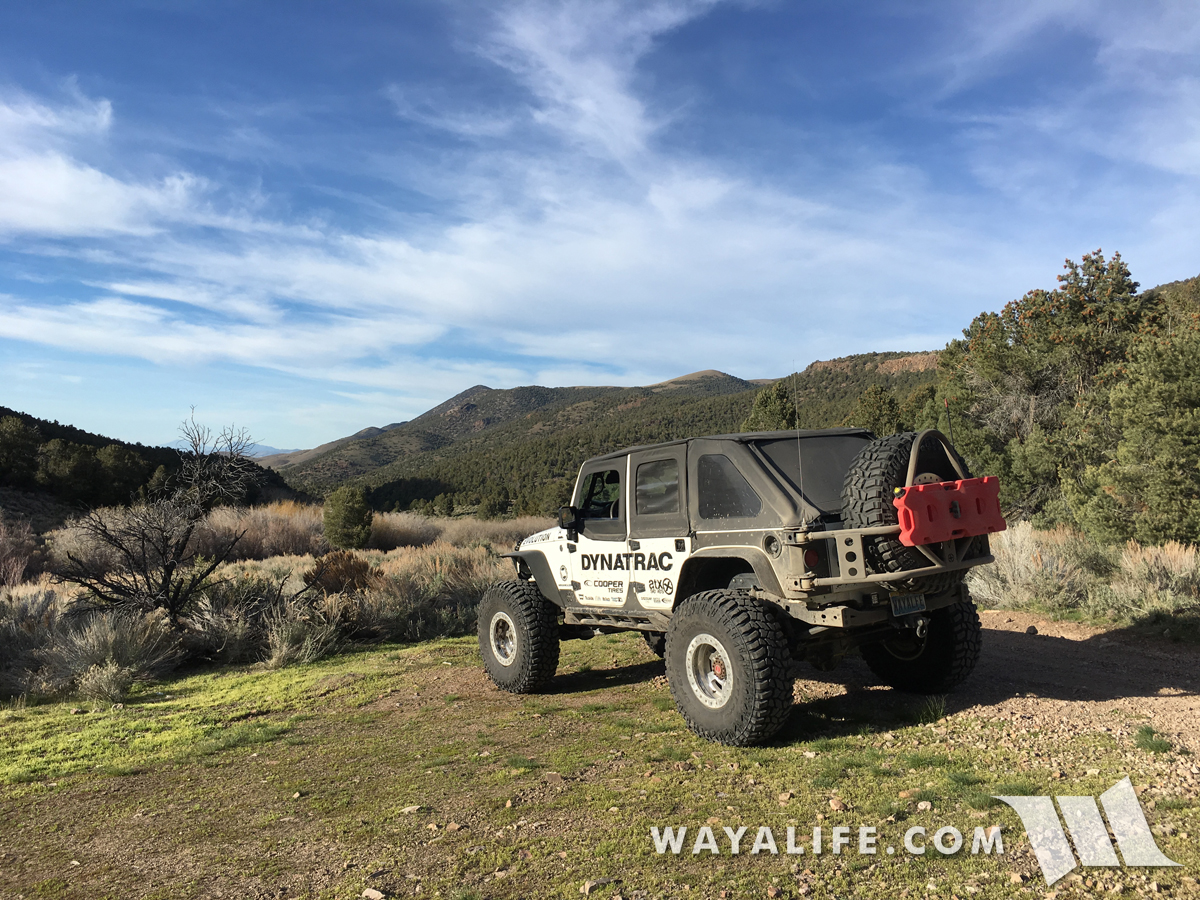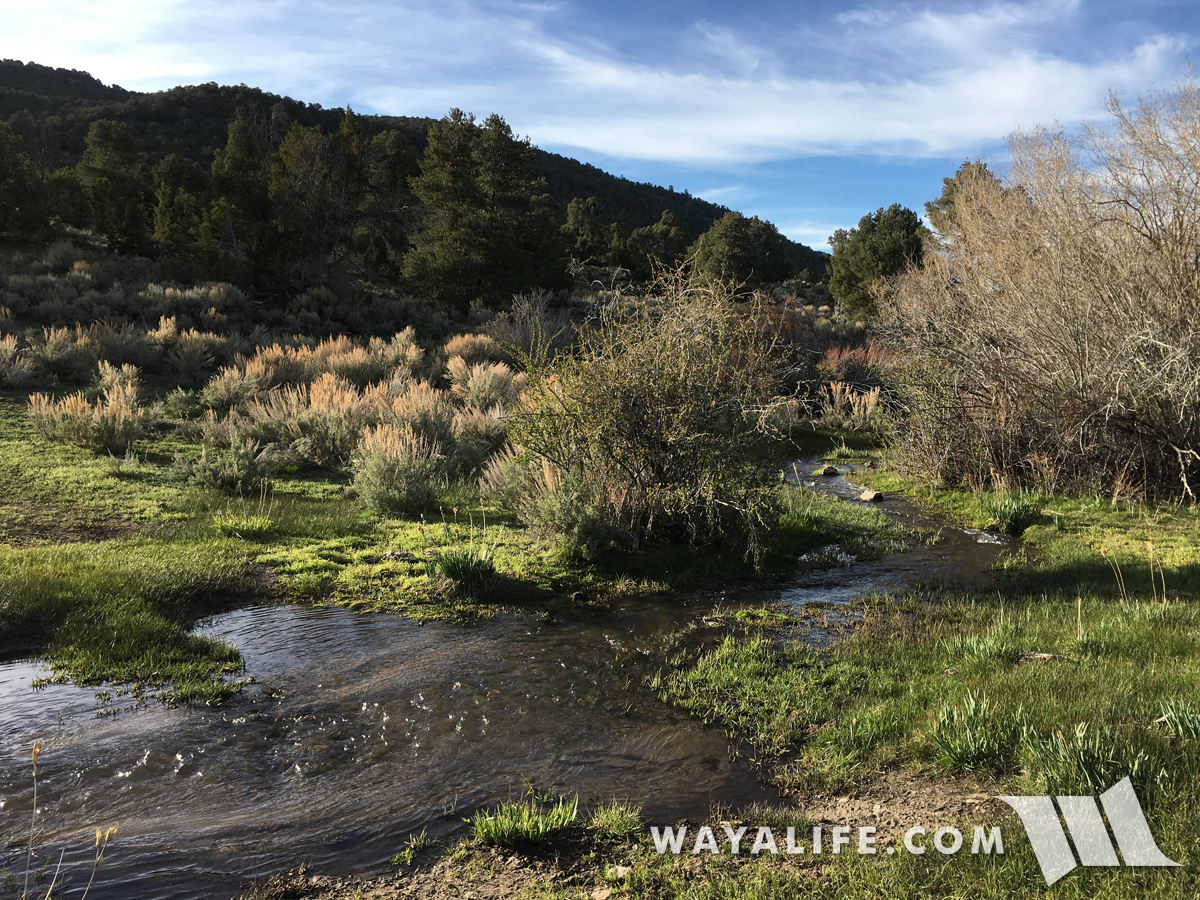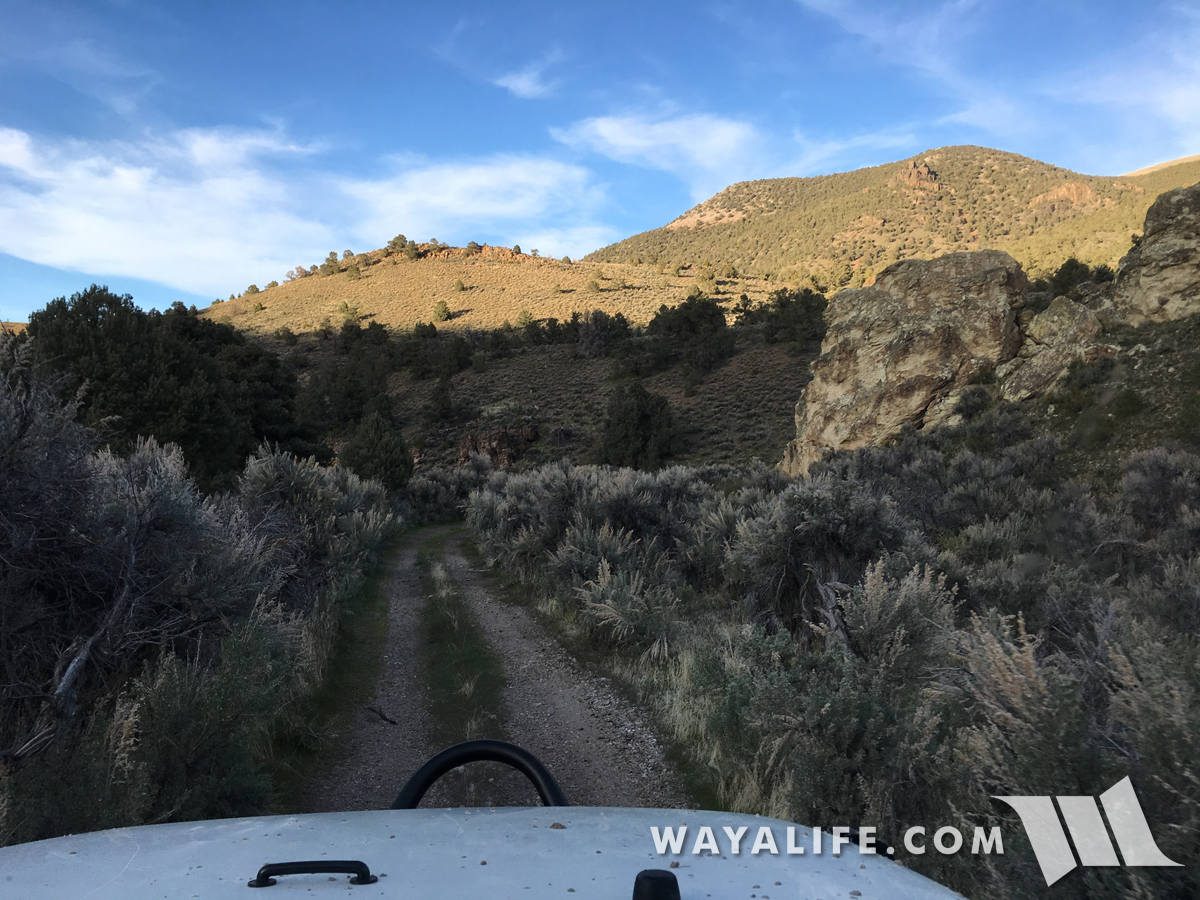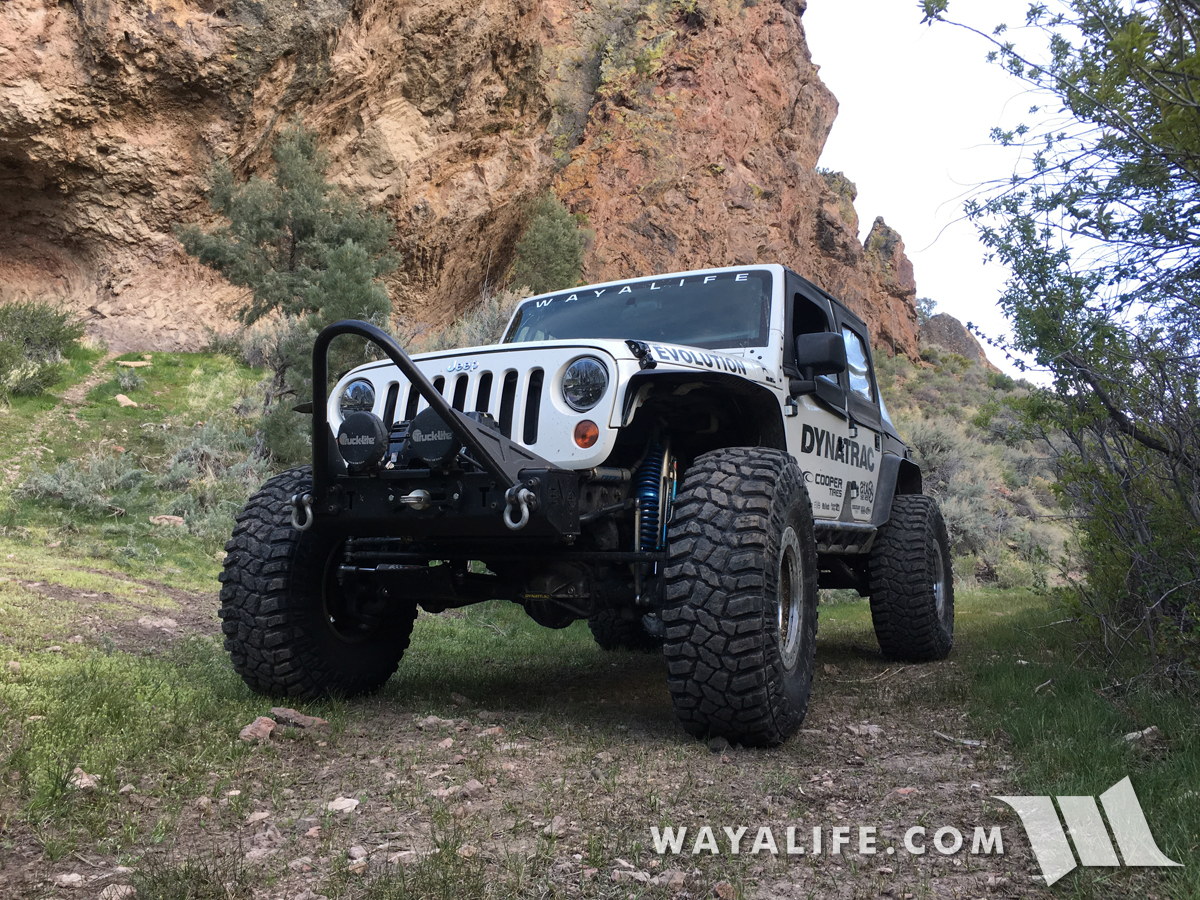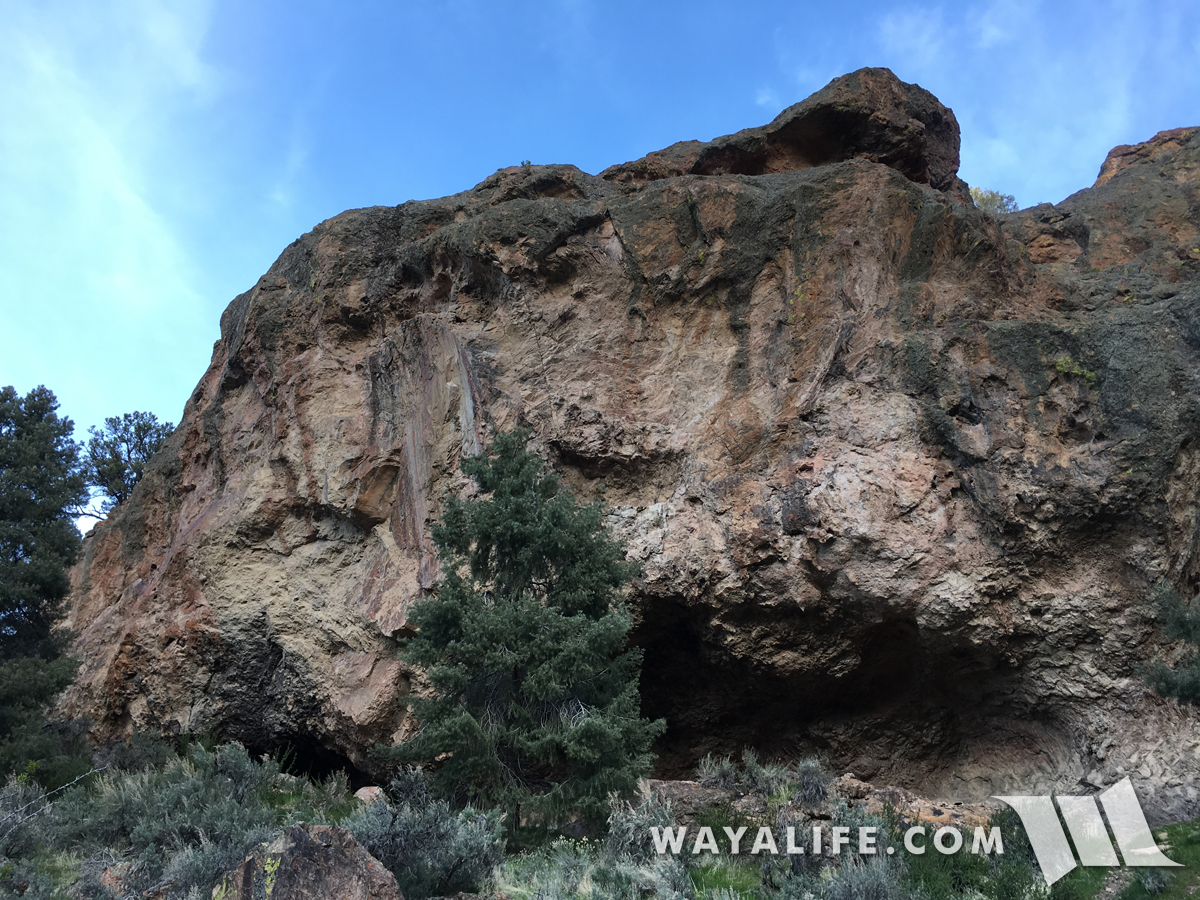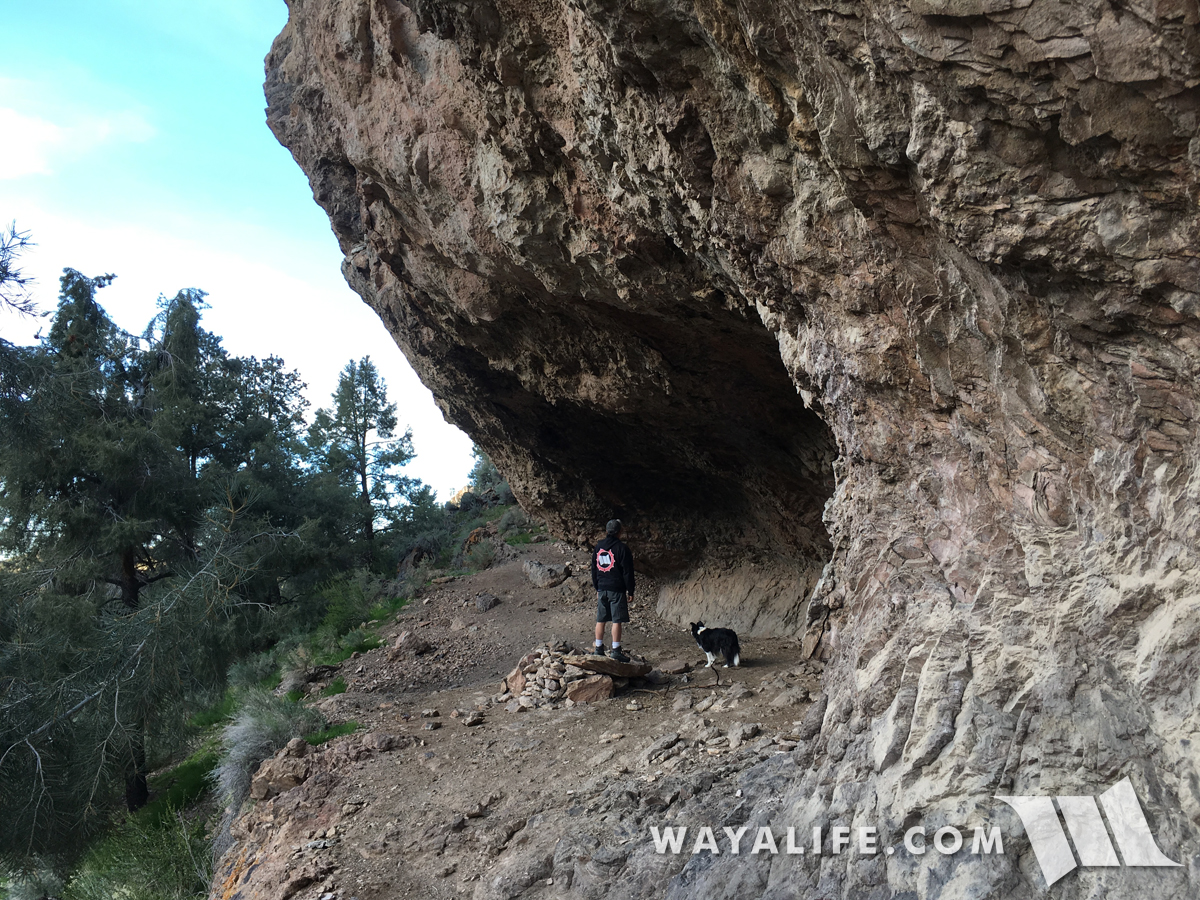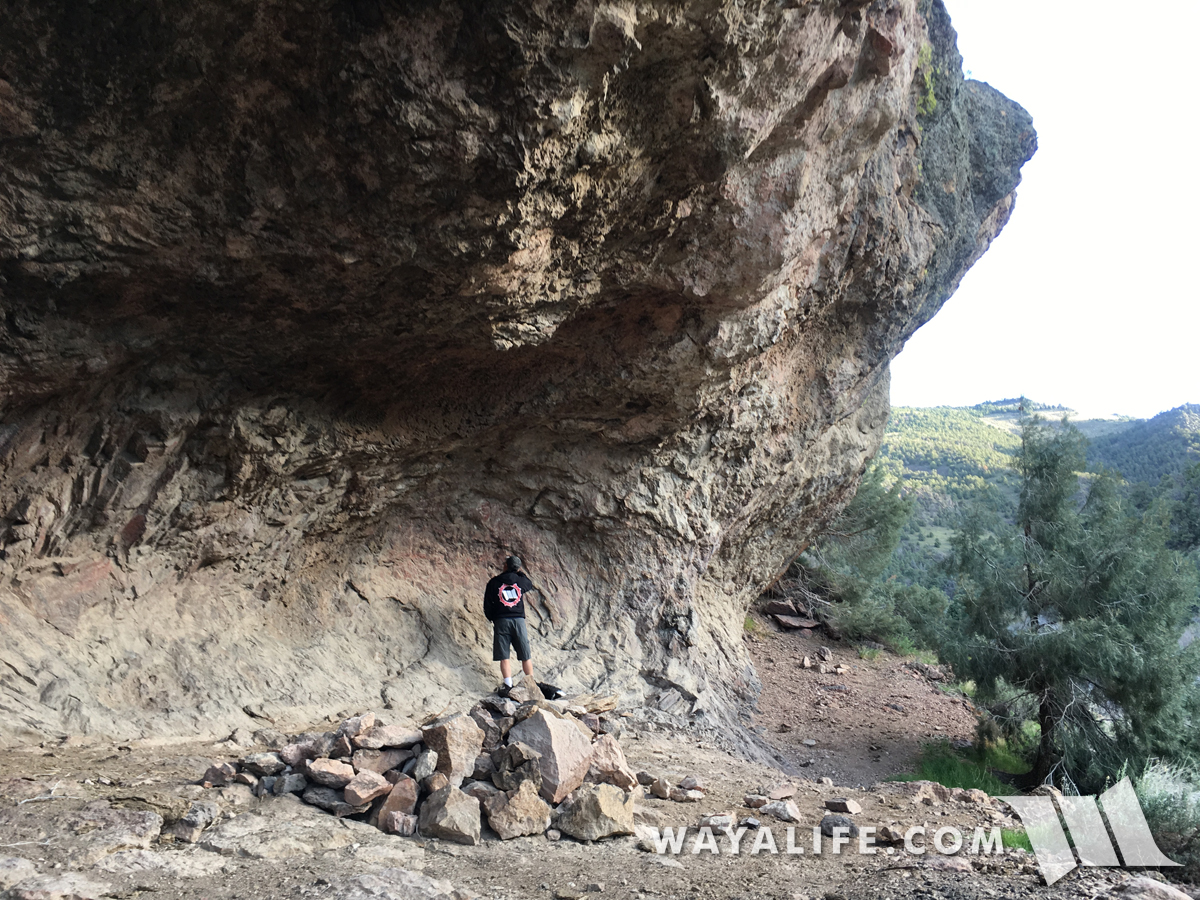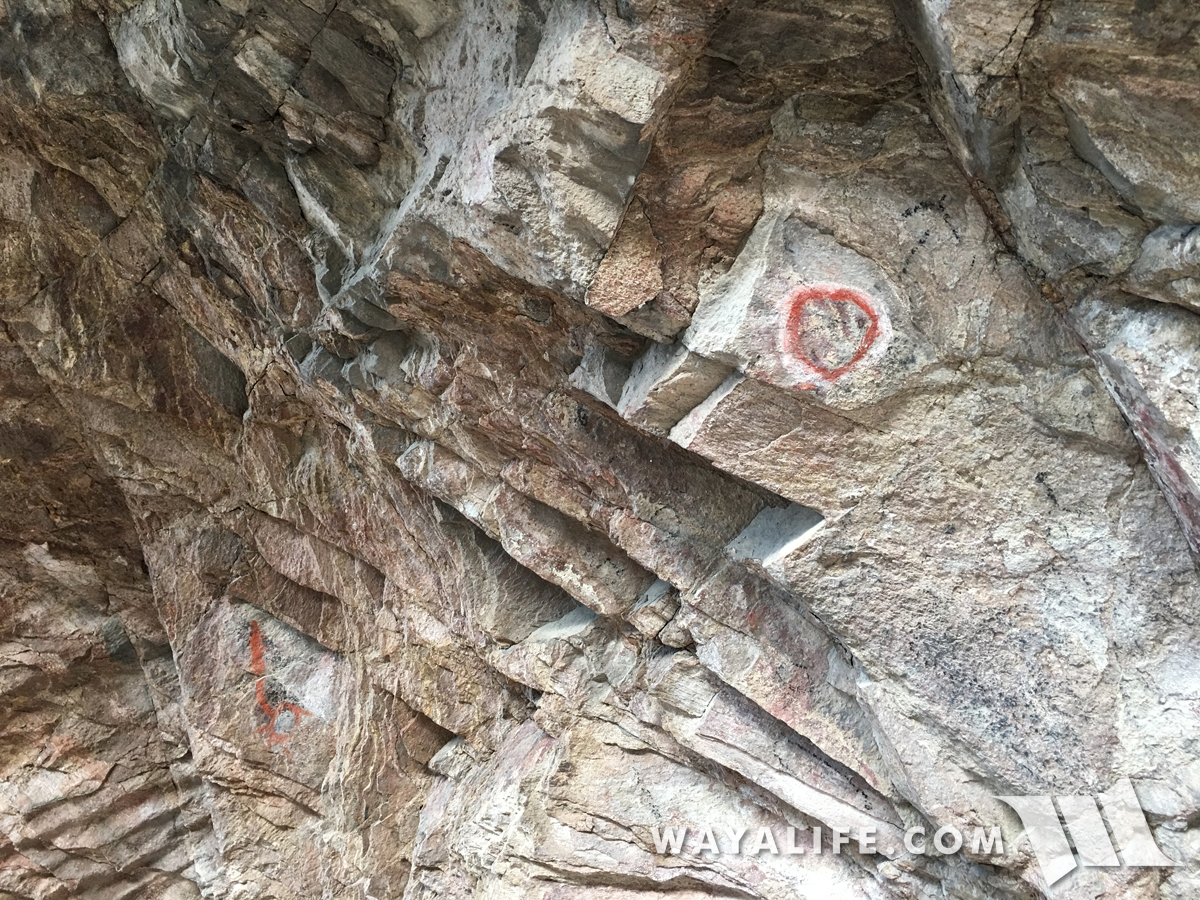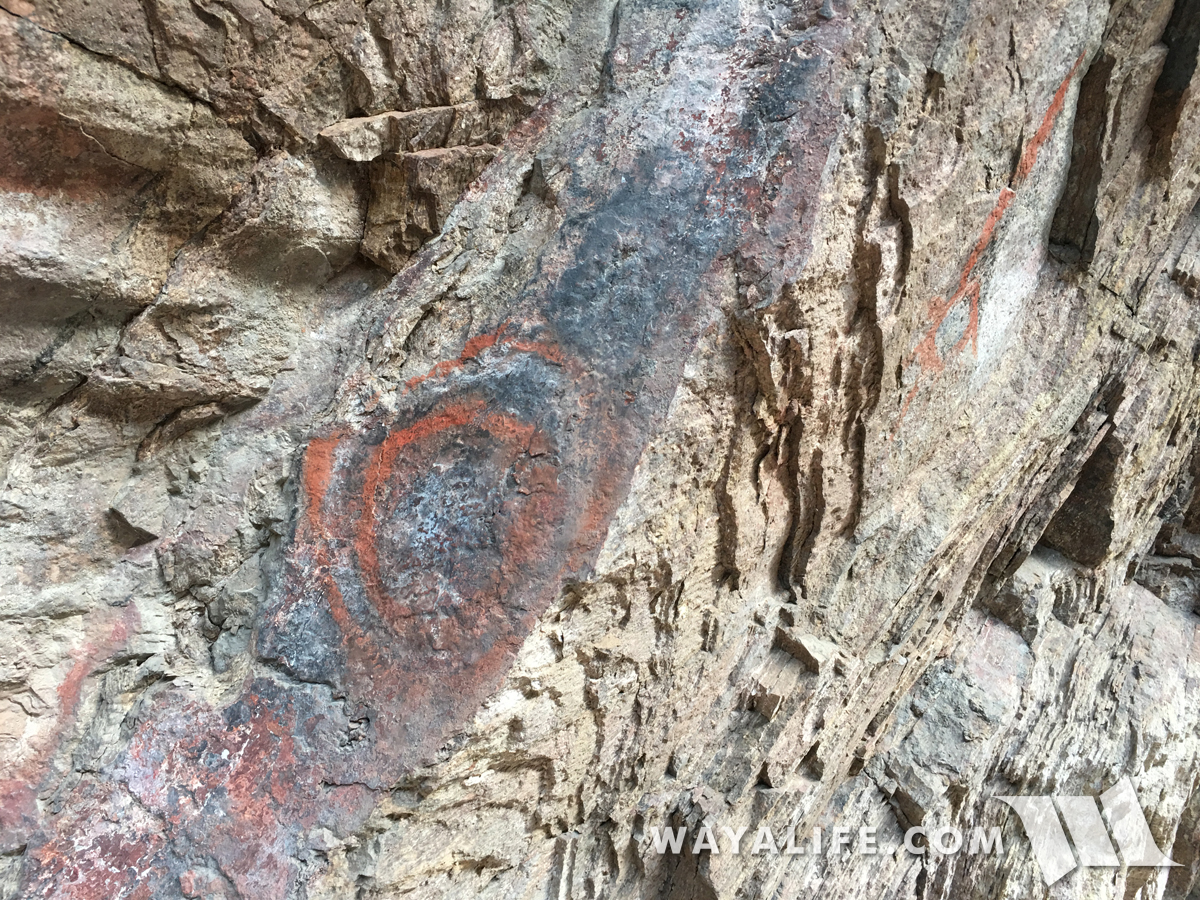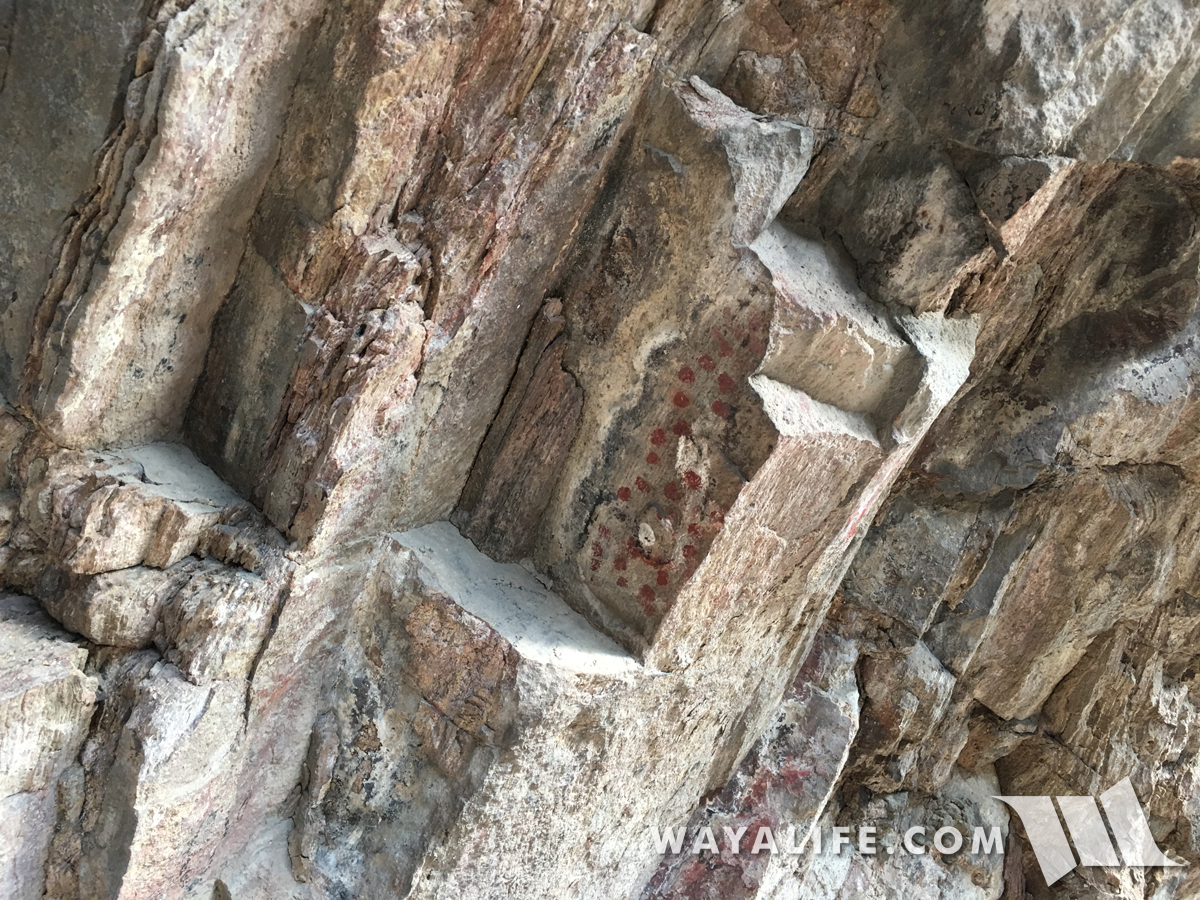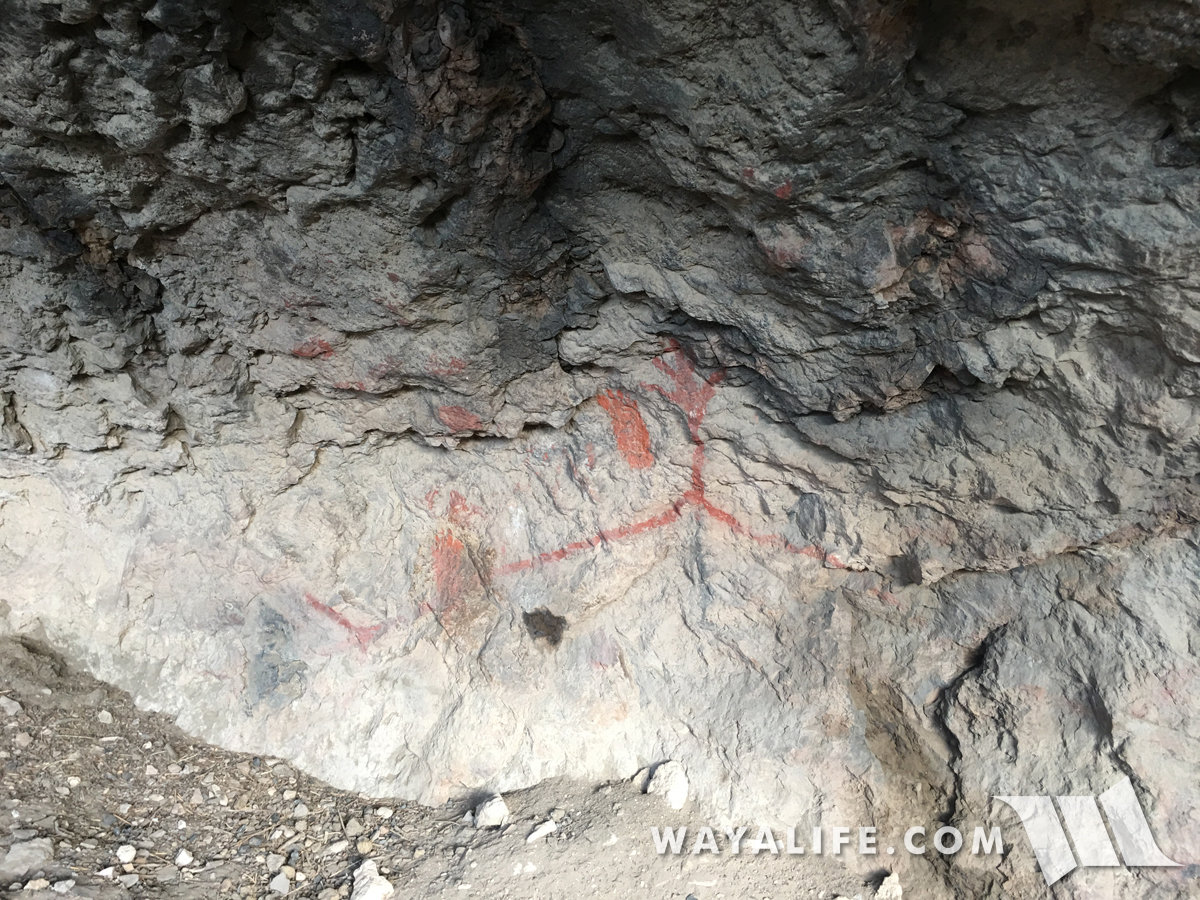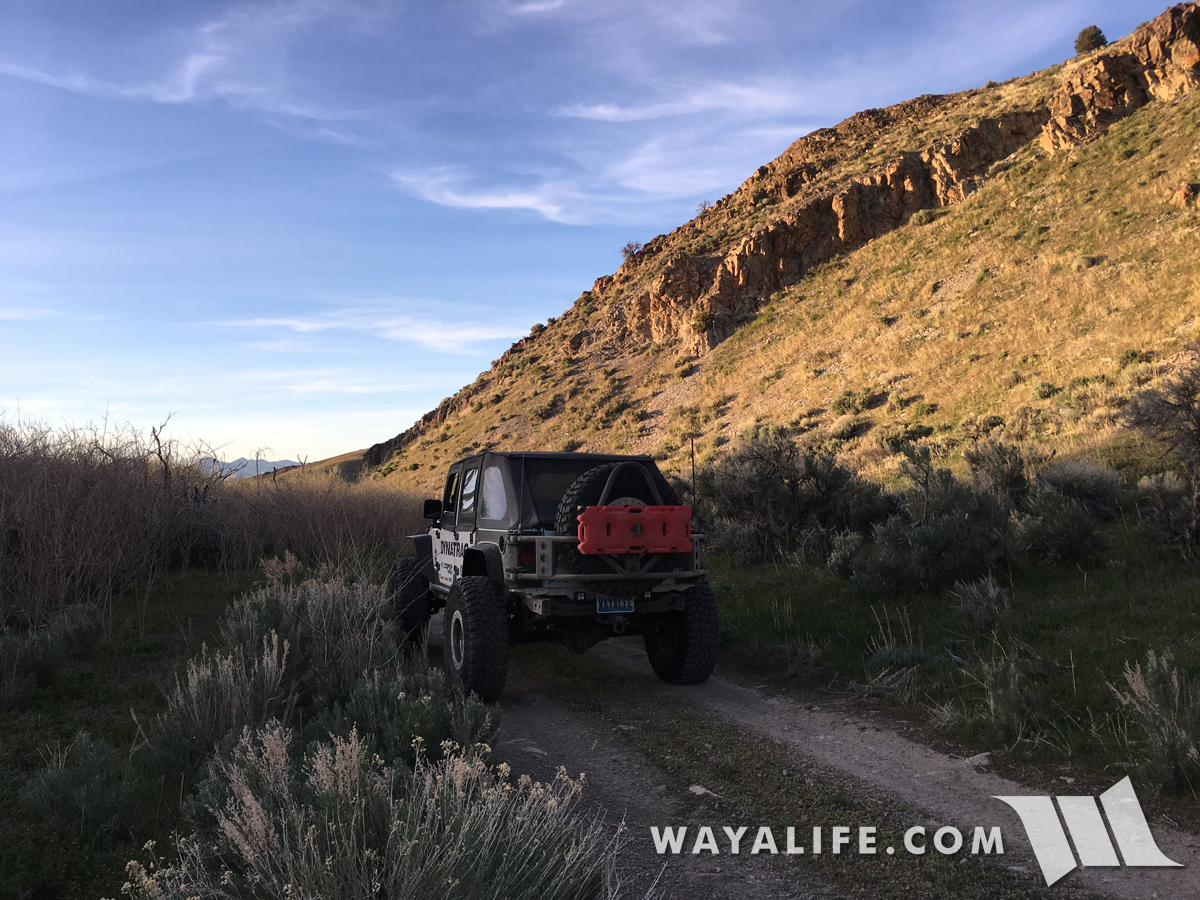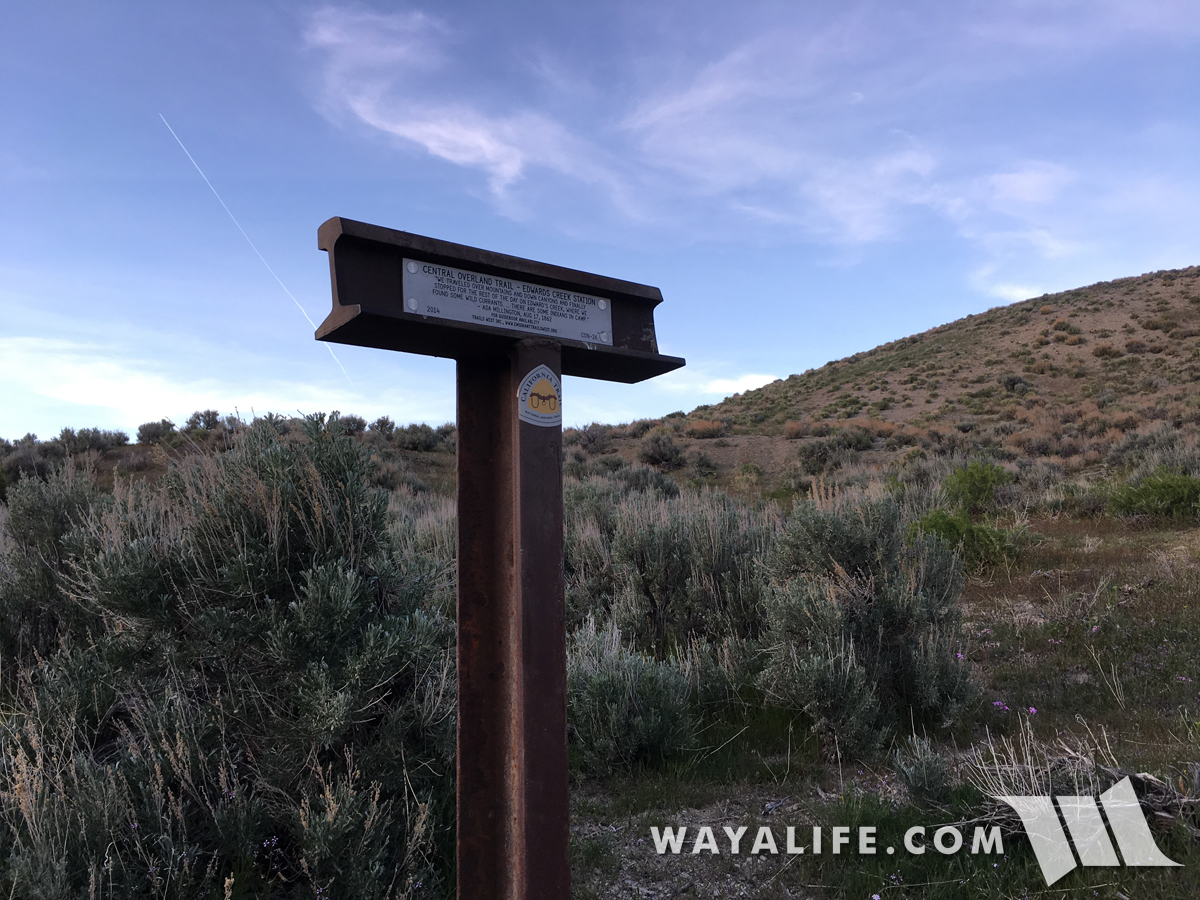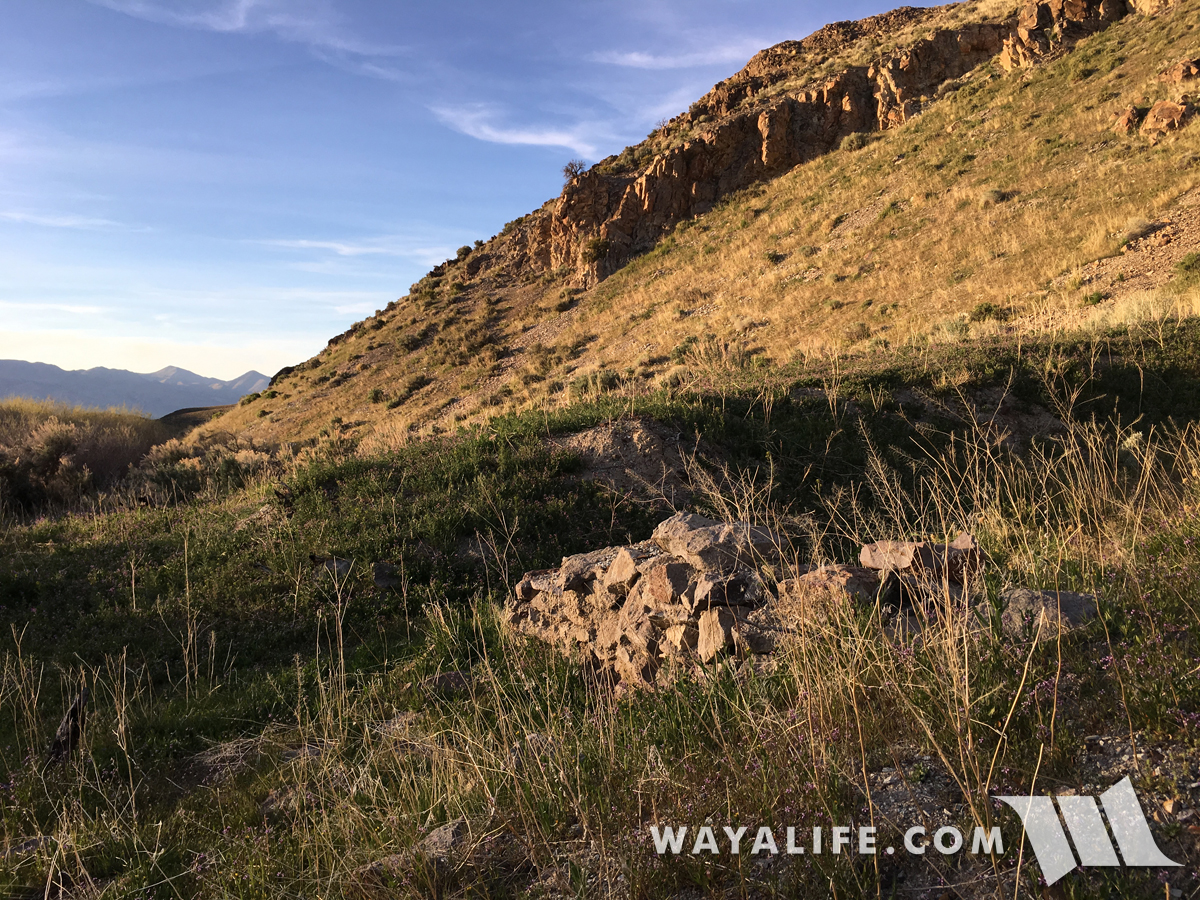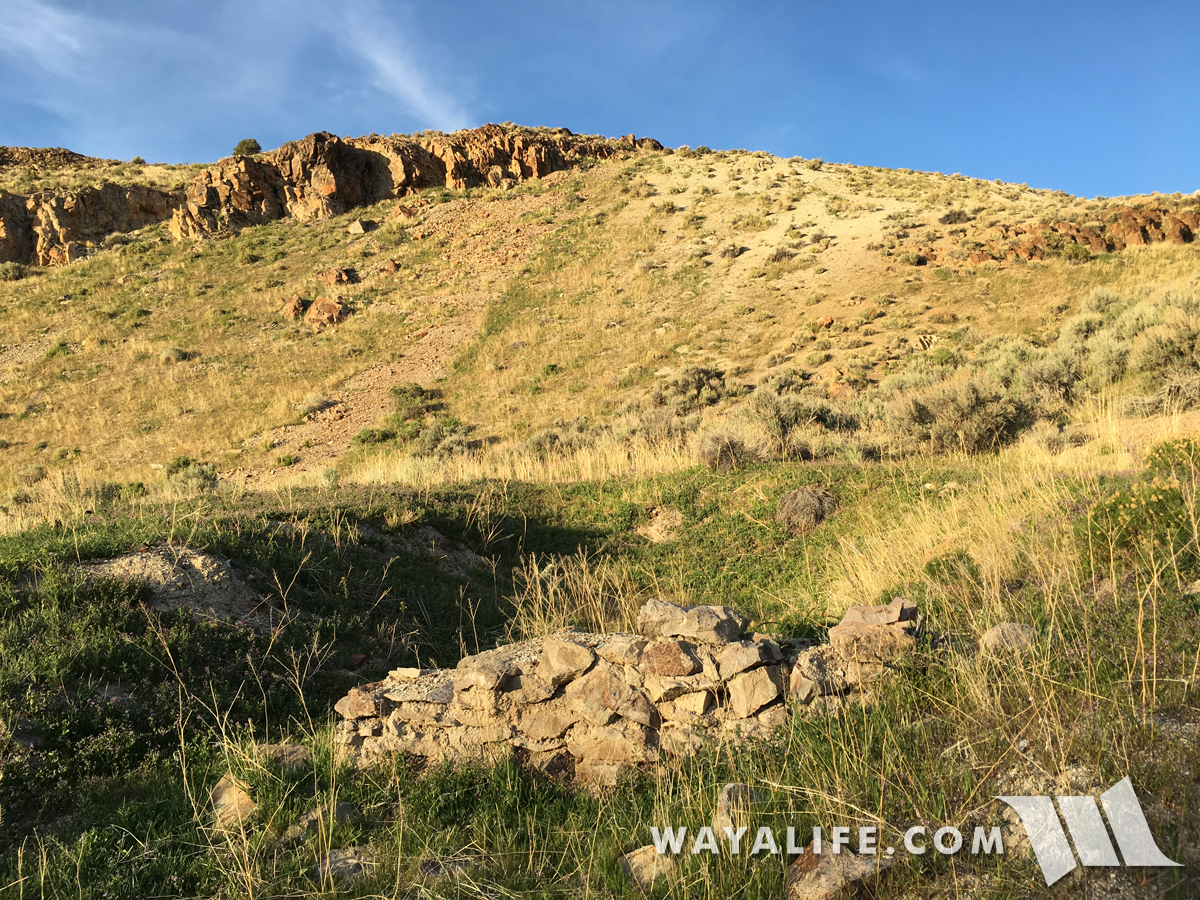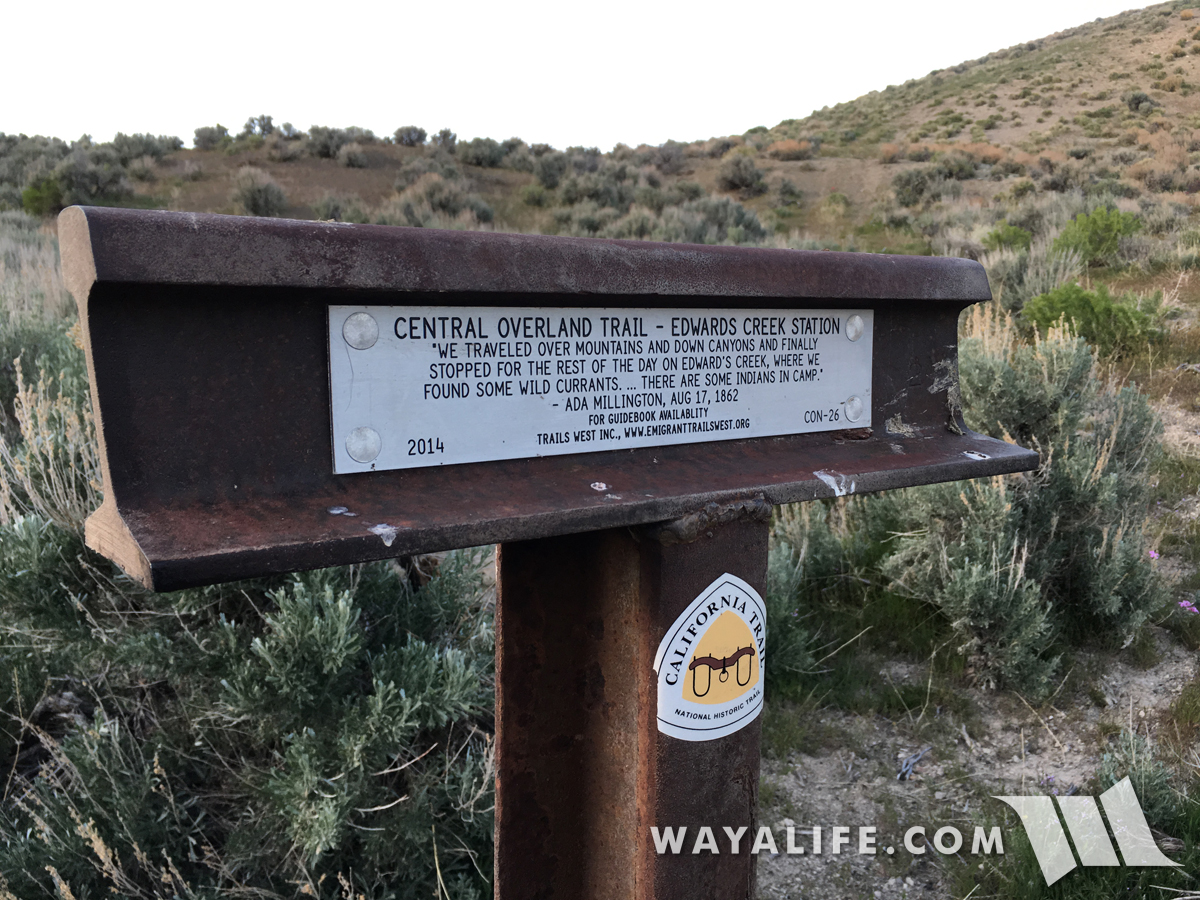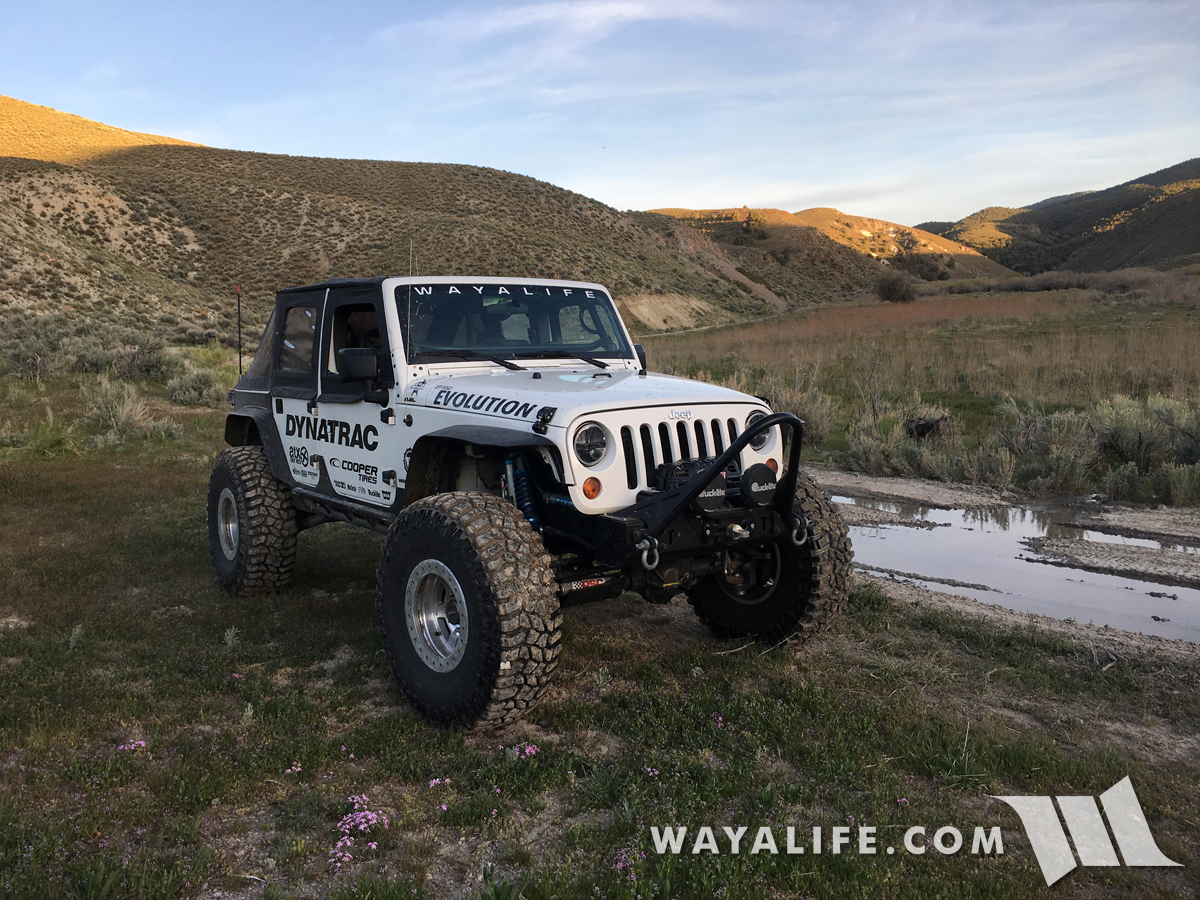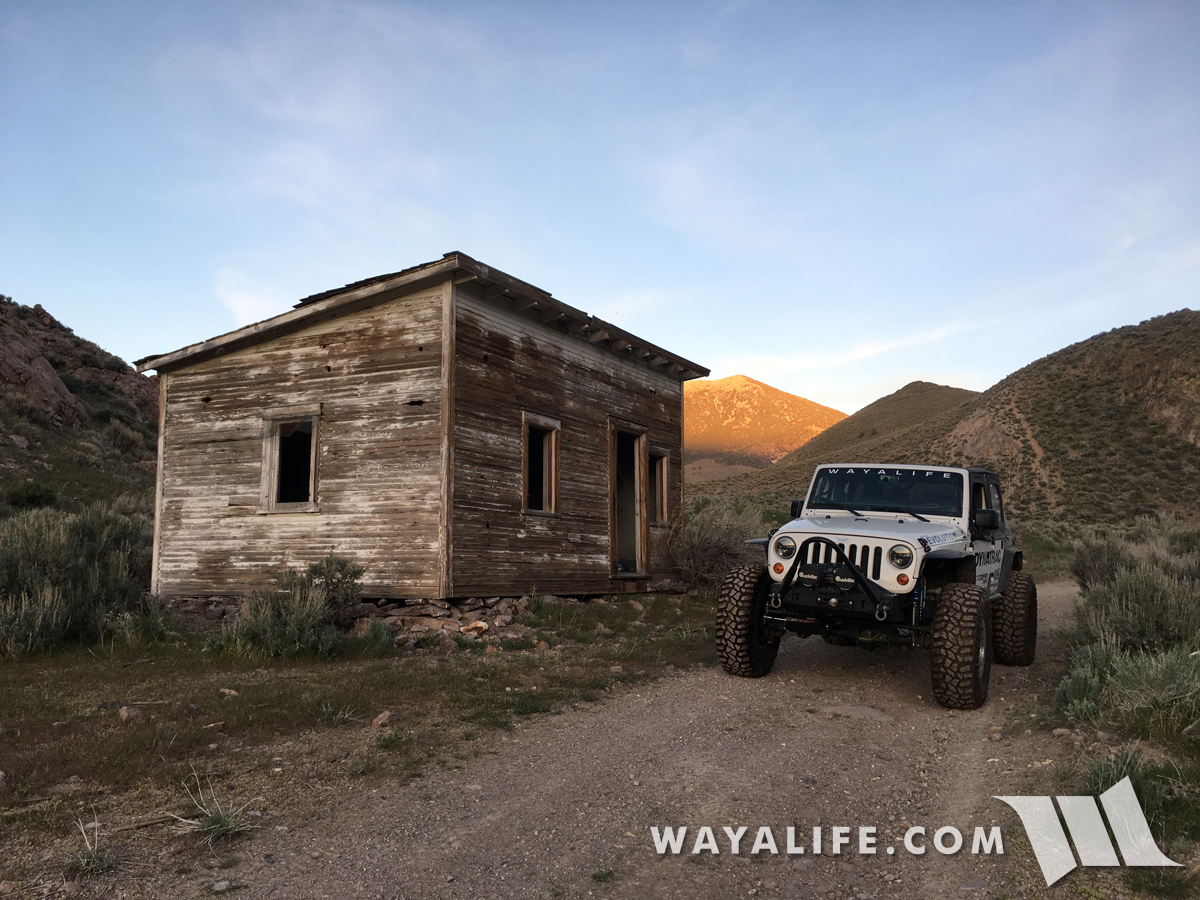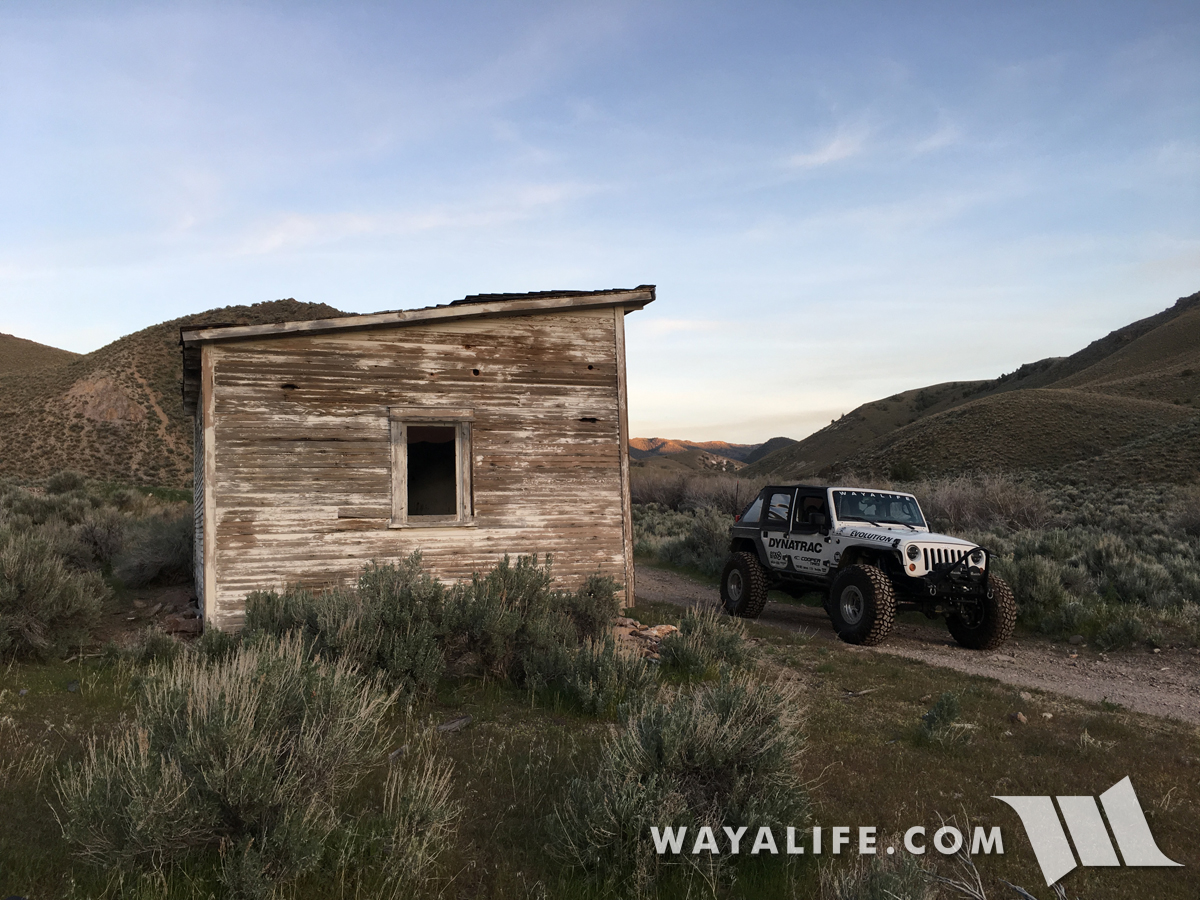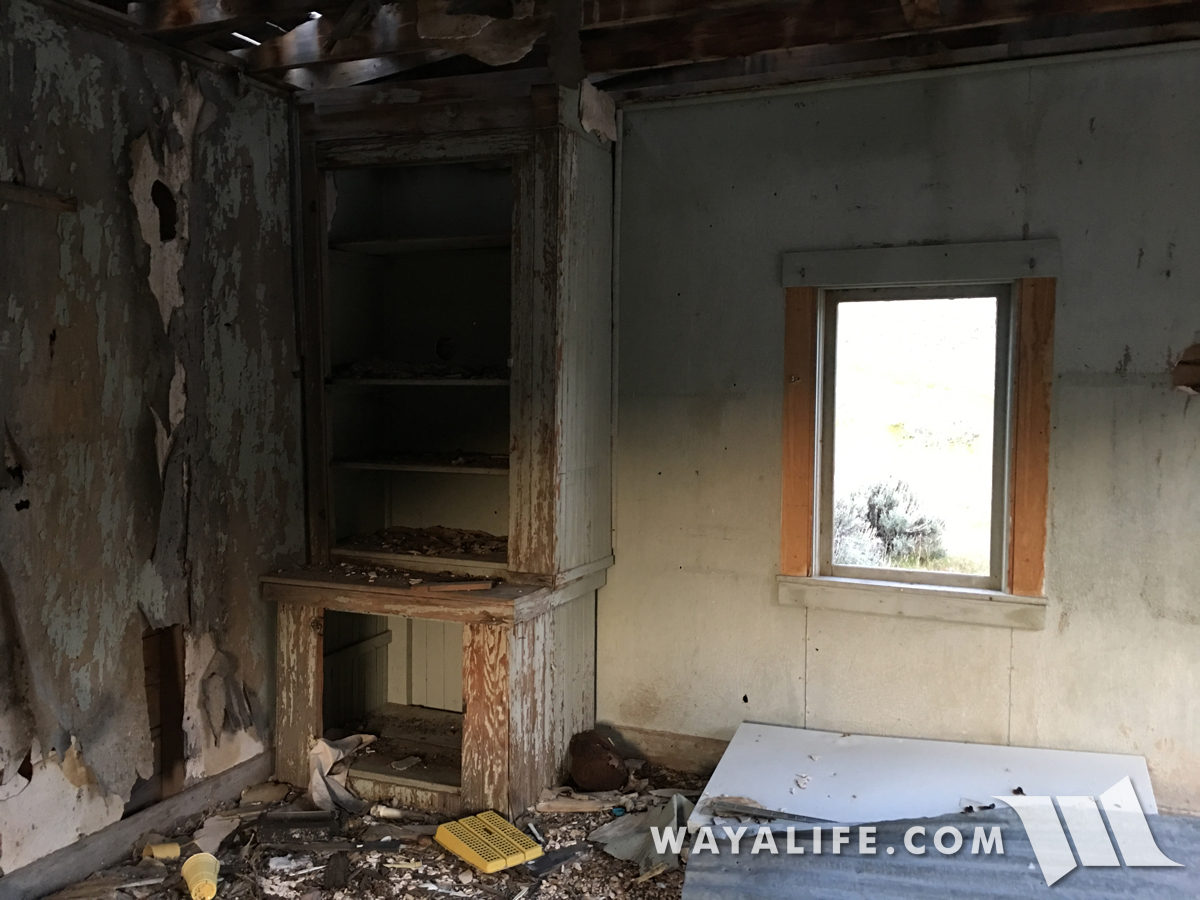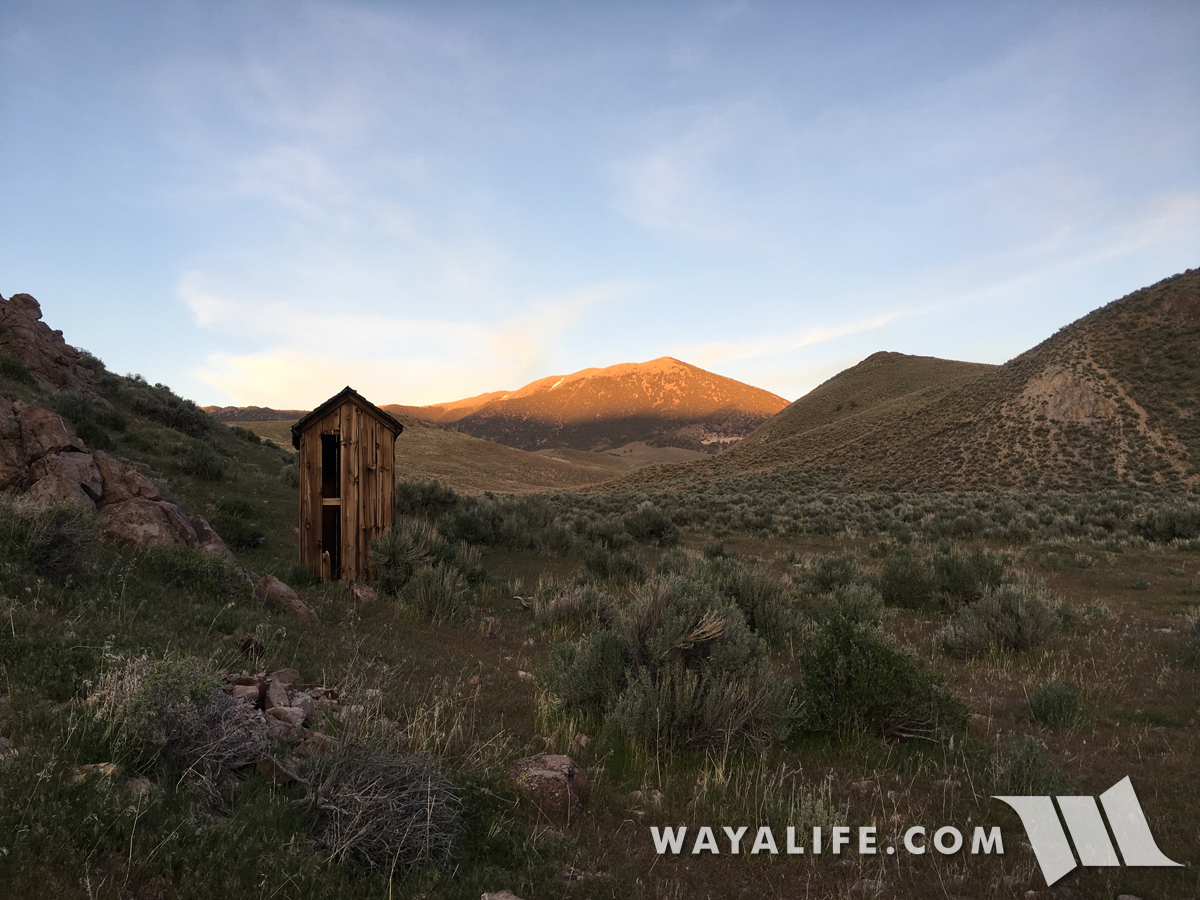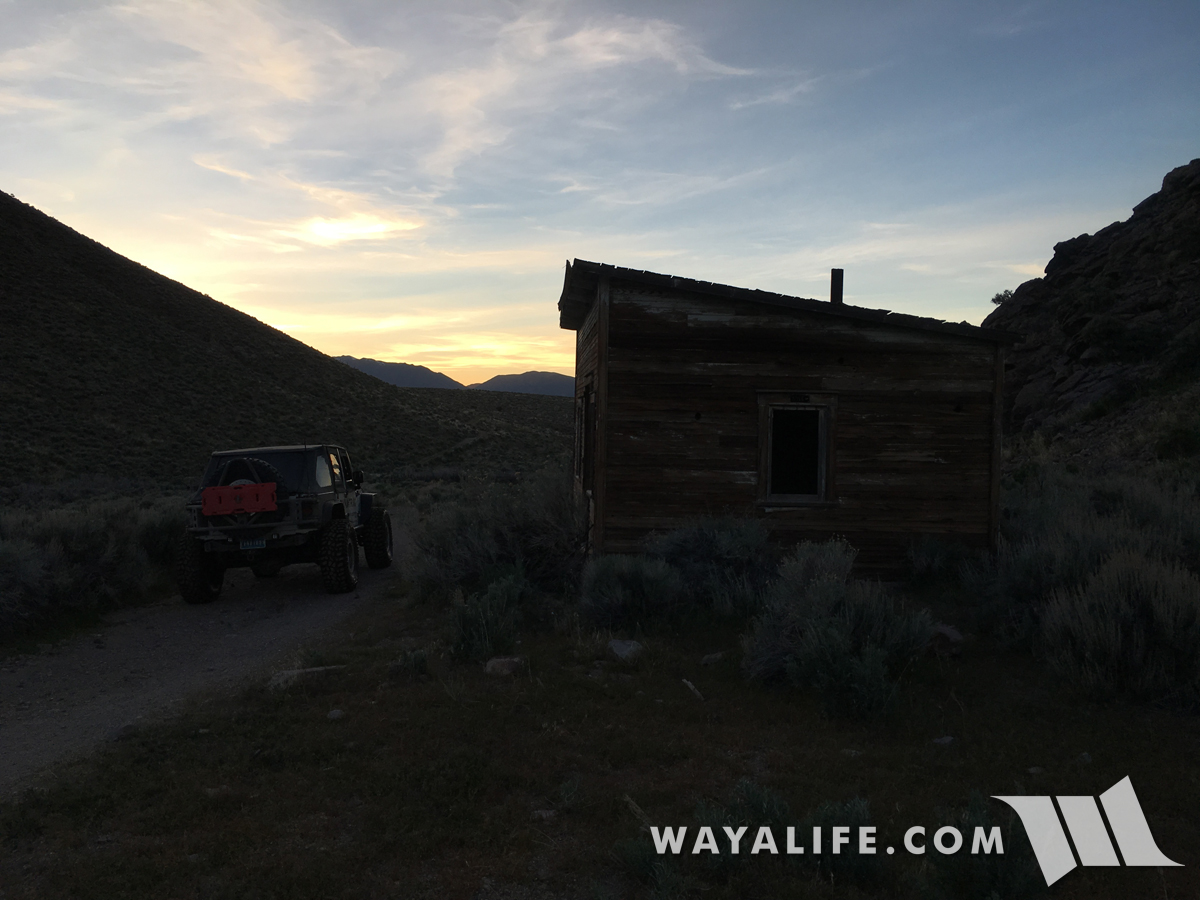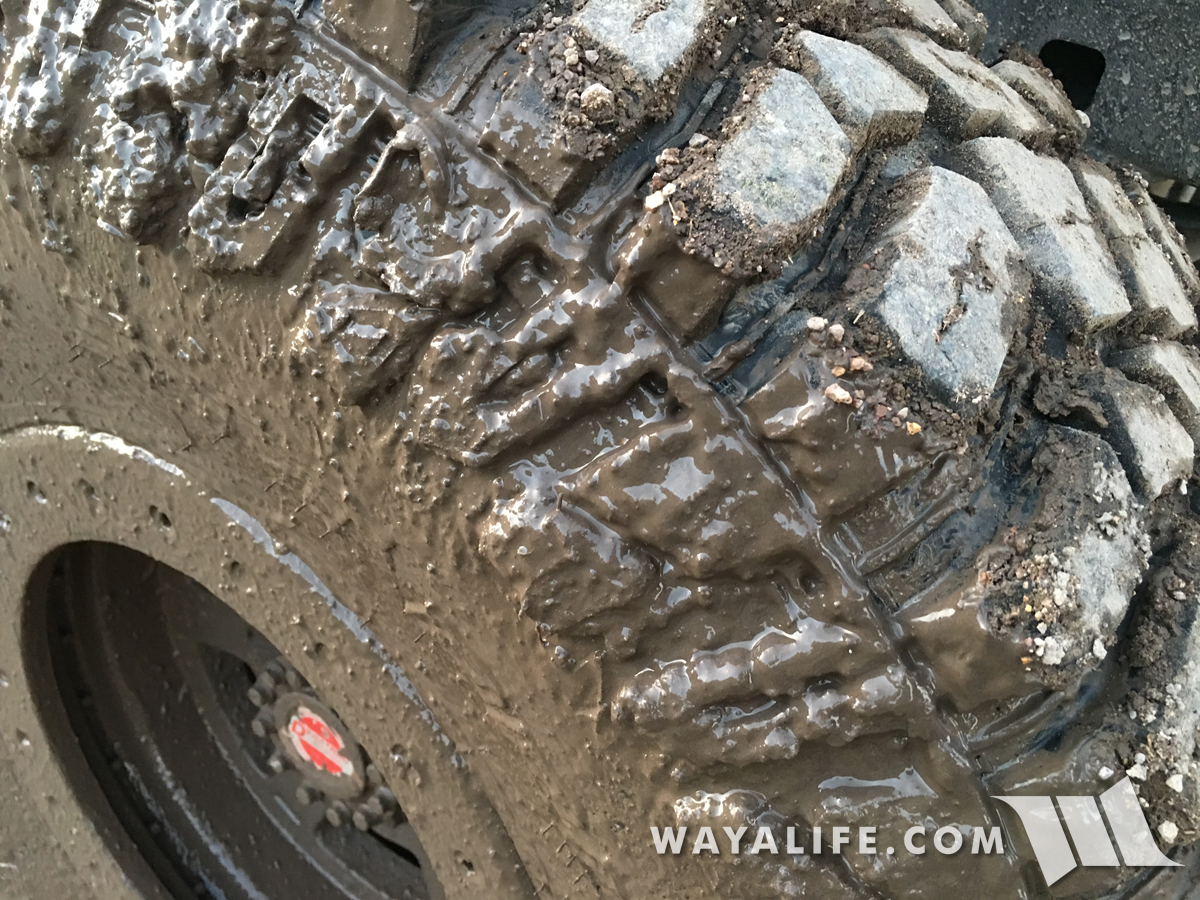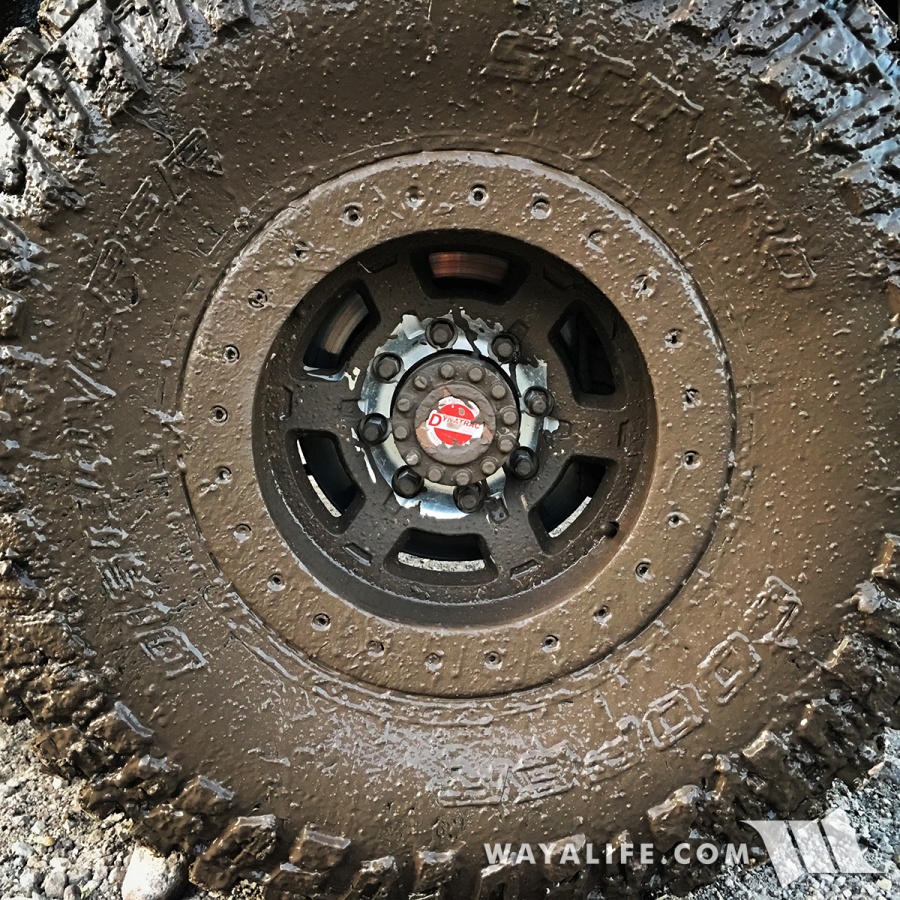With the weather starting to warm up a bit and the snow drifts finally starting to recede, Cindy and I have been trying to get out and explore more of the old historic overland routes that you can still traverse here in Nevada. We started this adventure up in the Toiyabe Range to scope out the back side of a route we weren't able to cross on our last trip, checked out some campgrounds for a future run and then made our way west along the old Pony Express Trail. Here are a few photos from the fun we had, I hope you enjoy.
Starting off our day up in the Toiyabe Range checking out a campground and potential future party spot.
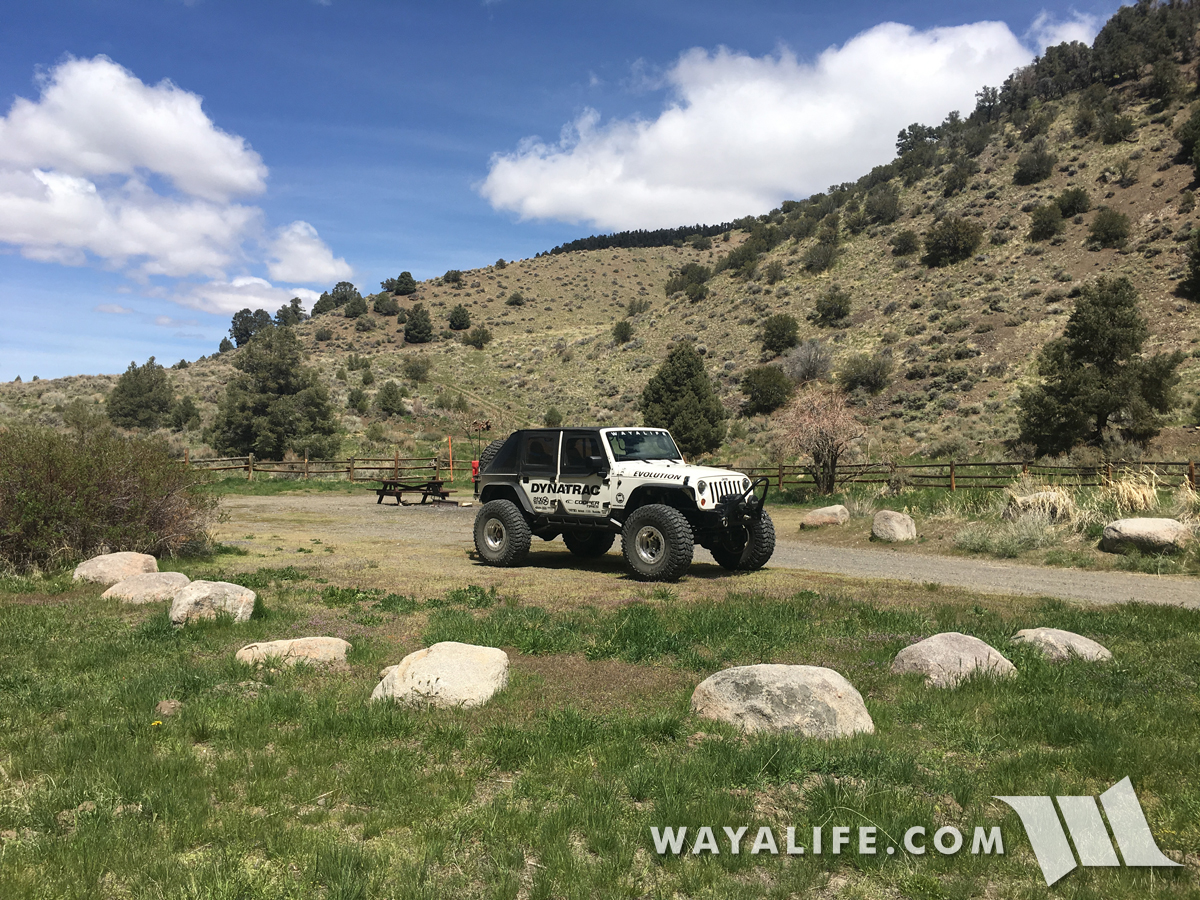

Plenty of room for a nice group.
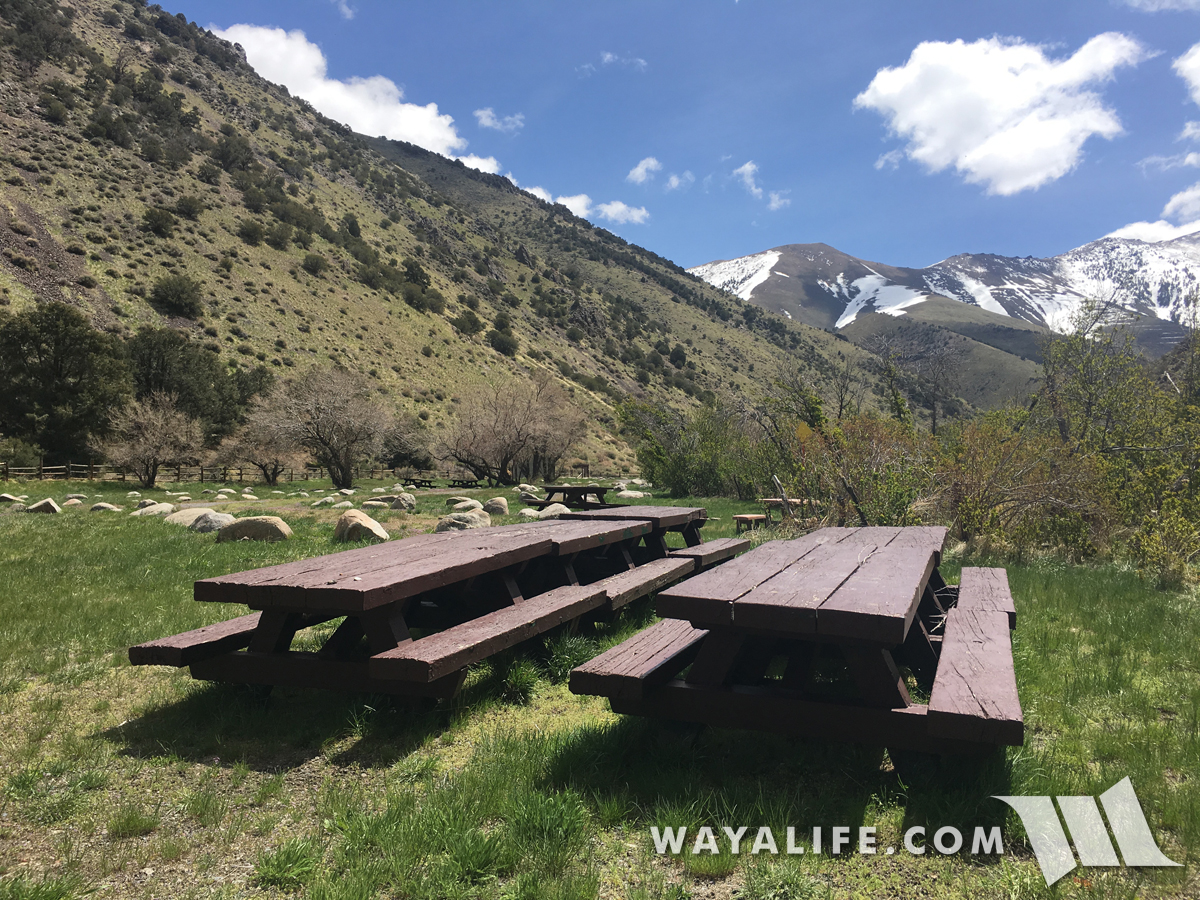
A nice flowing creek nearby is always a bonus.
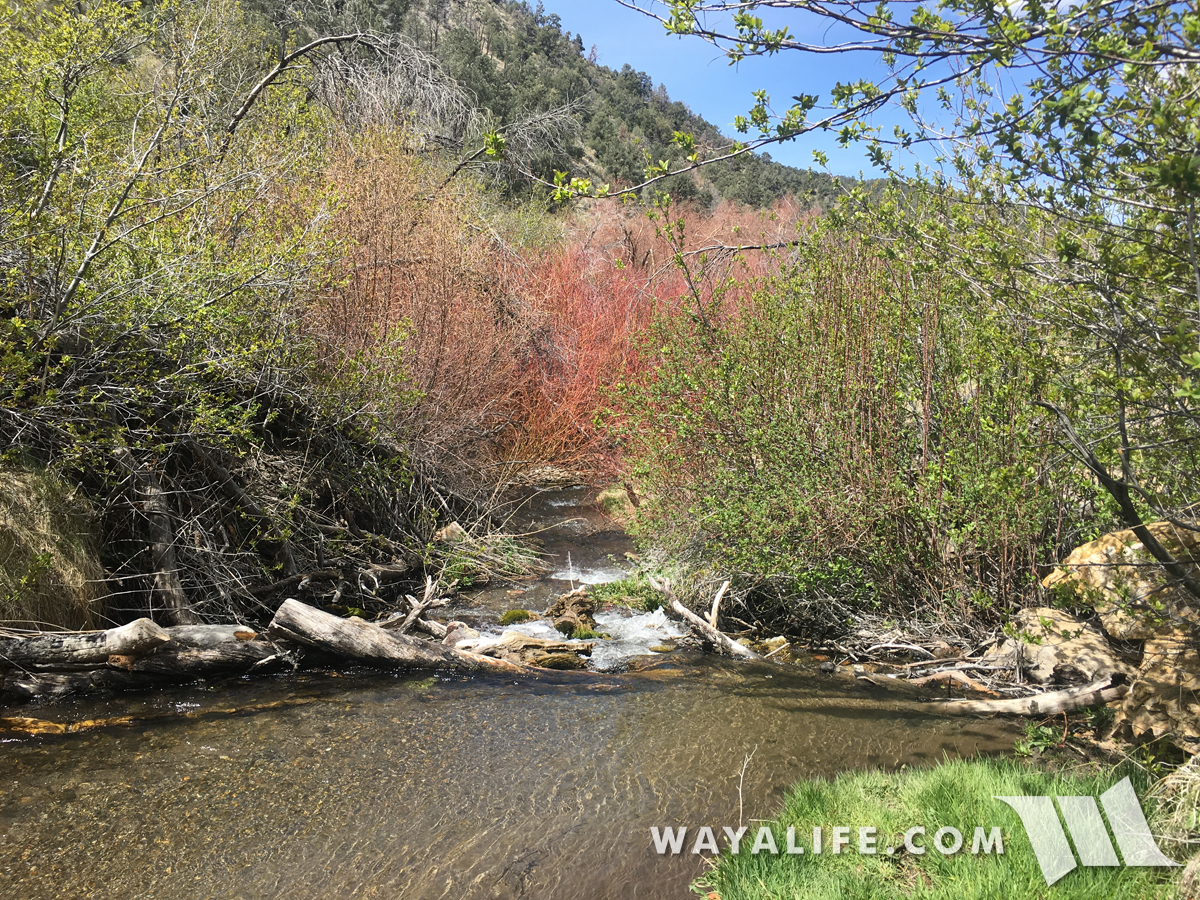
Before making our way west, we stopped in Austin to top off our tank and to check out the historic Stokes Castle which was built back in 1897 and used briefly as a summer home by J.G and Anson Stokes.
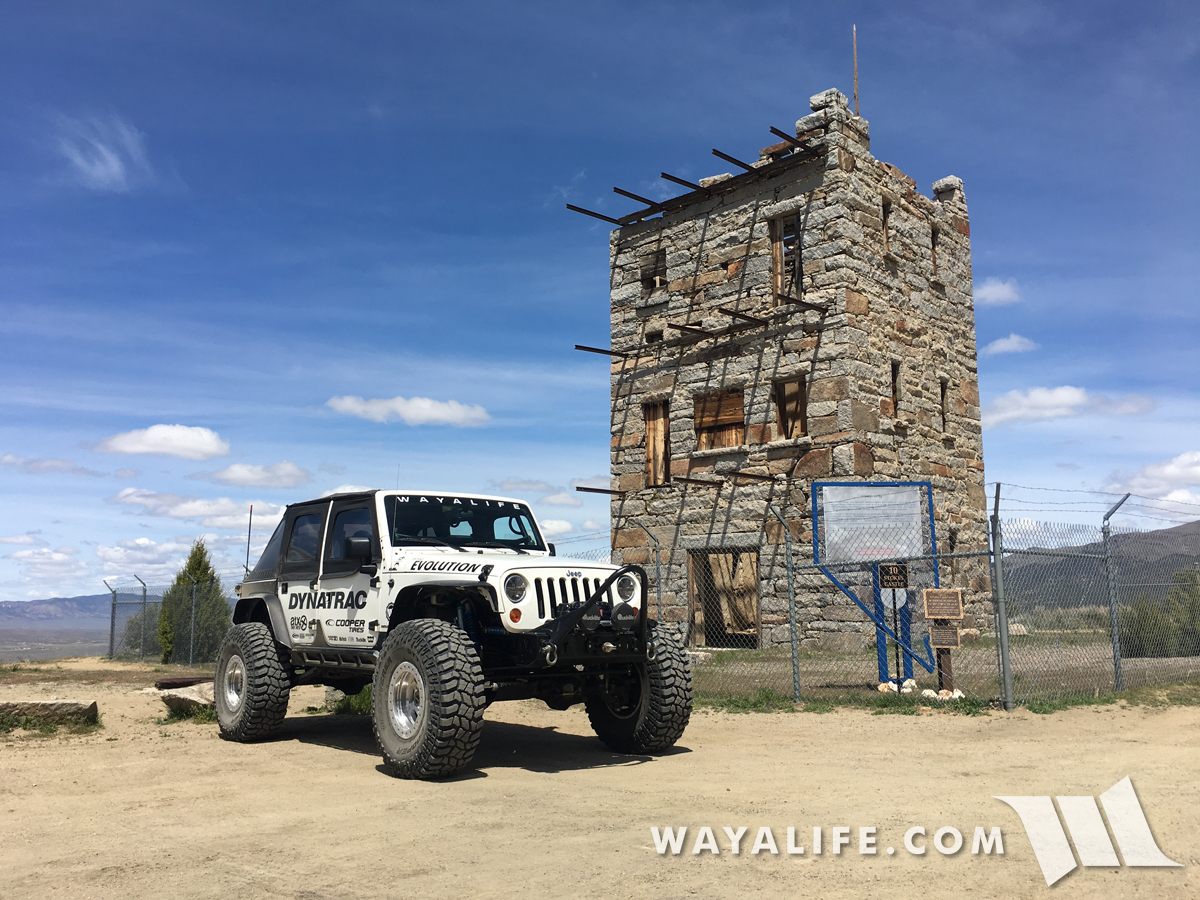
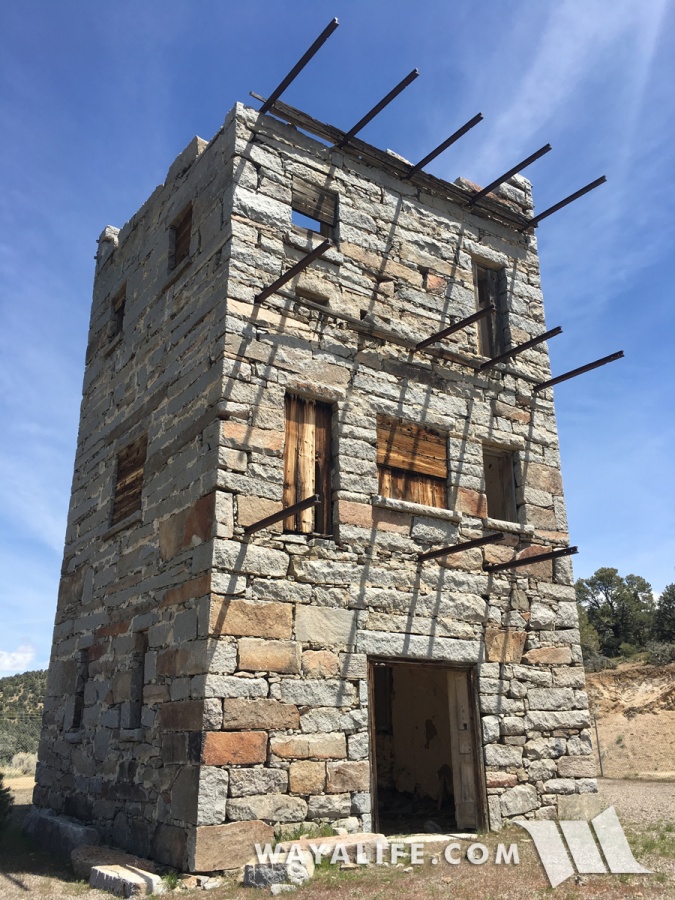
View from the castle looking to the south.
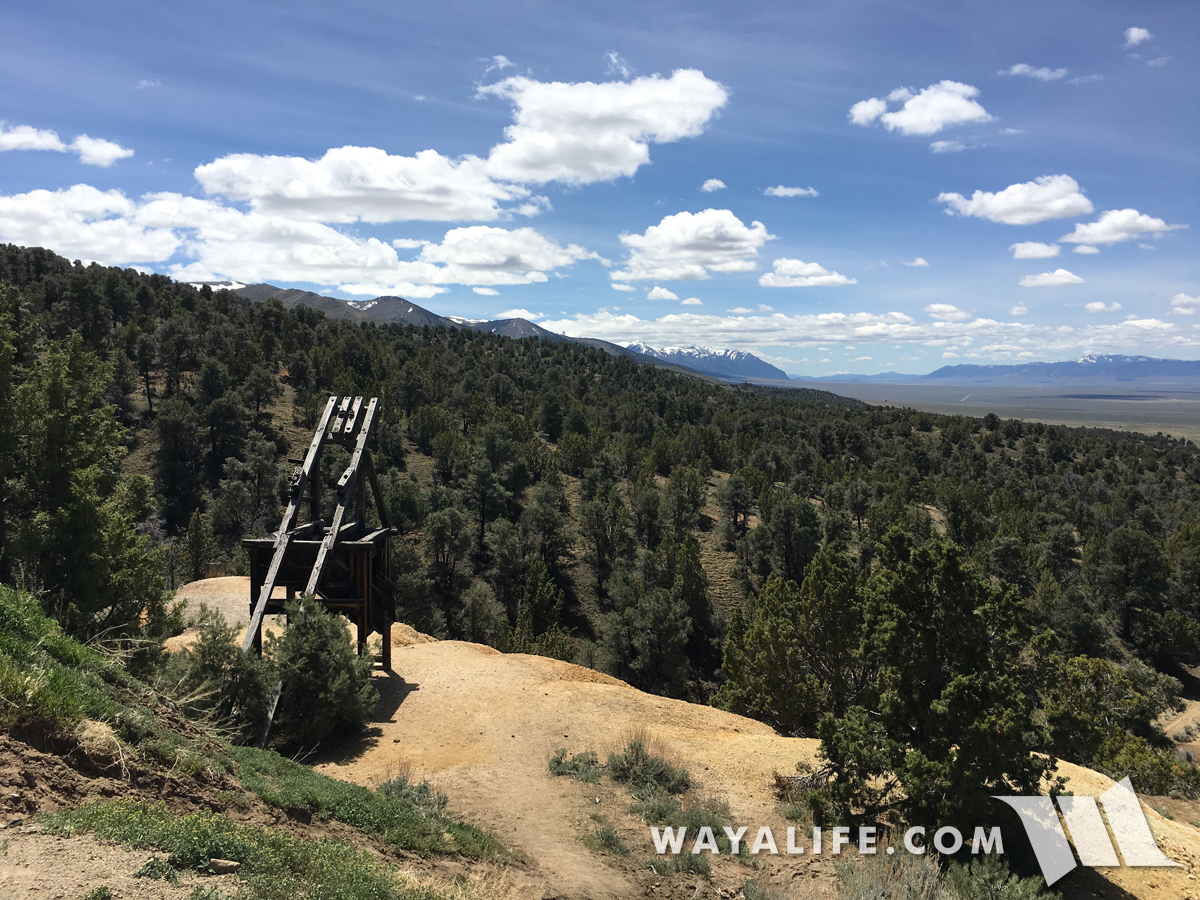
On the move again, we made our way down what we like to call, a "Nevada Superhighway" which is really just a long dirt road that goes on for miles and miles but is often times way smoother and faster to drive on than a lot of paved highways we've driven on all across America. However, on this particular morning, we did run into a bit of traffic.
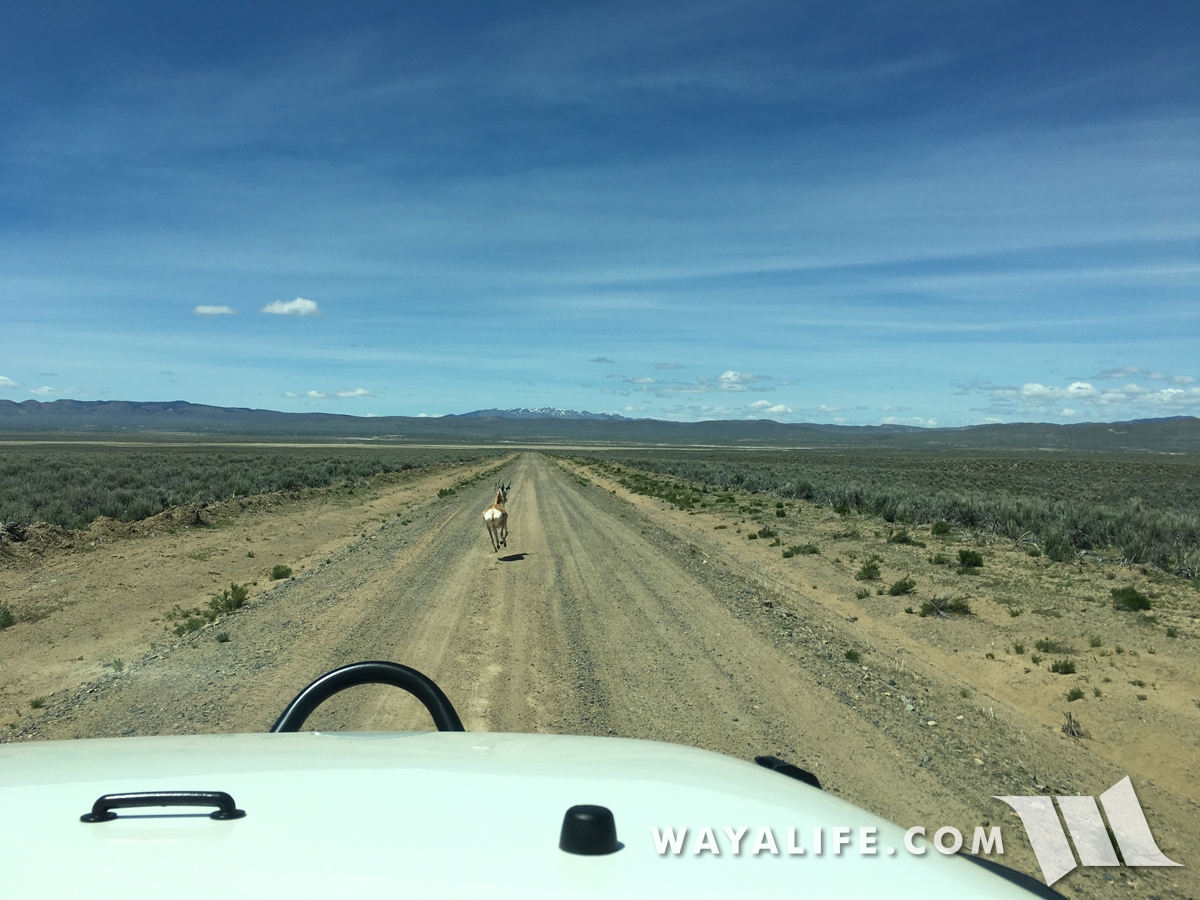
Well, this would have been our route. Thanks to the crazy winter we had this year, many of the dry lakes out here actually had water in them. While the water was very shallow, attempting to cross it would have left us in a sticky situation.
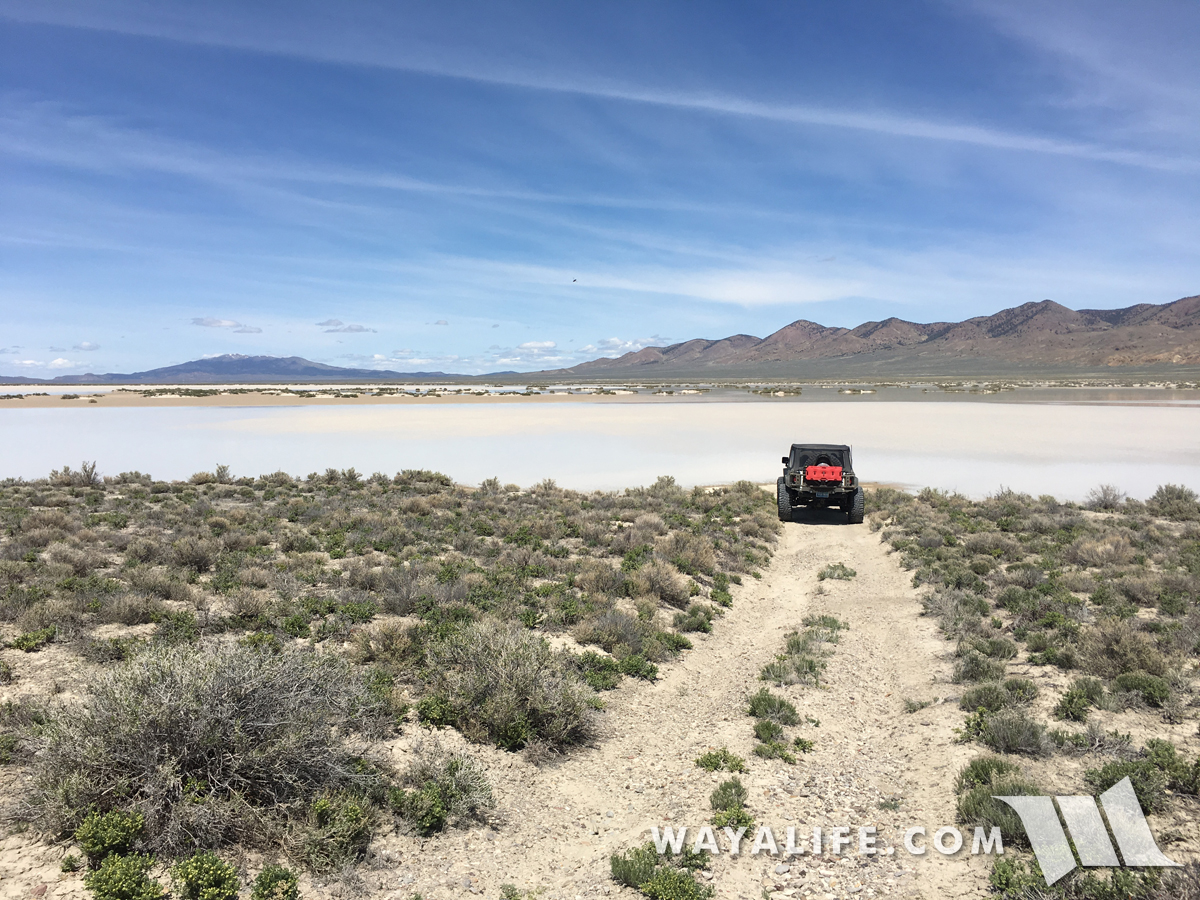
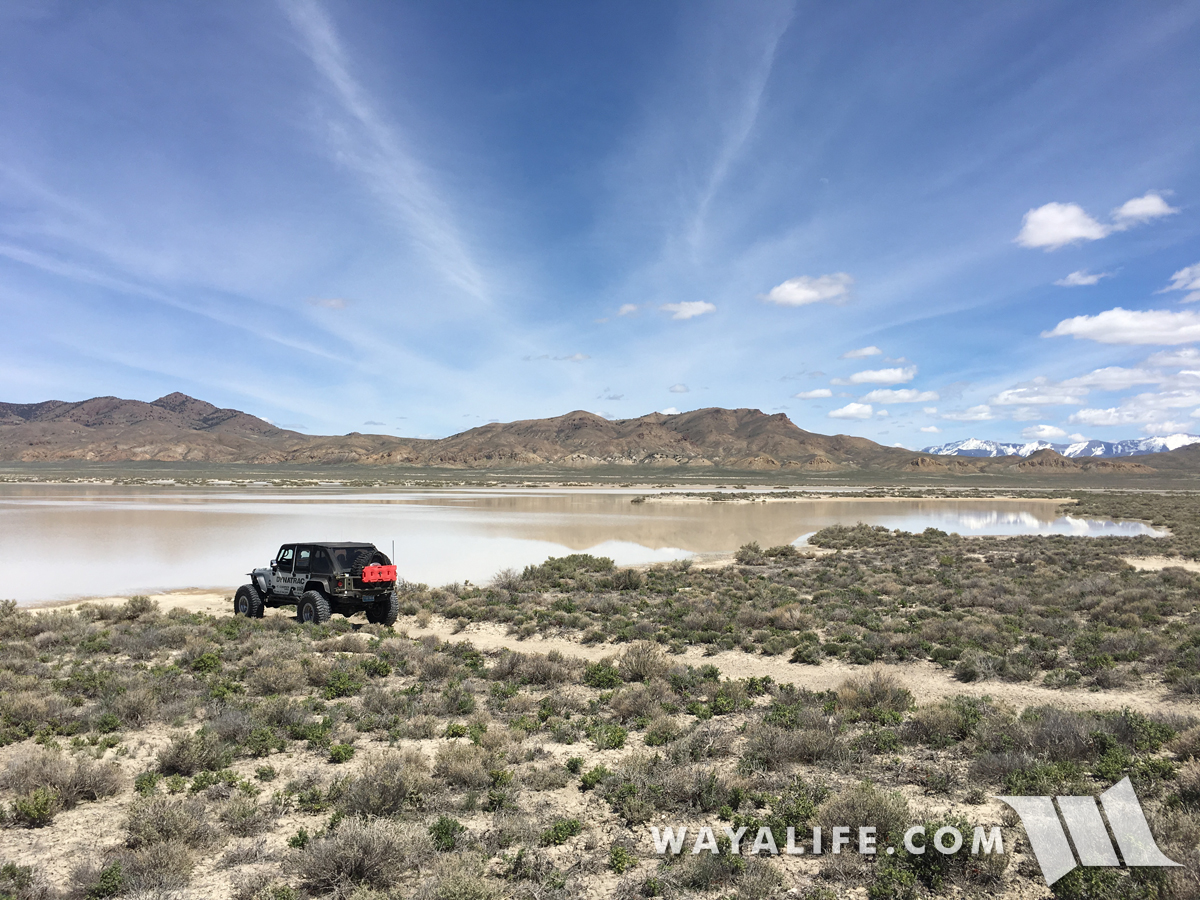
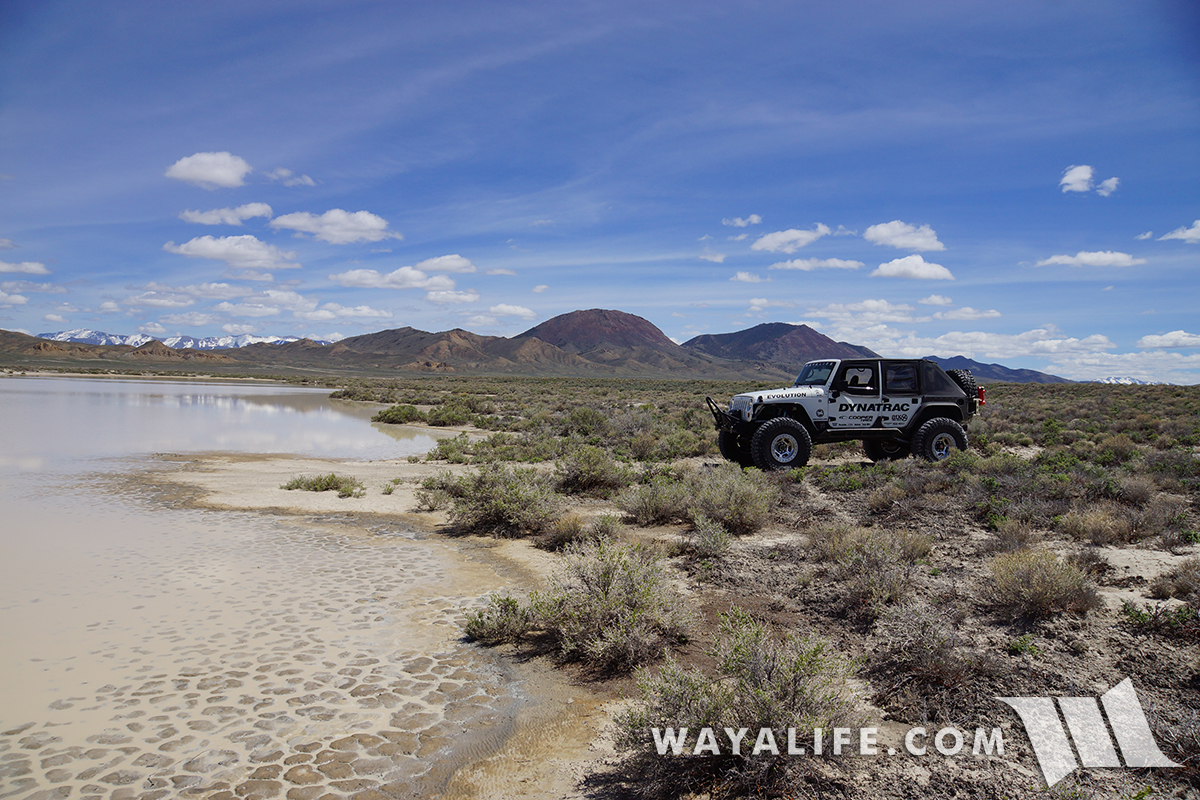
I think we'll just enjoy the view and look for another way around.
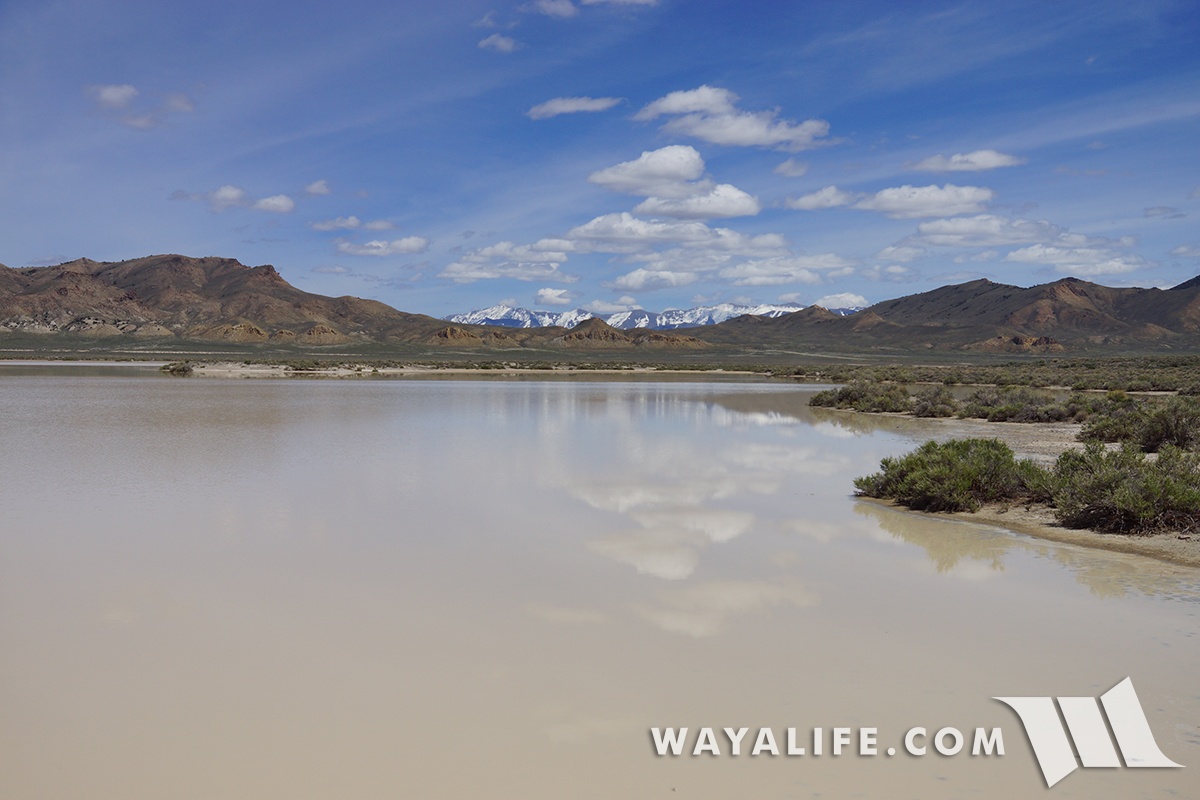
After working our way around the lake, we found ourselves on the historic Central Overland Route also known as, the Pony Express Trail.
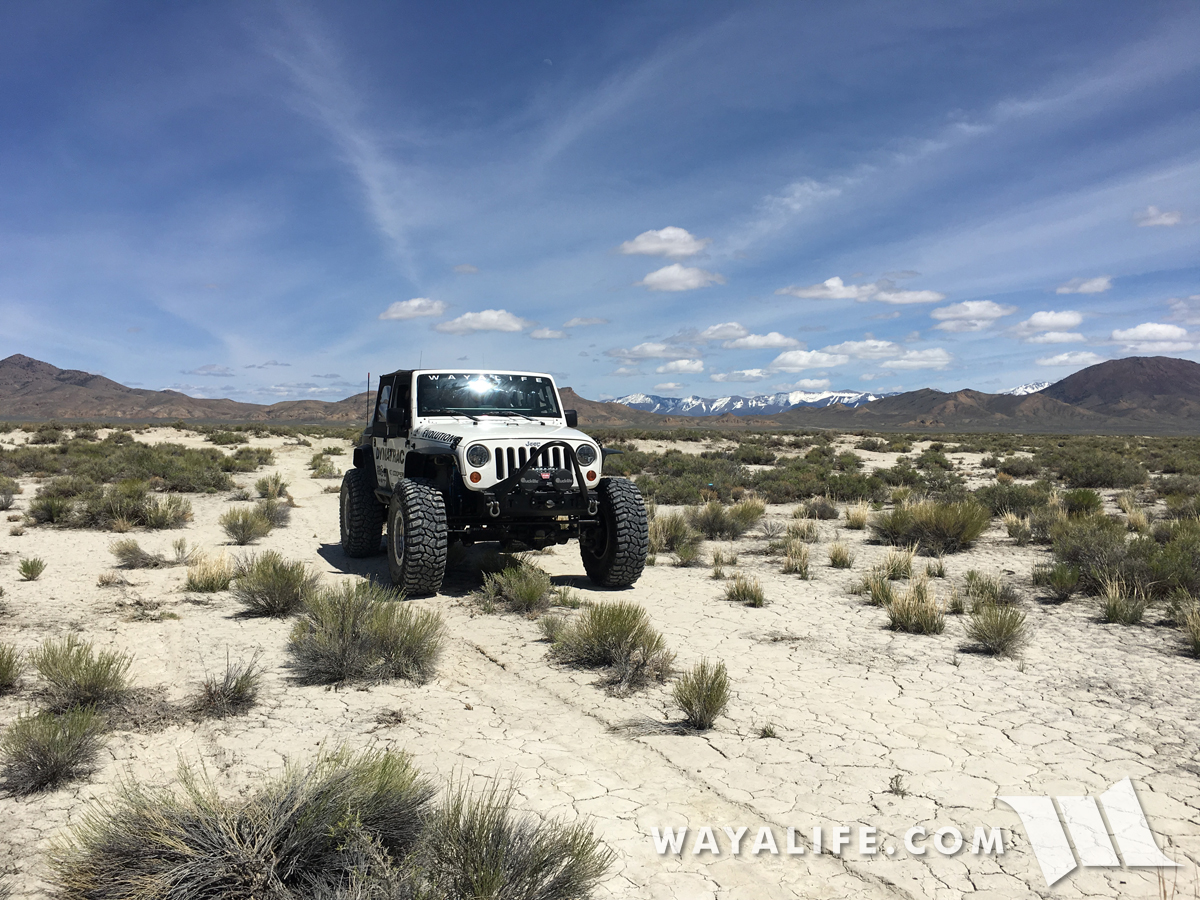
For just 19 short months during the years of 1860 to 1861, the fastest and most direct means of east to west communication was made possible by kids riding horses at breakneck speeds and on trails like this.
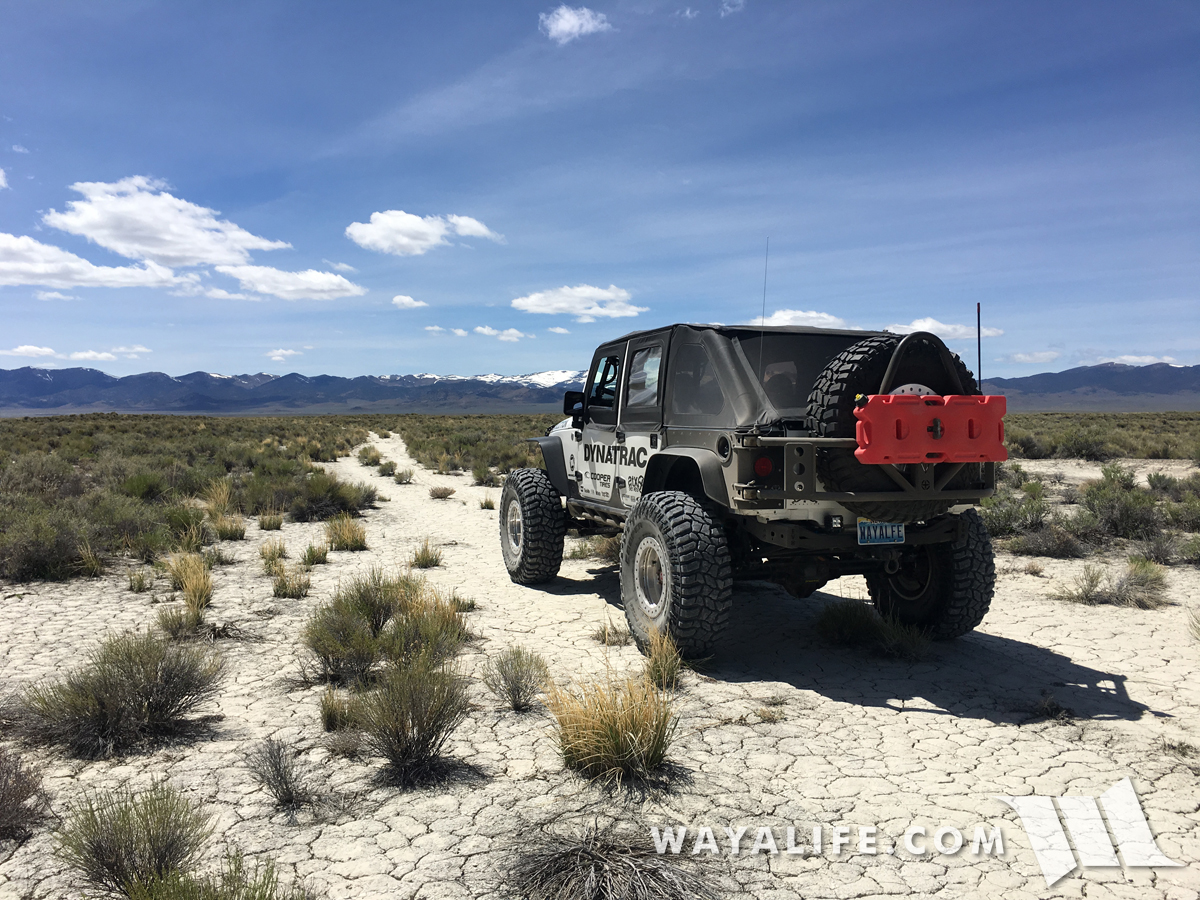
Making a stop over at the historic Smith Creek Station, one of about 157 that were situated about 10 miles apart and all along the 1,900 mile route.
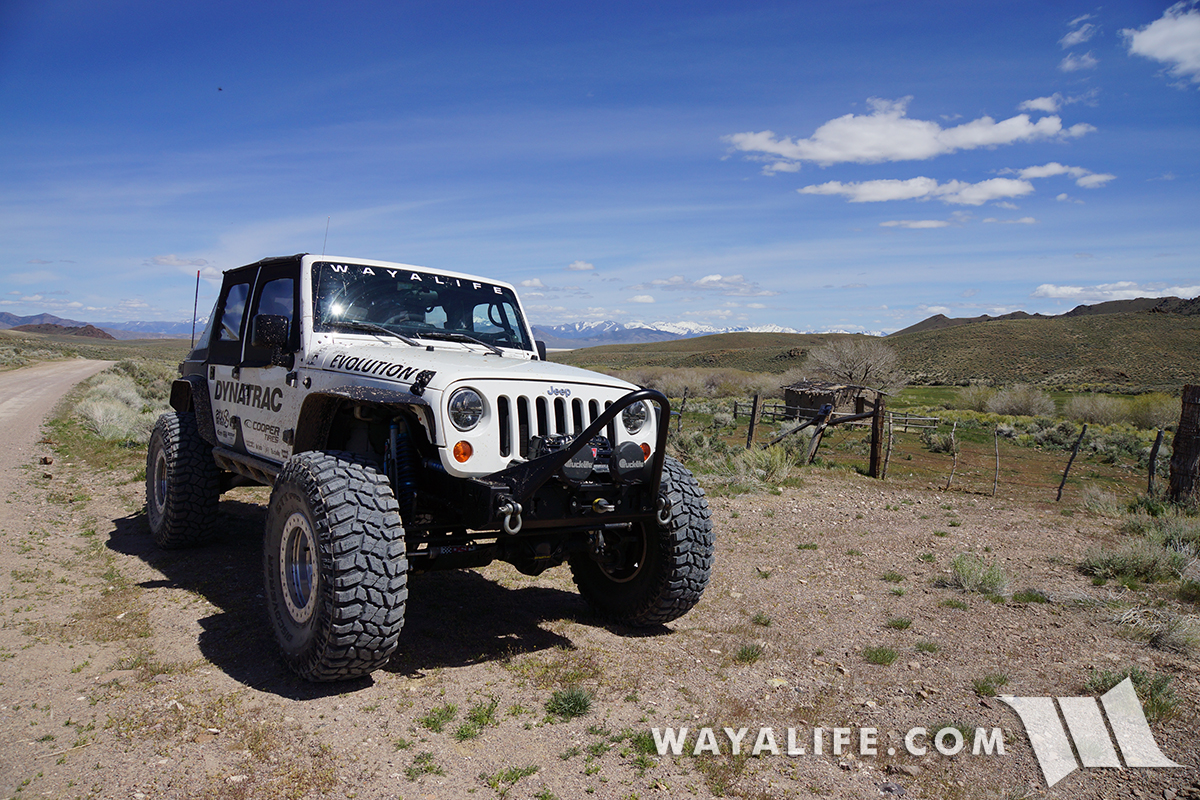
Here's T-marker noting the location.
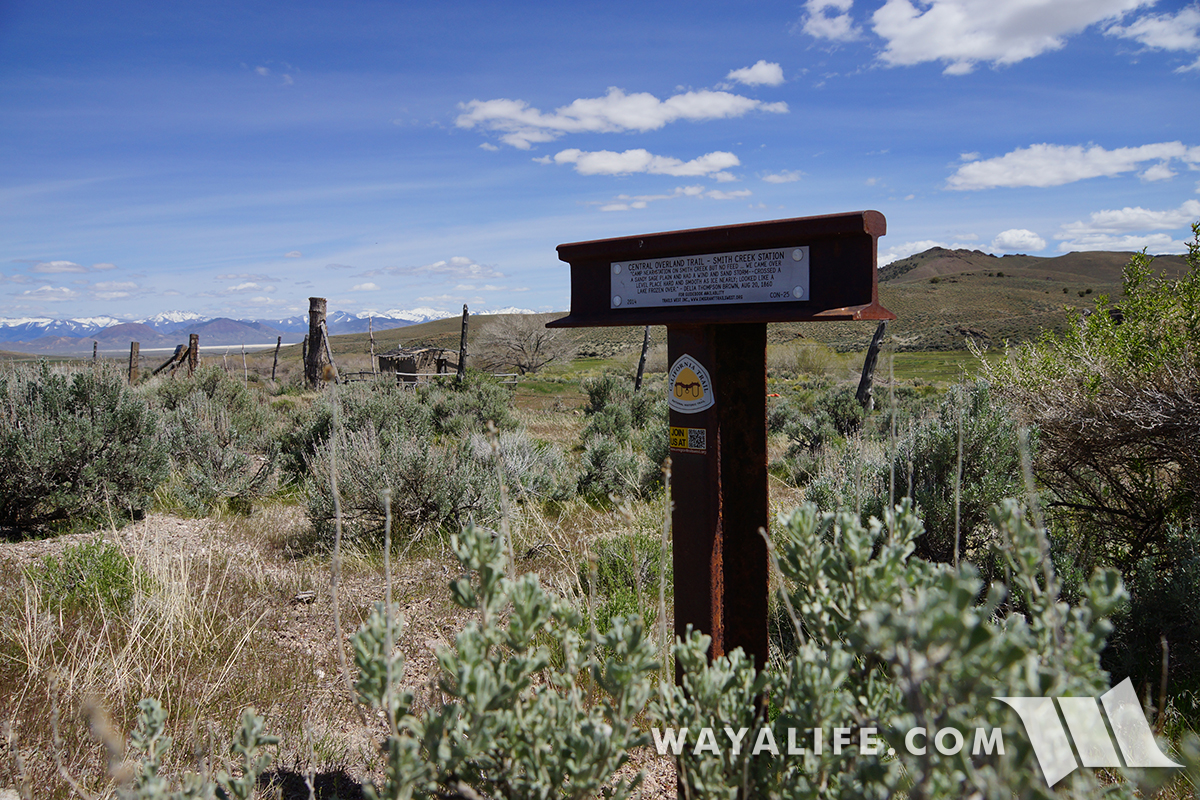
From the diary of Delia Thompson Brown and written on August 20, 1860. A reminder that more than just the Pony Express used this route.
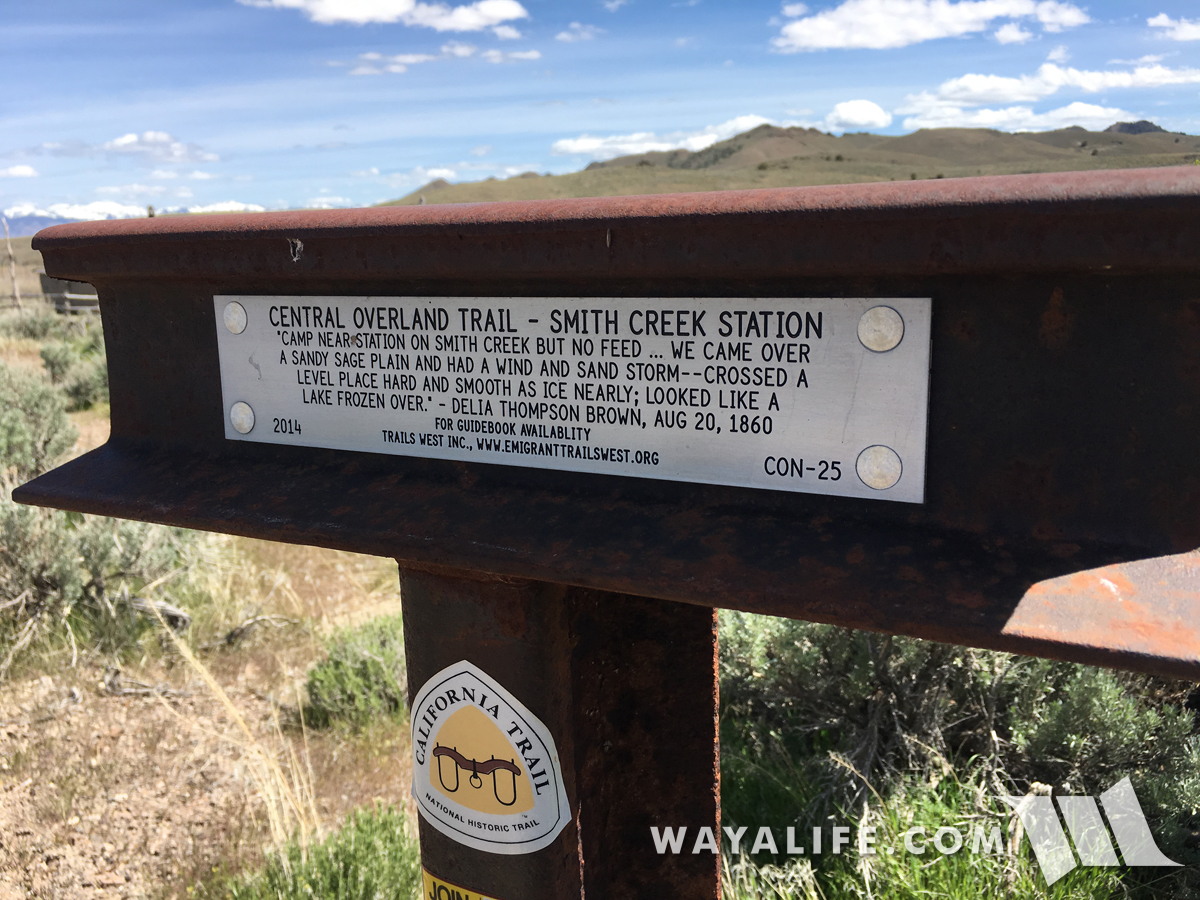
Being out in the middle of nowhere and on a working ranch, the old Smith Creek Station was in remarkable condition especially for being made out of adobe bricks.
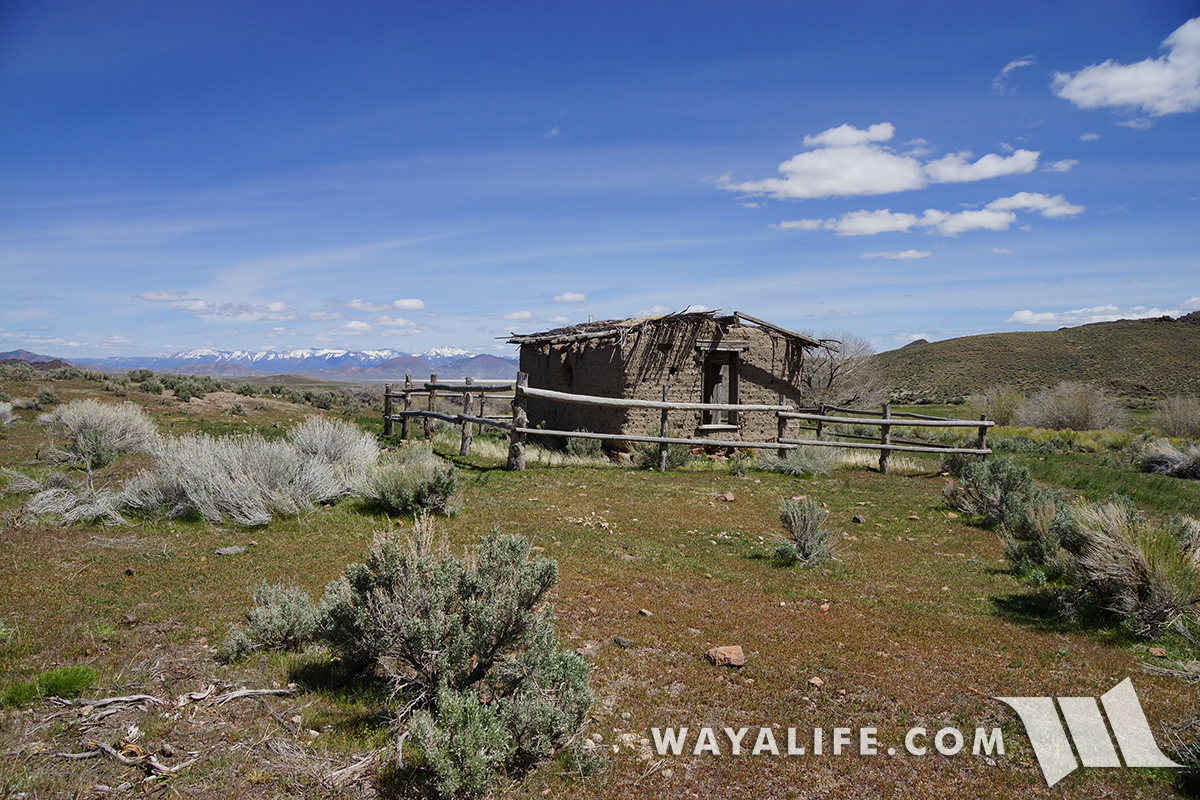
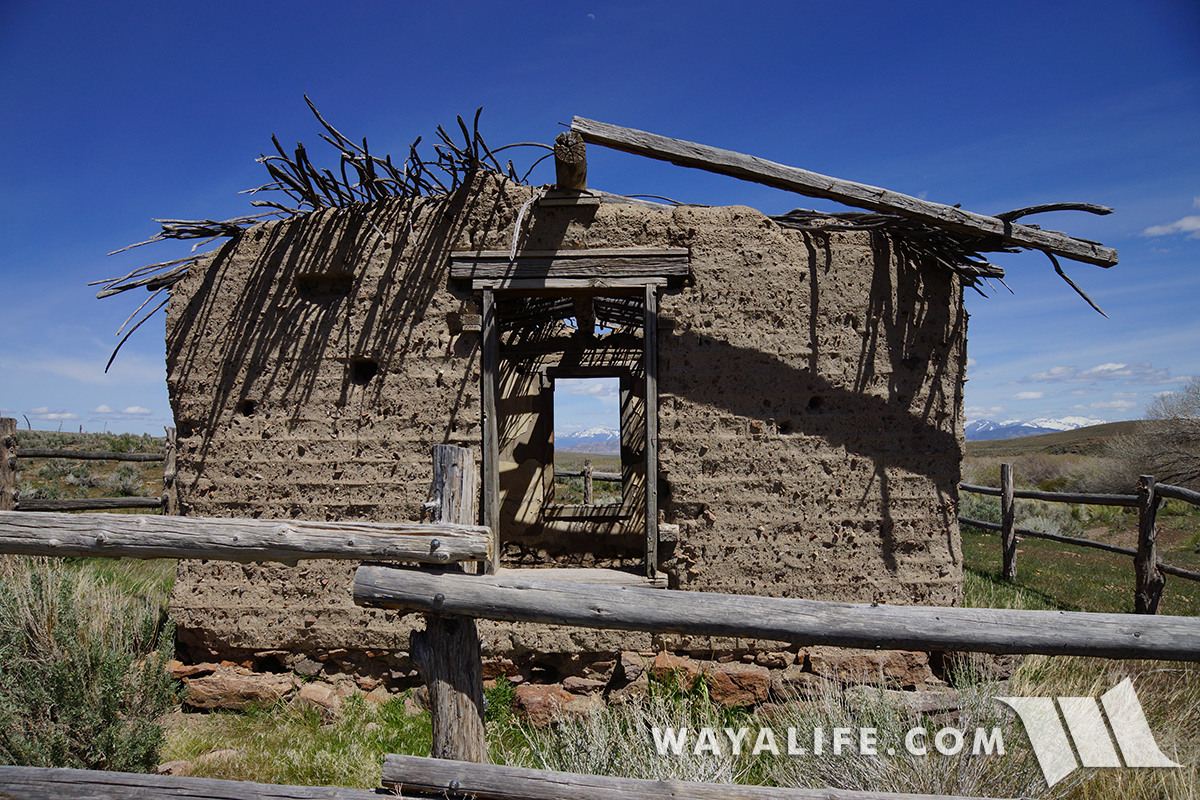
You can see much of the original plaster was still on the walls and amazingly, graffiti free.
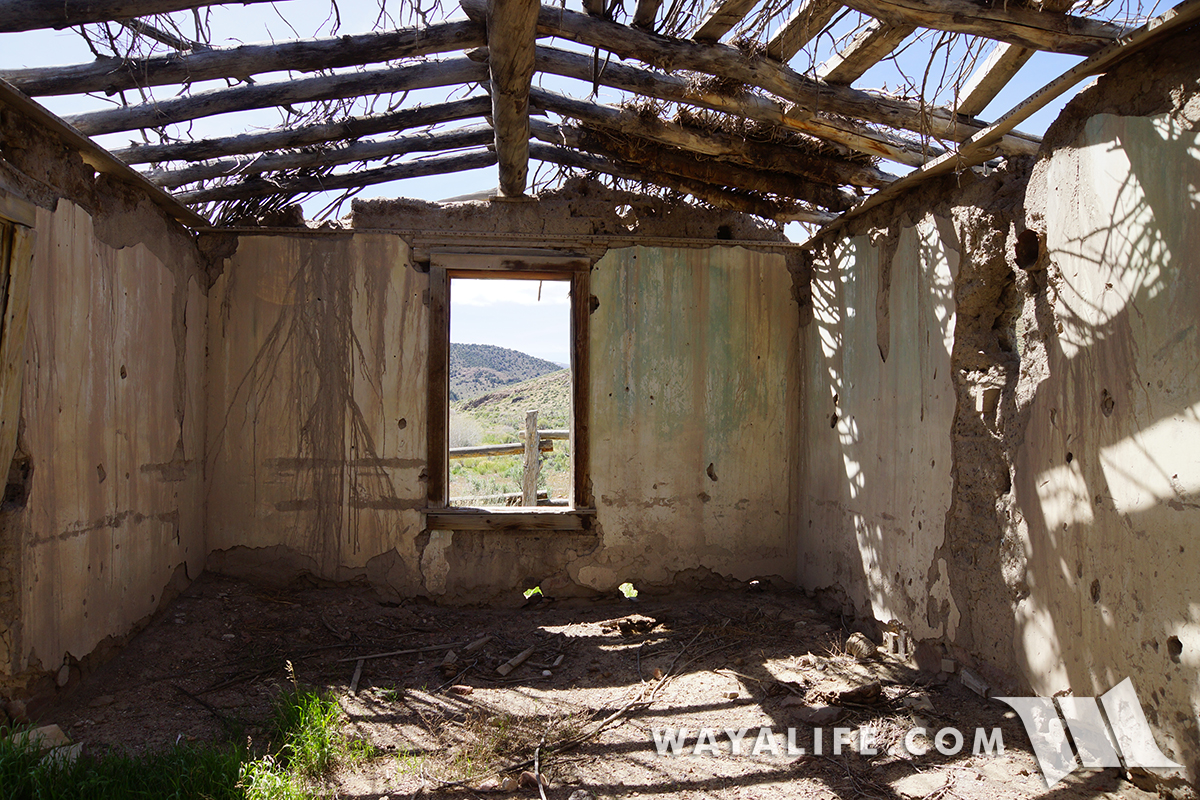
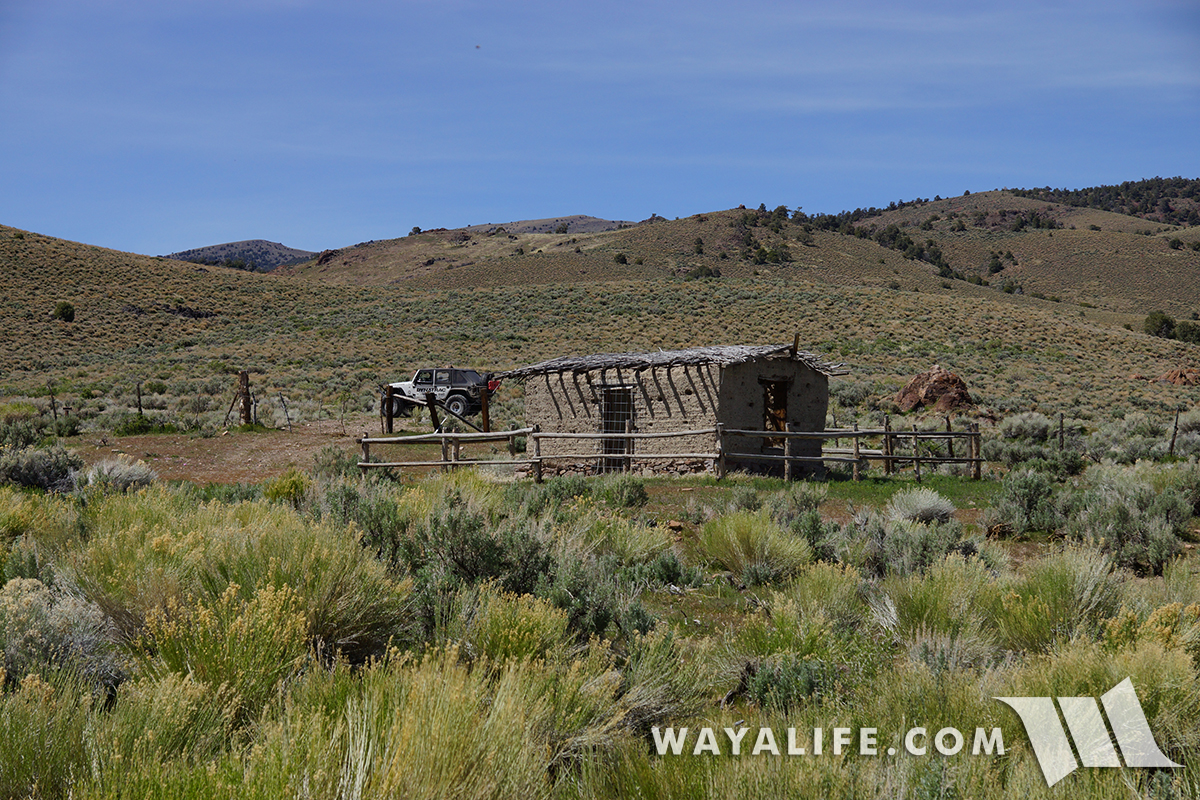
Unfortunately, cutting through a working ranch, the route is blocked up the canyon but we took it to the end just to see what was up there. Near the end, there is a nice reservoir that we stopped at to take in the view.
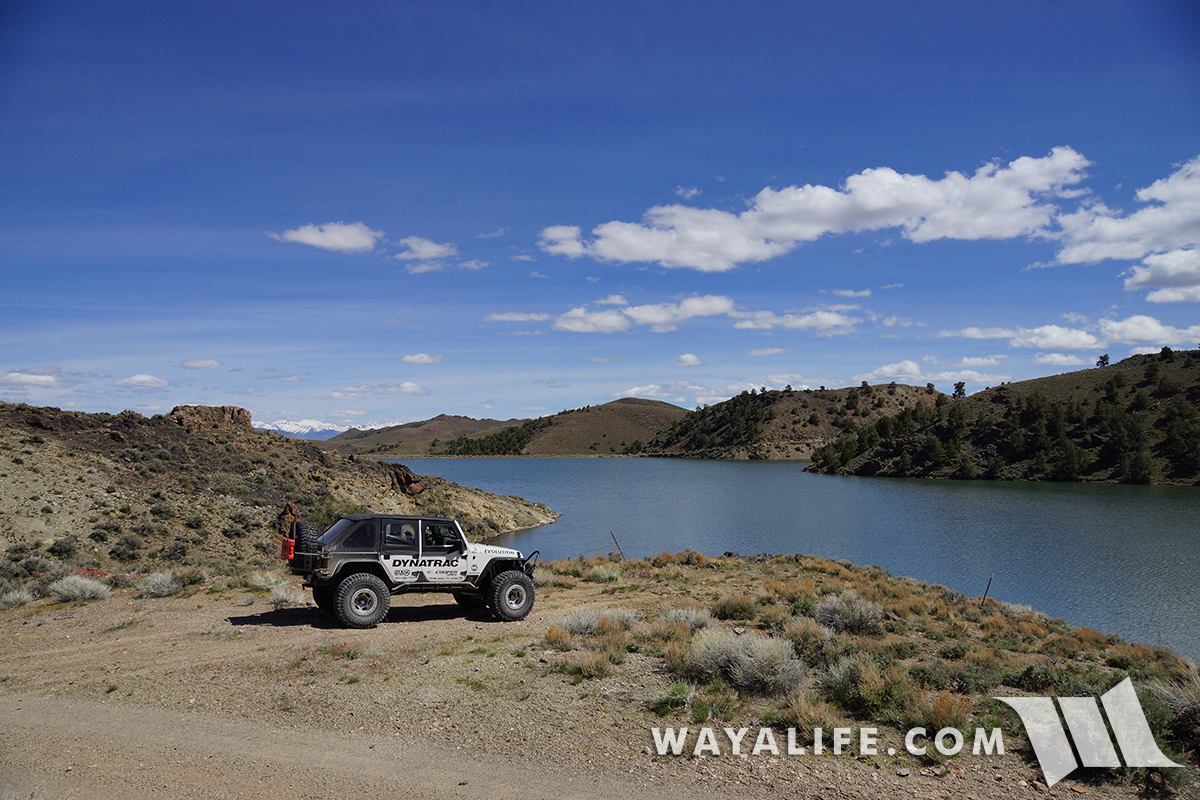
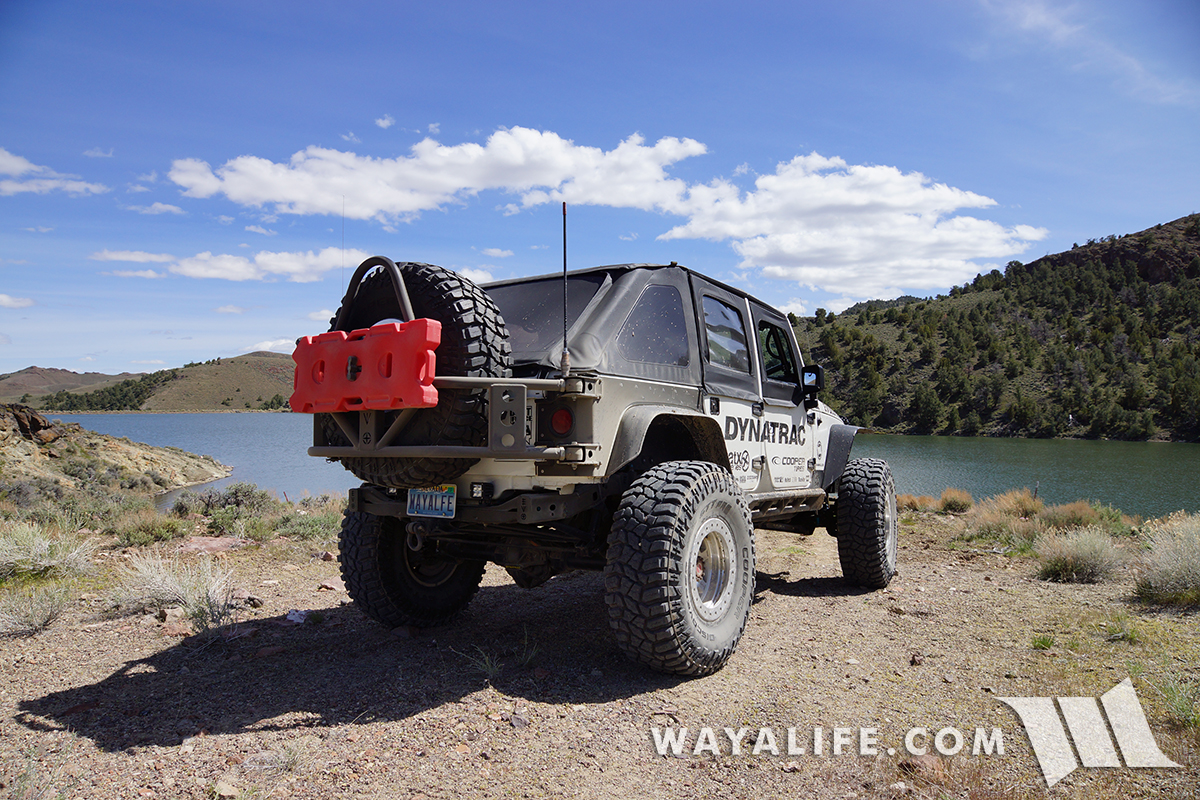
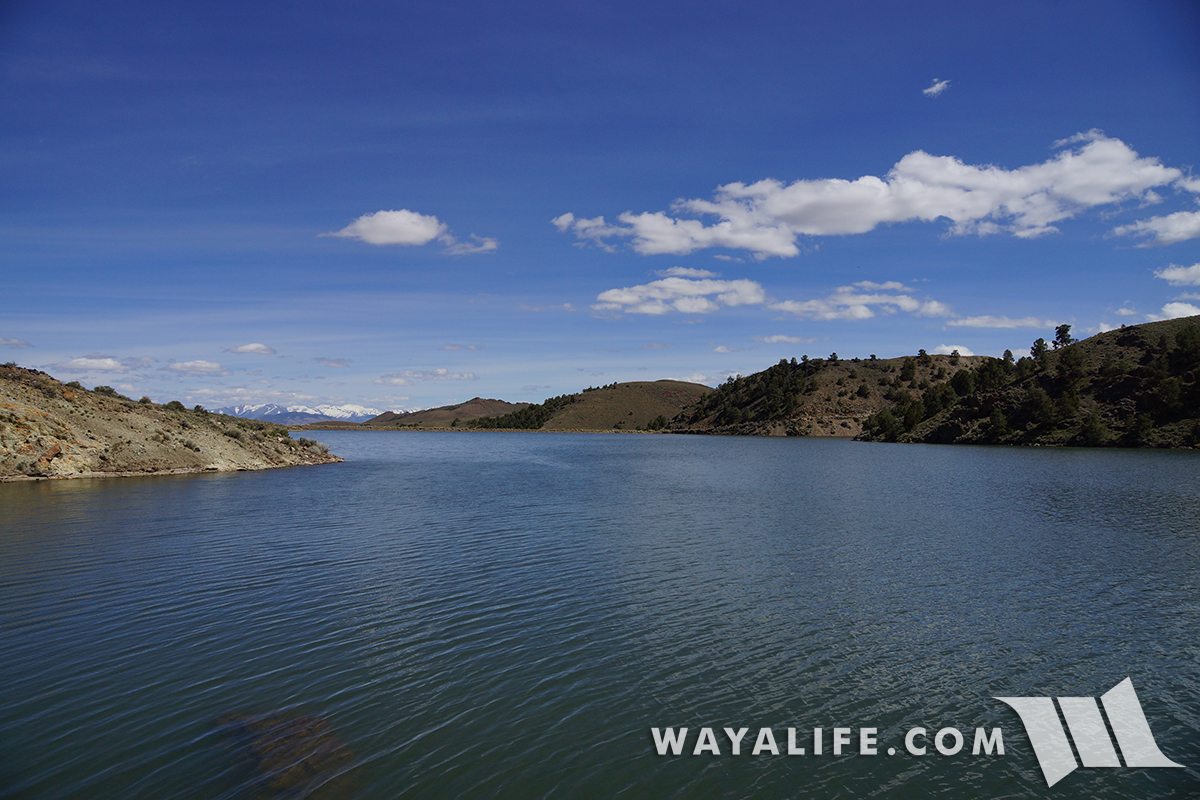
Starting off our day up in the Toiyabe Range checking out a campground and potential future party spot.


Plenty of room for a nice group.

A nice flowing creek nearby is always a bonus.

Before making our way west, we stopped in Austin to top off our tank and to check out the historic Stokes Castle which was built back in 1897 and used briefly as a summer home by J.G and Anson Stokes.


View from the castle looking to the south.

On the move again, we made our way down what we like to call, a "Nevada Superhighway" which is really just a long dirt road that goes on for miles and miles but is often times way smoother and faster to drive on than a lot of paved highways we've driven on all across America. However, on this particular morning, we did run into a bit of traffic.

Well, this would have been our route. Thanks to the crazy winter we had this year, many of the dry lakes out here actually had water in them. While the water was very shallow, attempting to cross it would have left us in a sticky situation.



I think we'll just enjoy the view and look for another way around.

After working our way around the lake, we found ourselves on the historic Central Overland Route also known as, the Pony Express Trail.

For just 19 short months during the years of 1860 to 1861, the fastest and most direct means of east to west communication was made possible by kids riding horses at breakneck speeds and on trails like this.

Making a stop over at the historic Smith Creek Station, one of about 157 that were situated about 10 miles apart and all along the 1,900 mile route.

Here's T-marker noting the location.

From the diary of Delia Thompson Brown and written on August 20, 1860. A reminder that more than just the Pony Express used this route.

Being out in the middle of nowhere and on a working ranch, the old Smith Creek Station was in remarkable condition especially for being made out of adobe bricks.


You can see much of the original plaster was still on the walls and amazingly, graffiti free.


Unfortunately, cutting through a working ranch, the route is blocked up the canyon but we took it to the end just to see what was up there. Near the end, there is a nice reservoir that we stopped at to take in the view.




